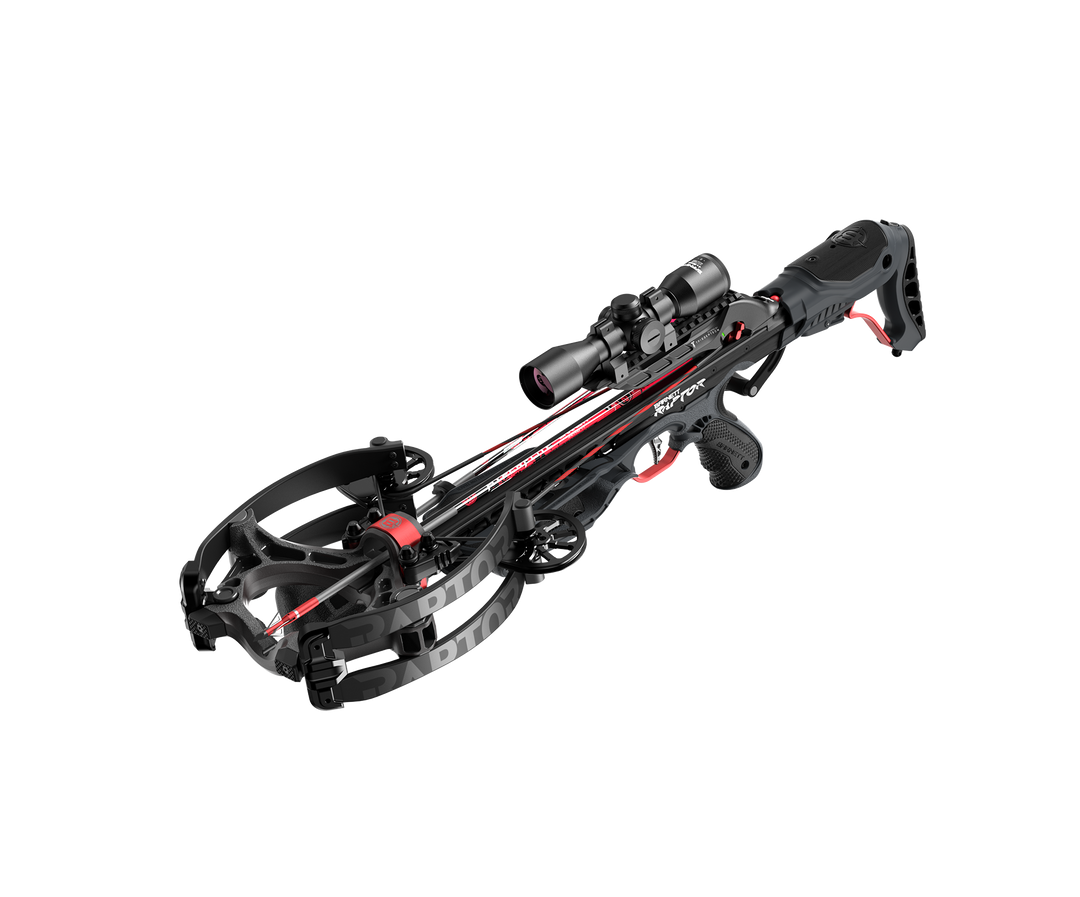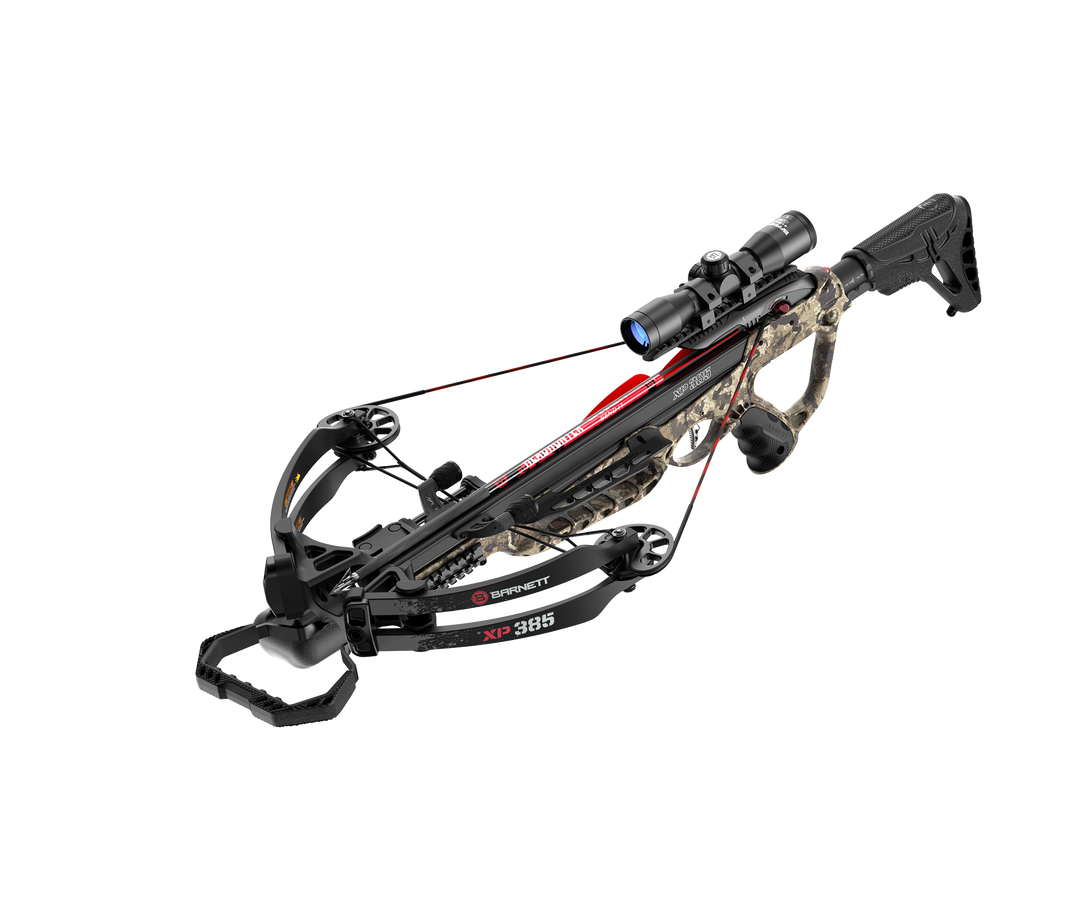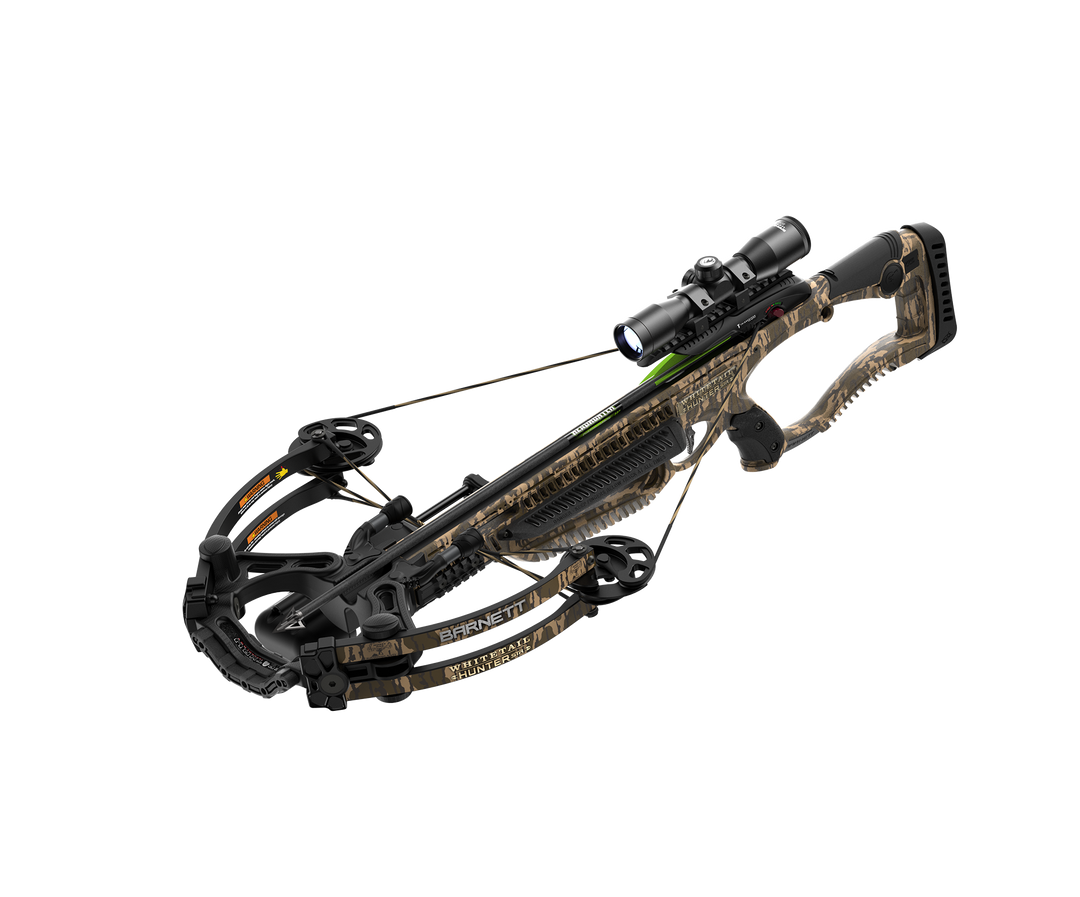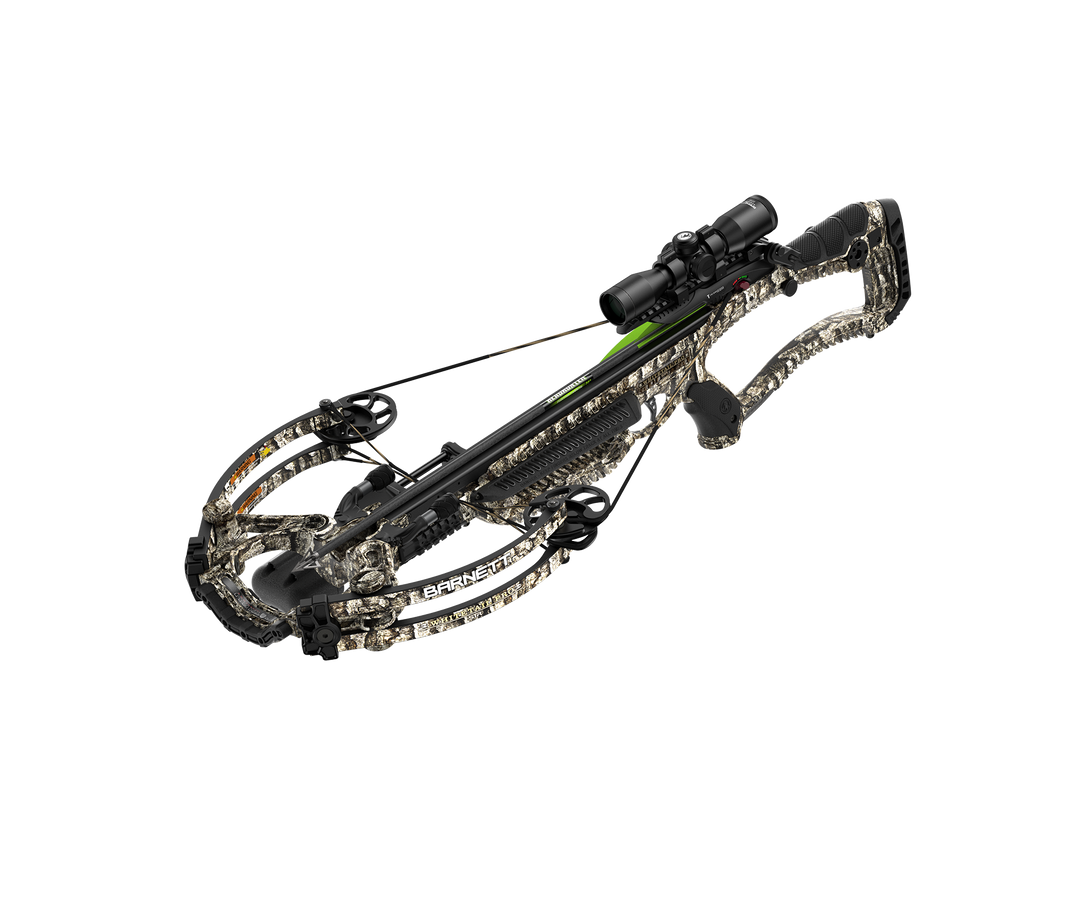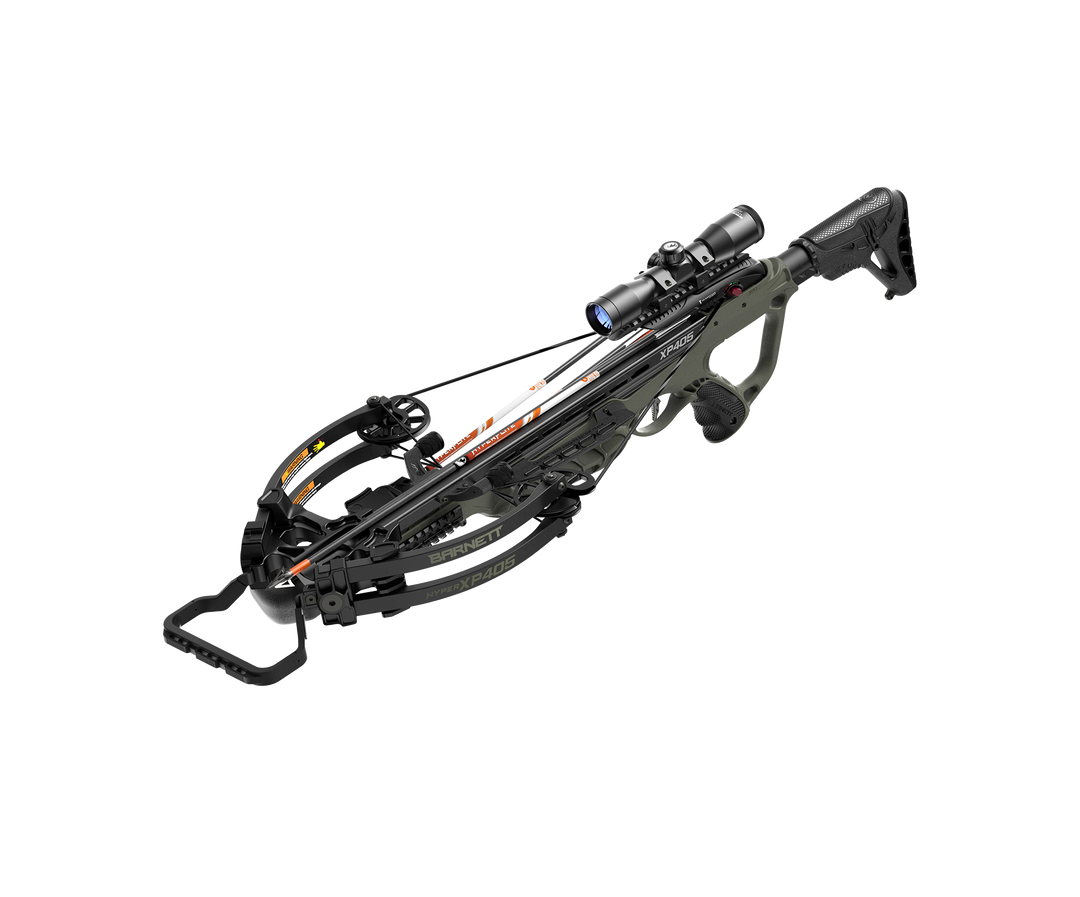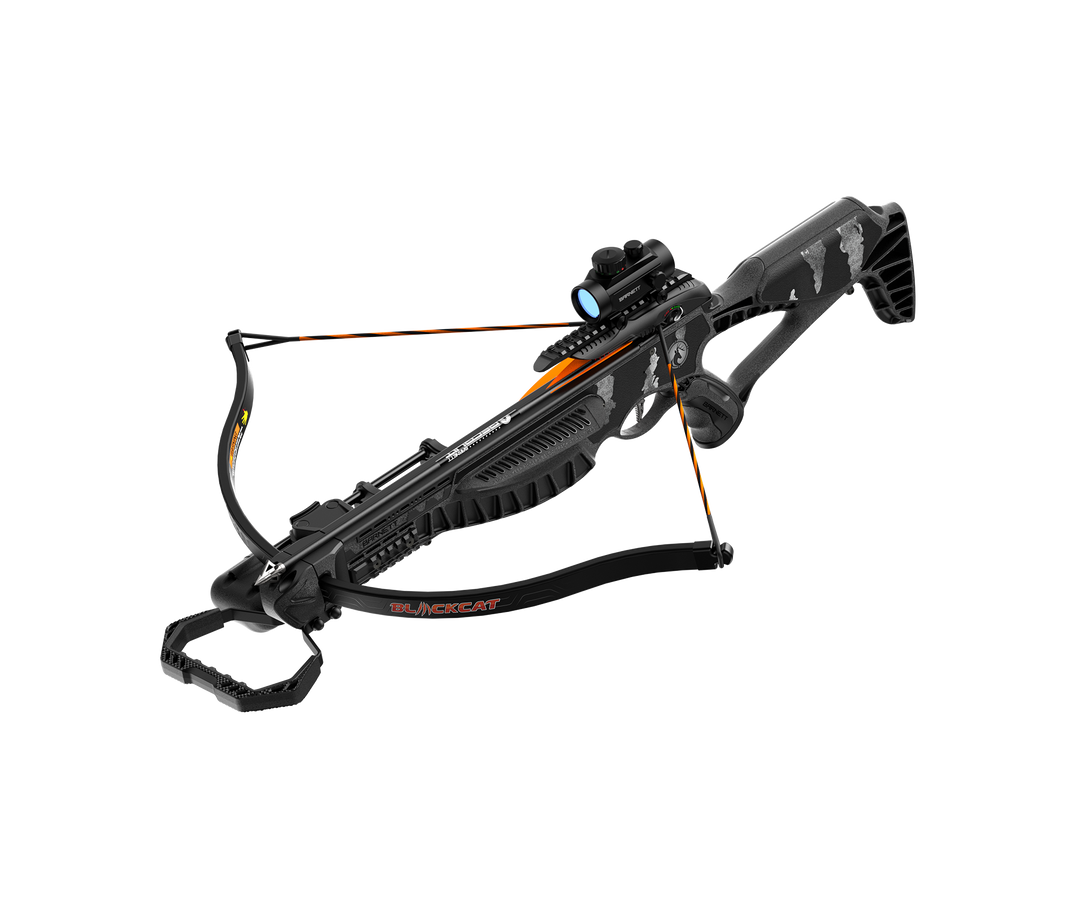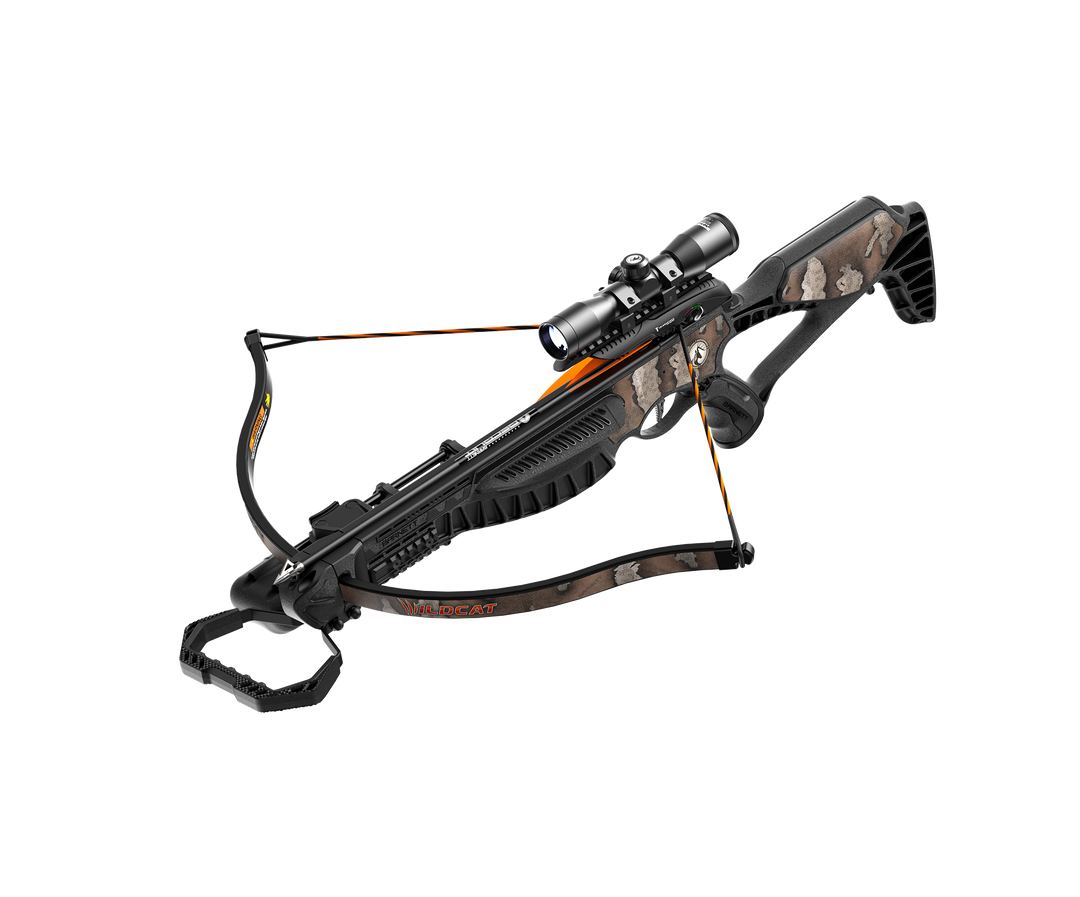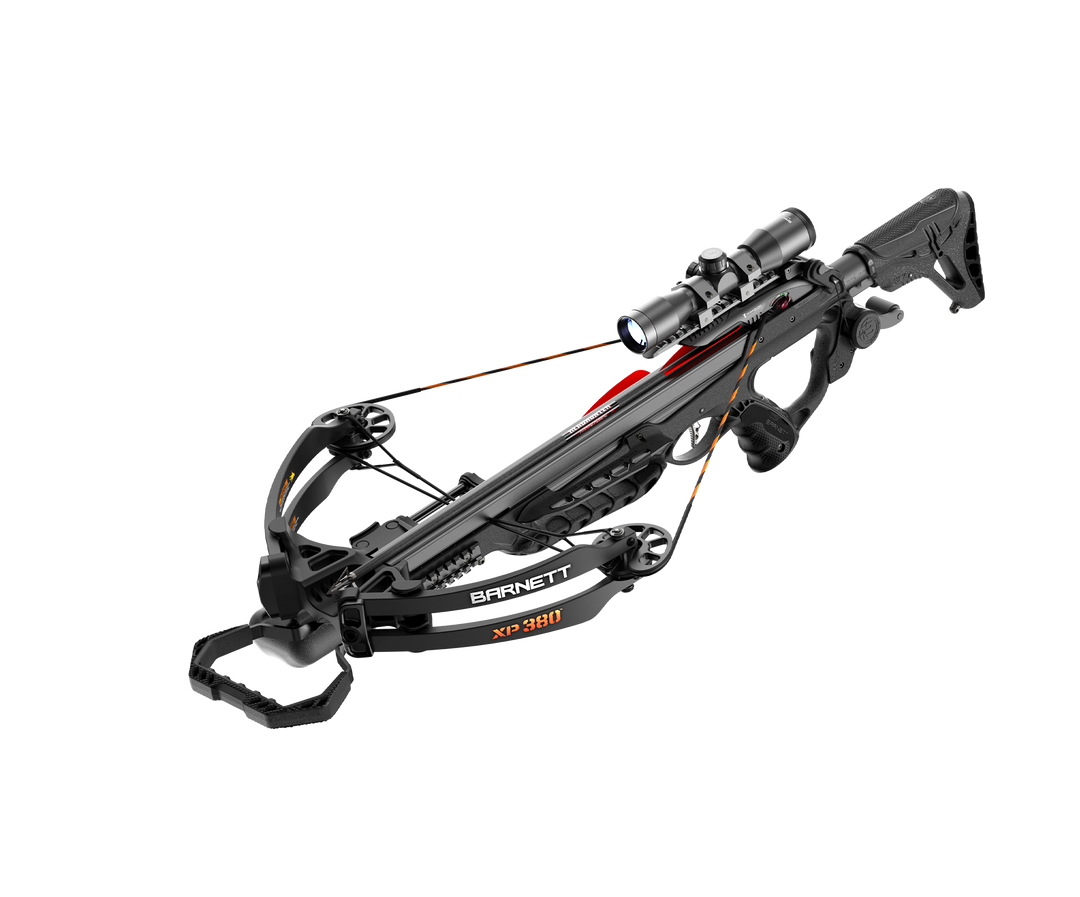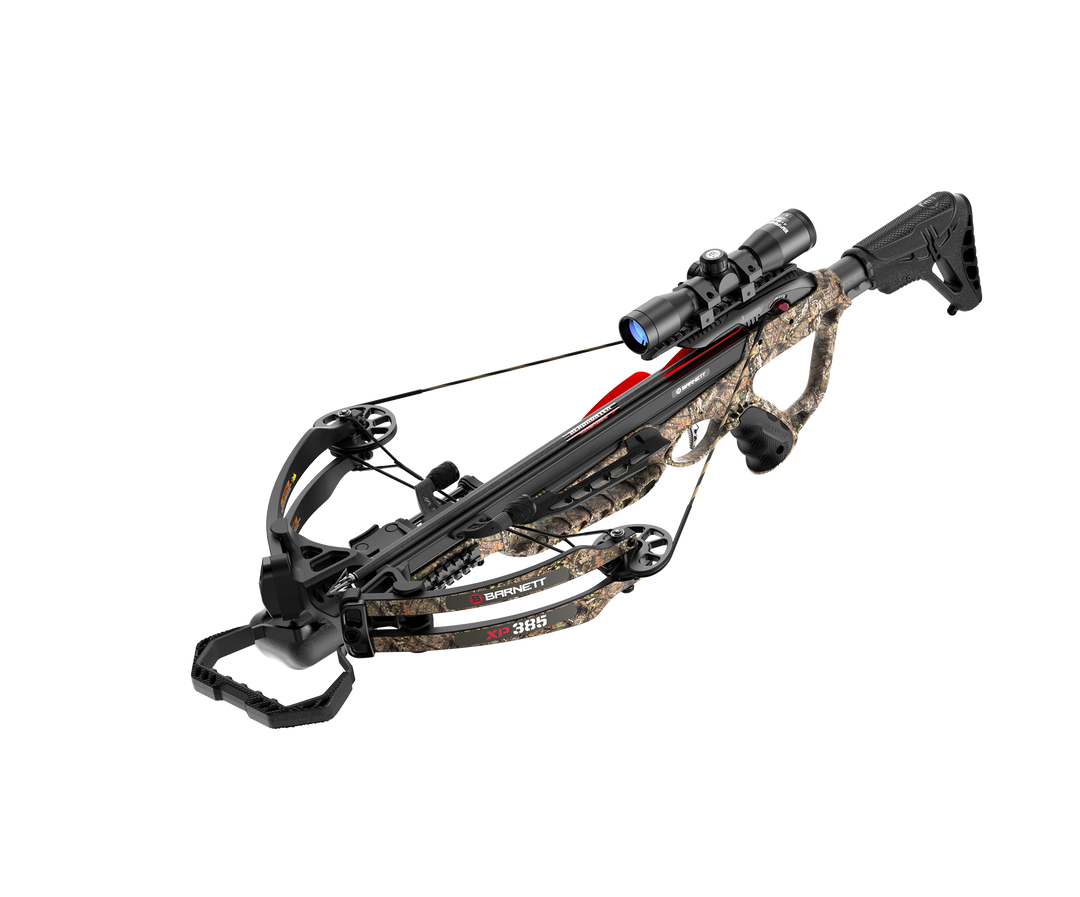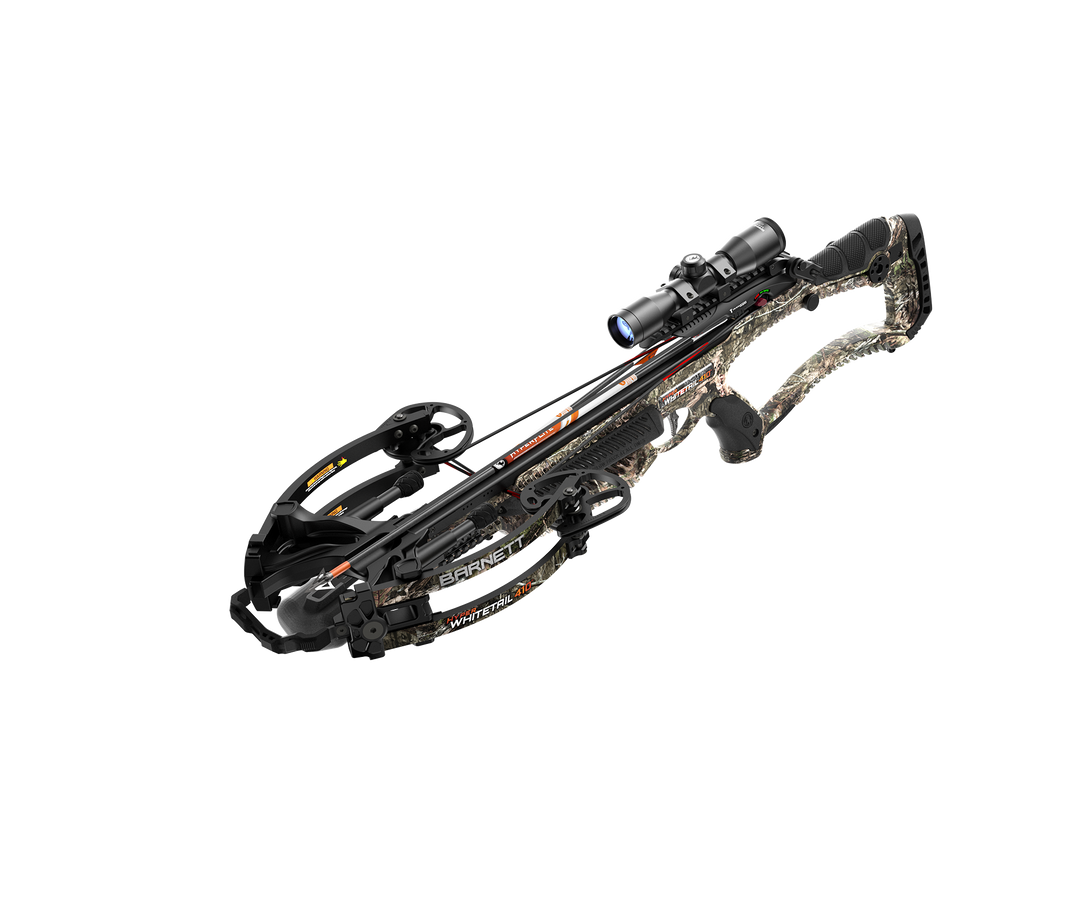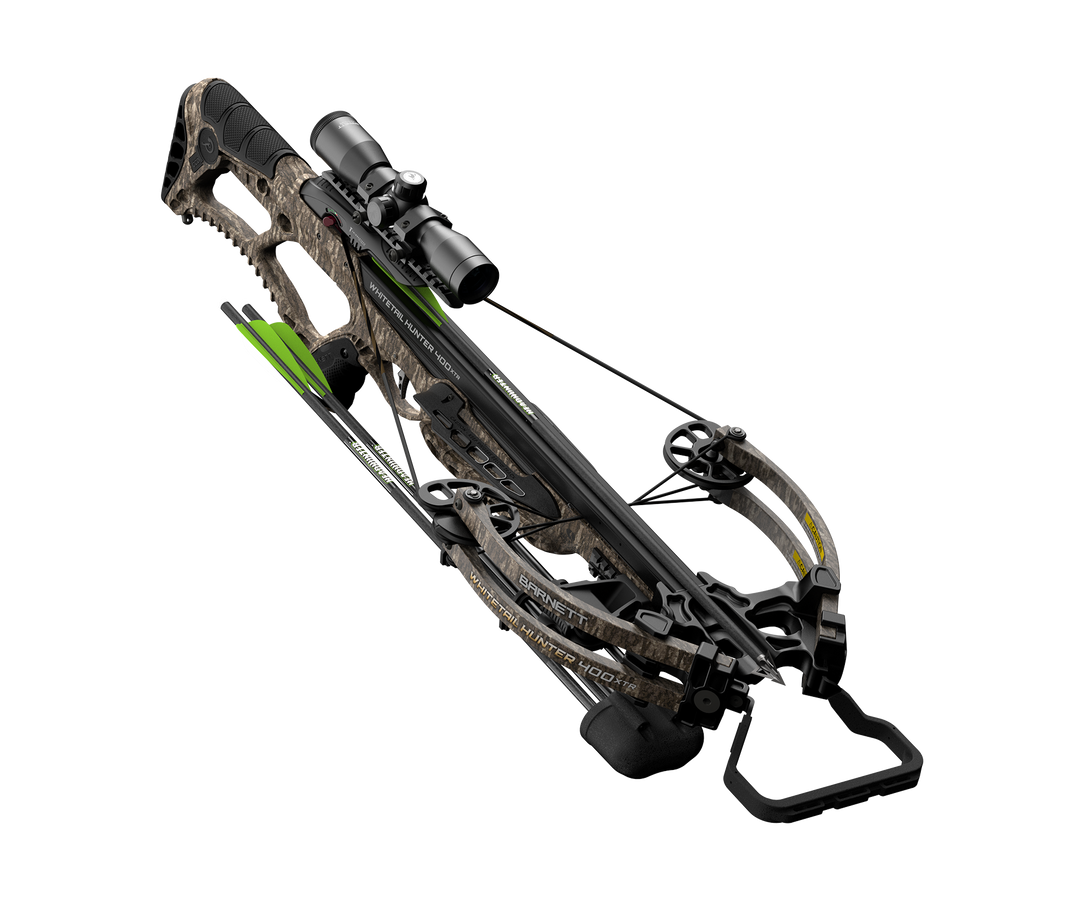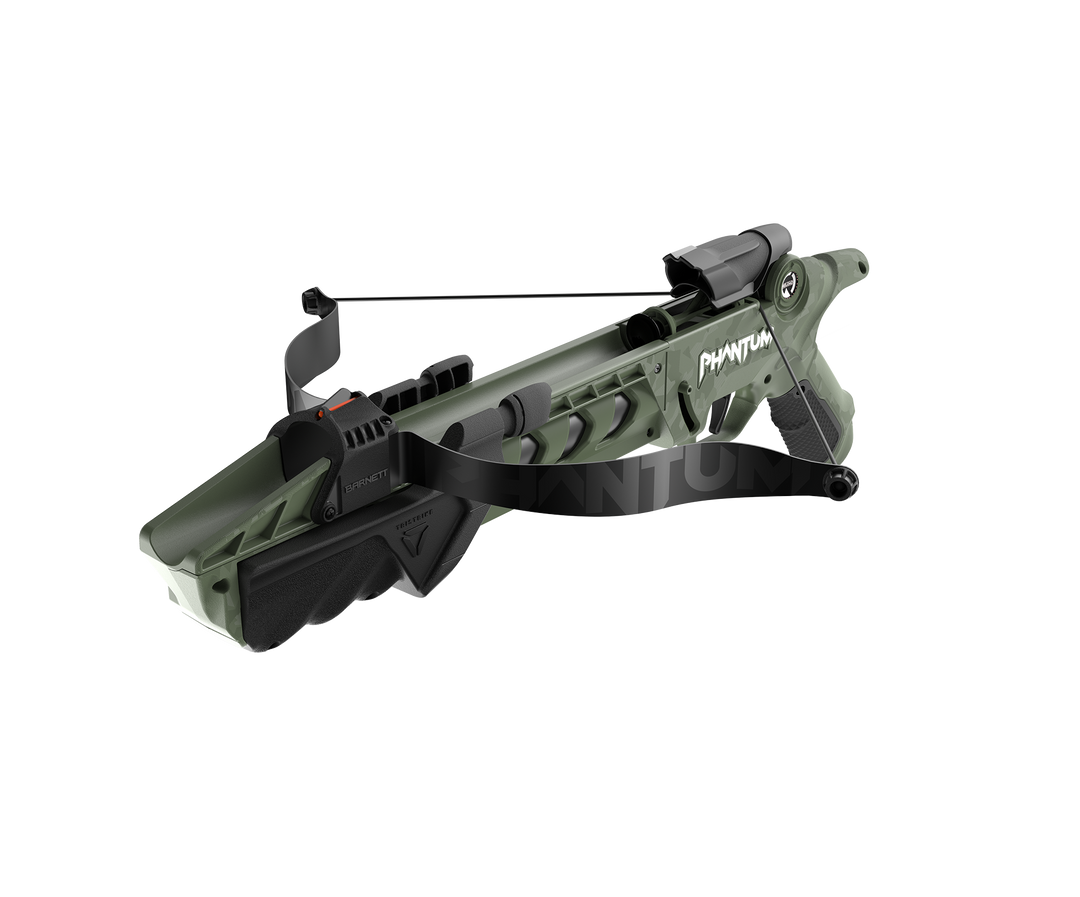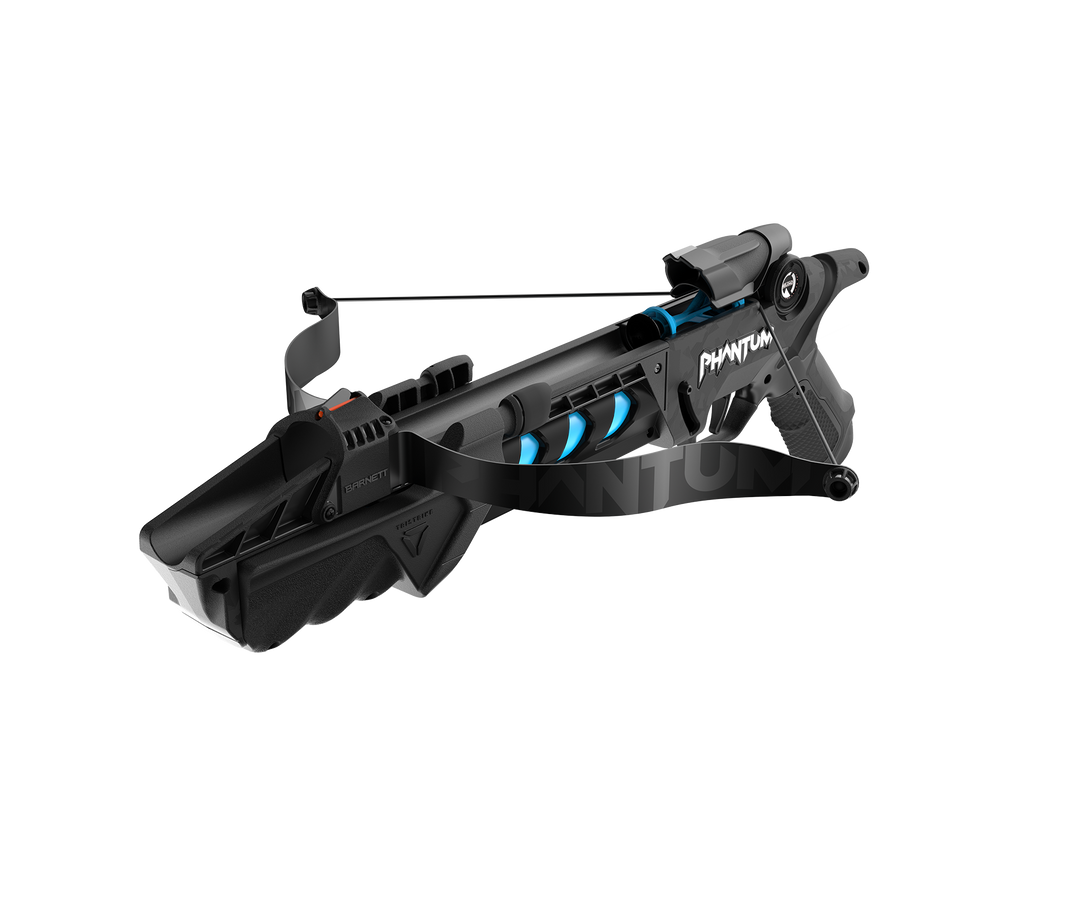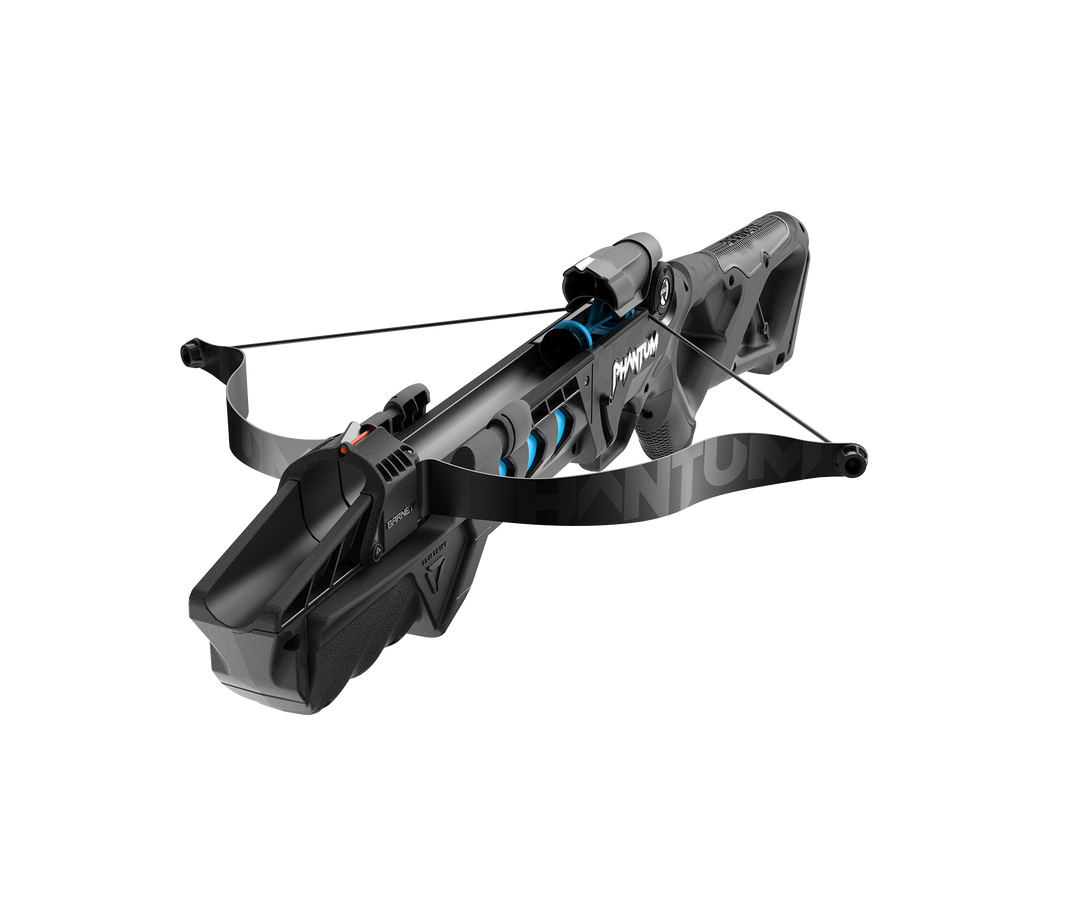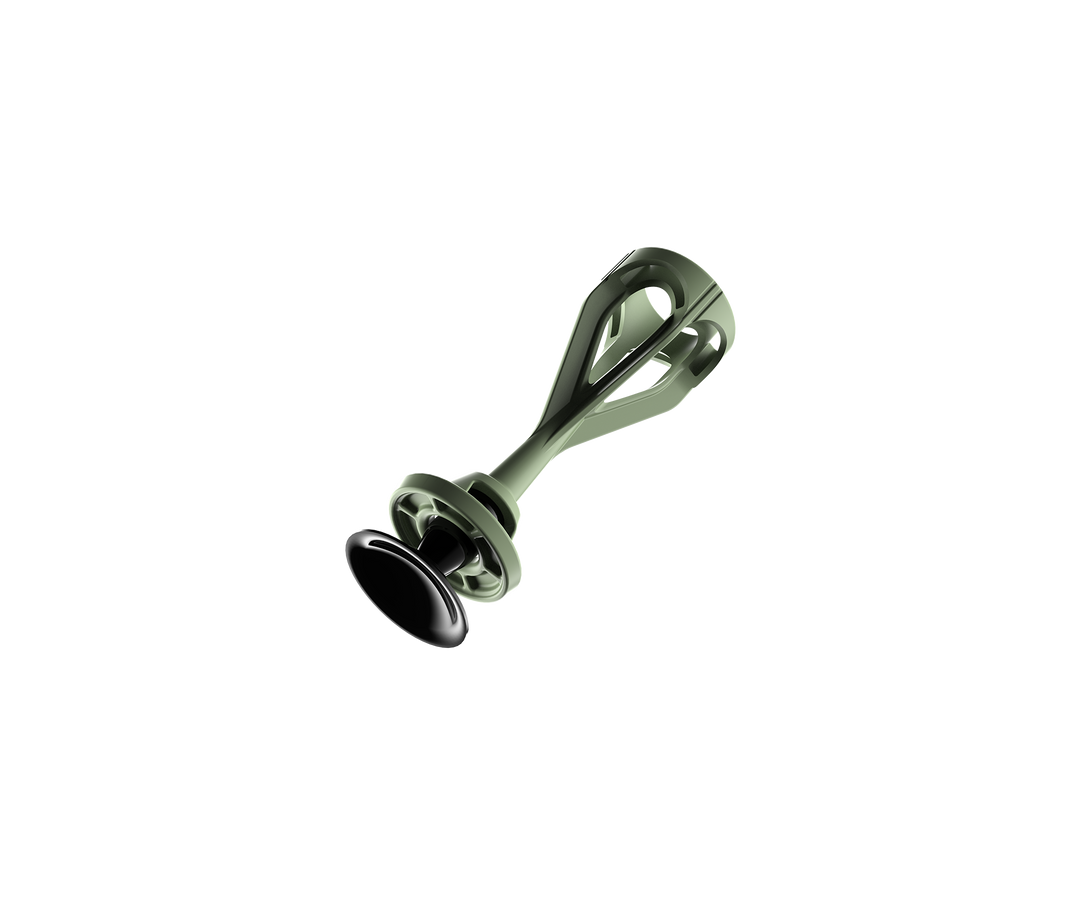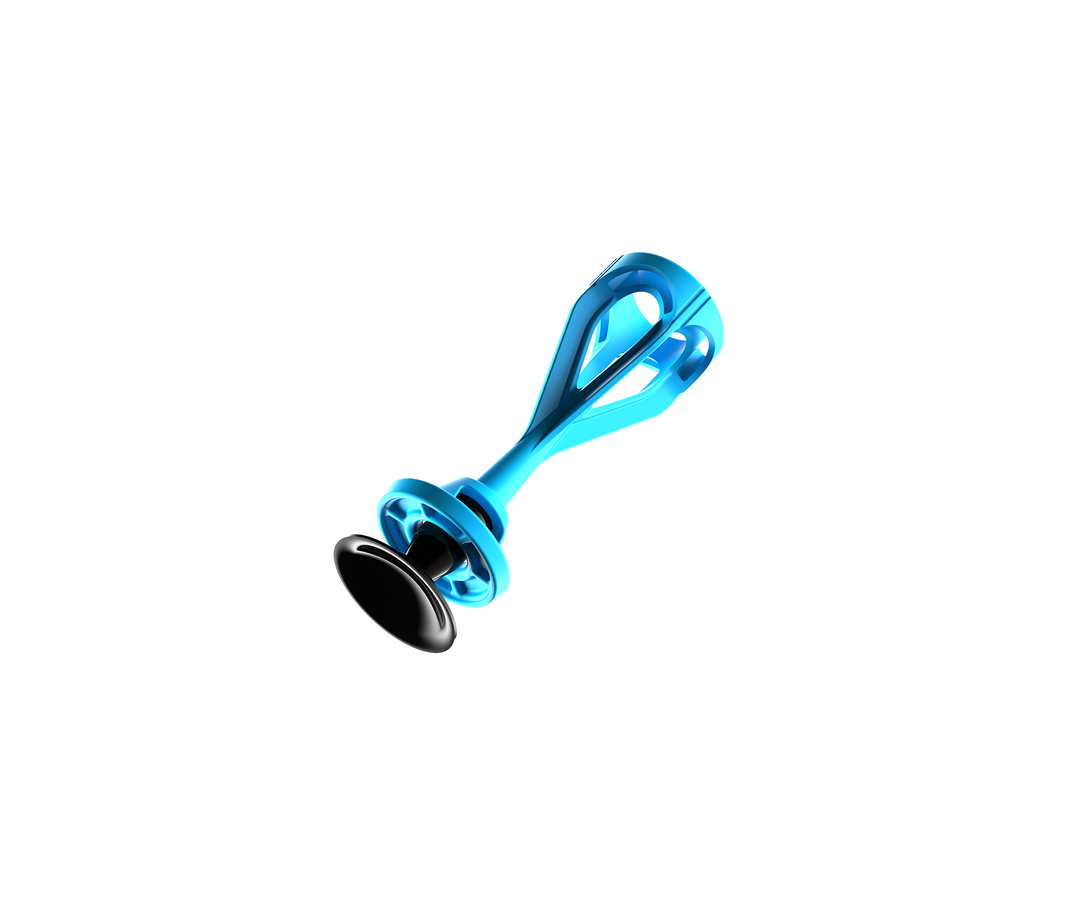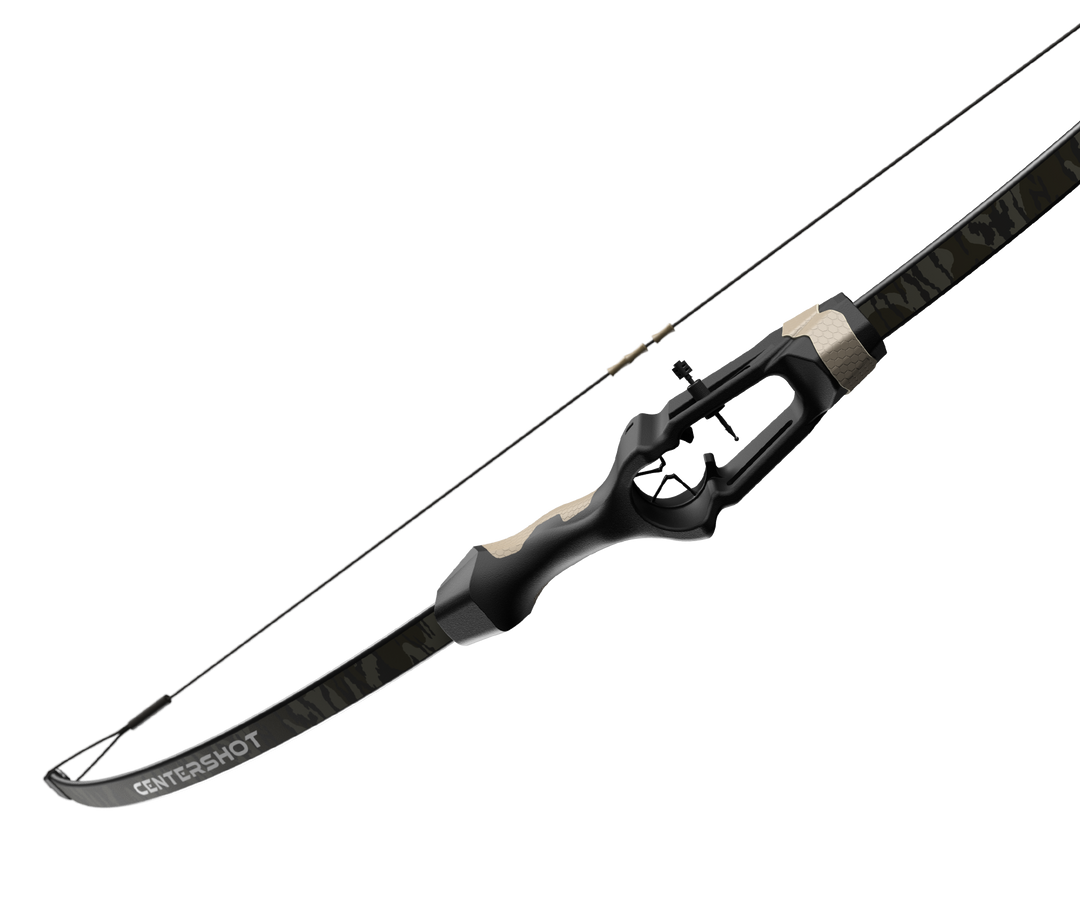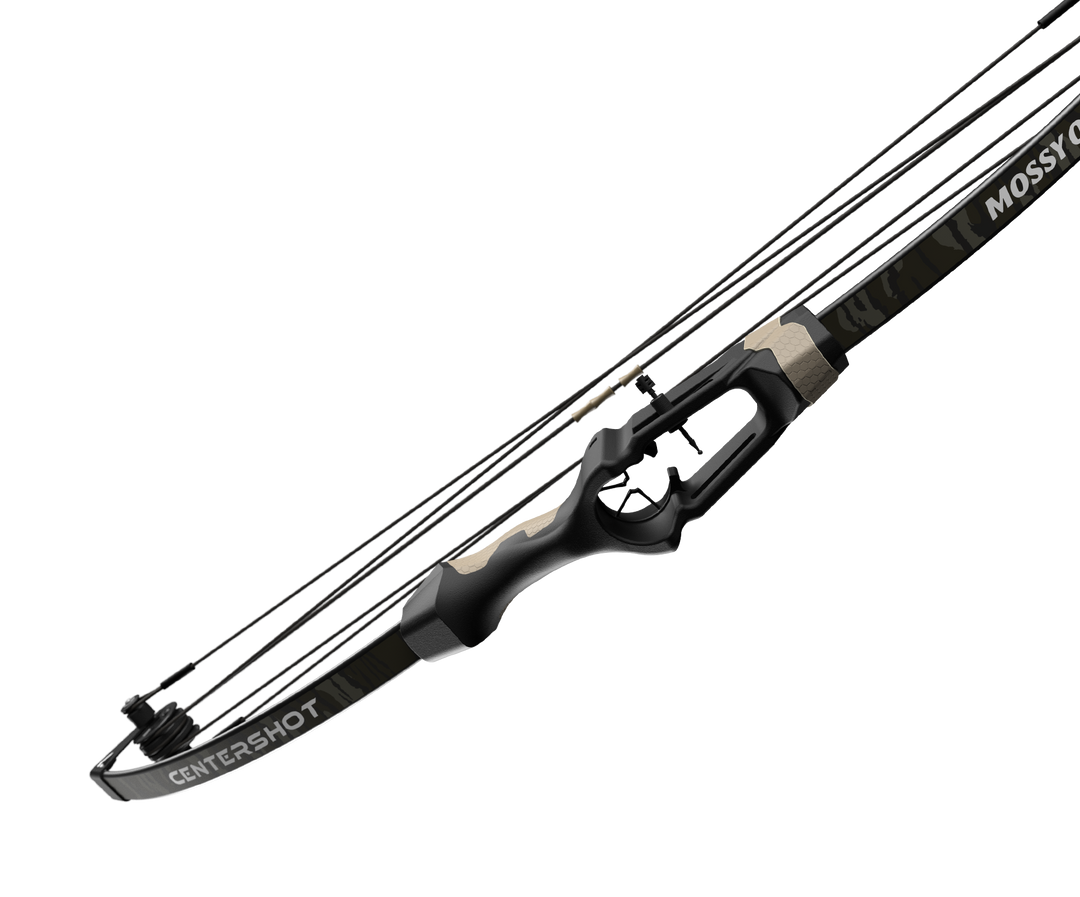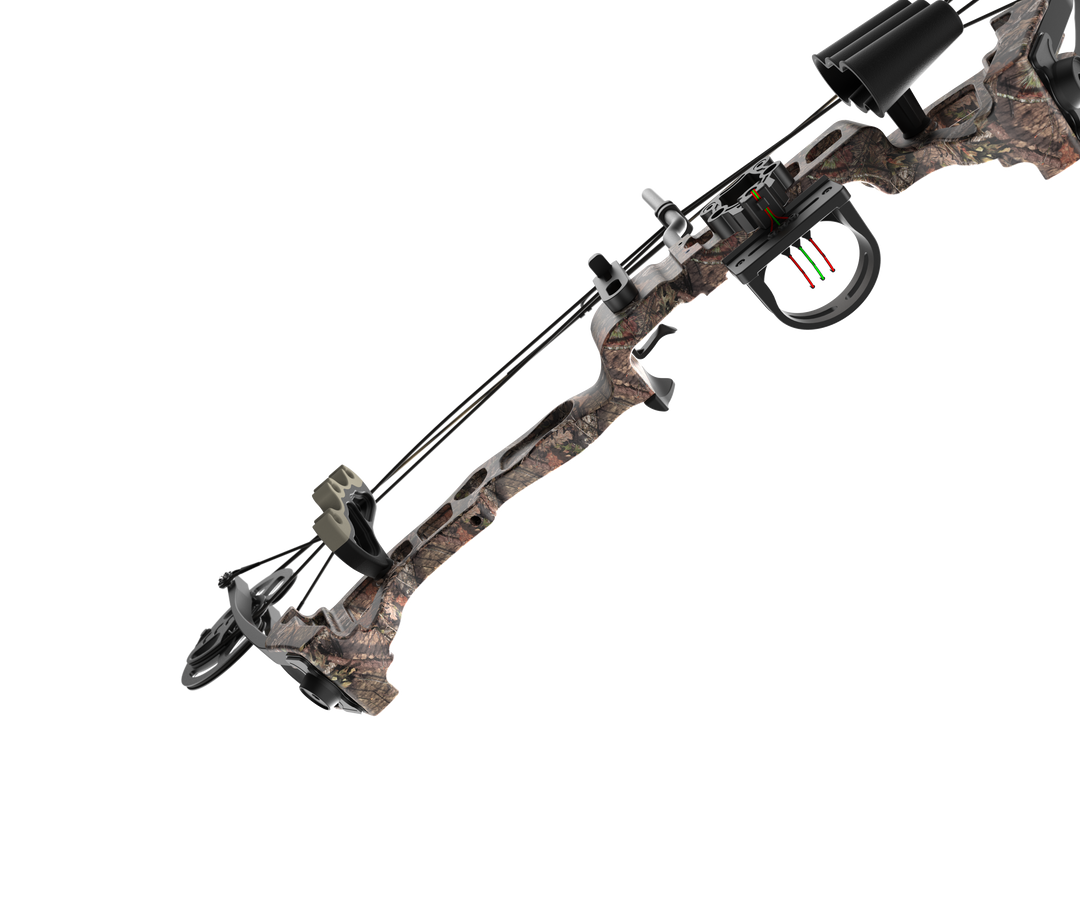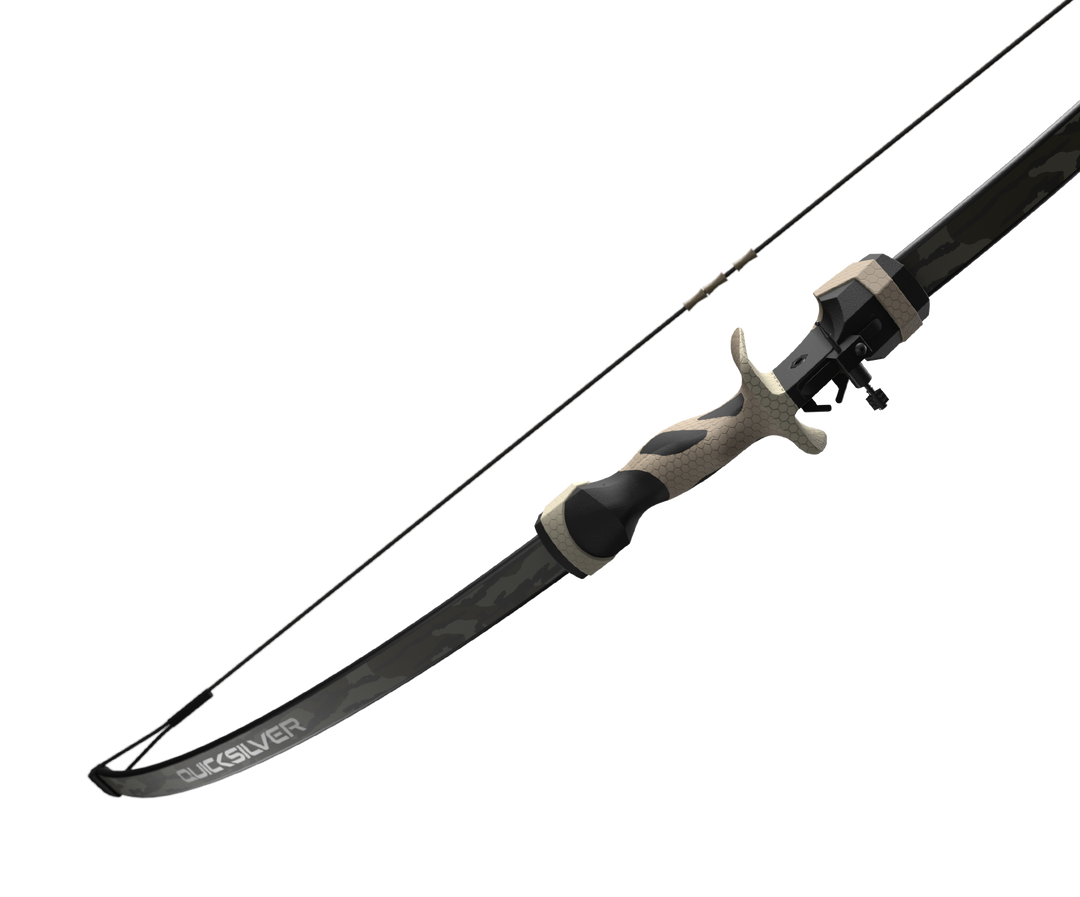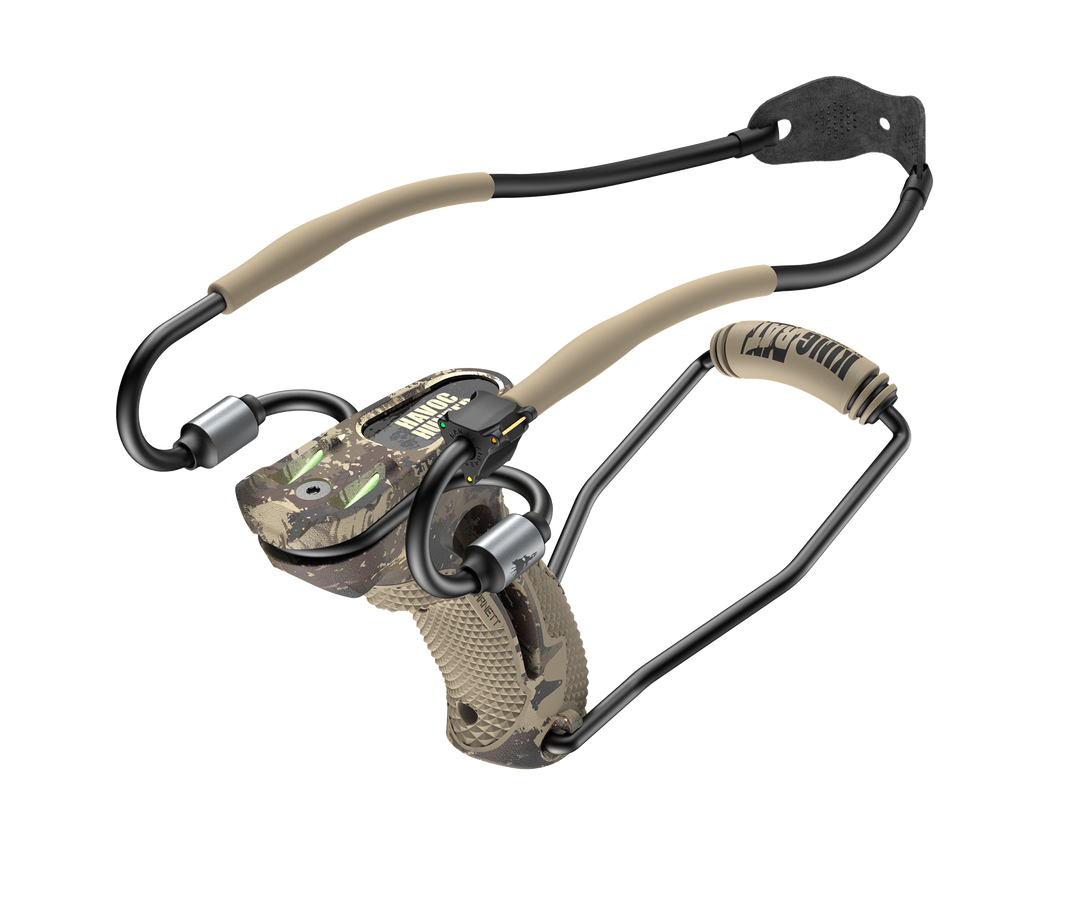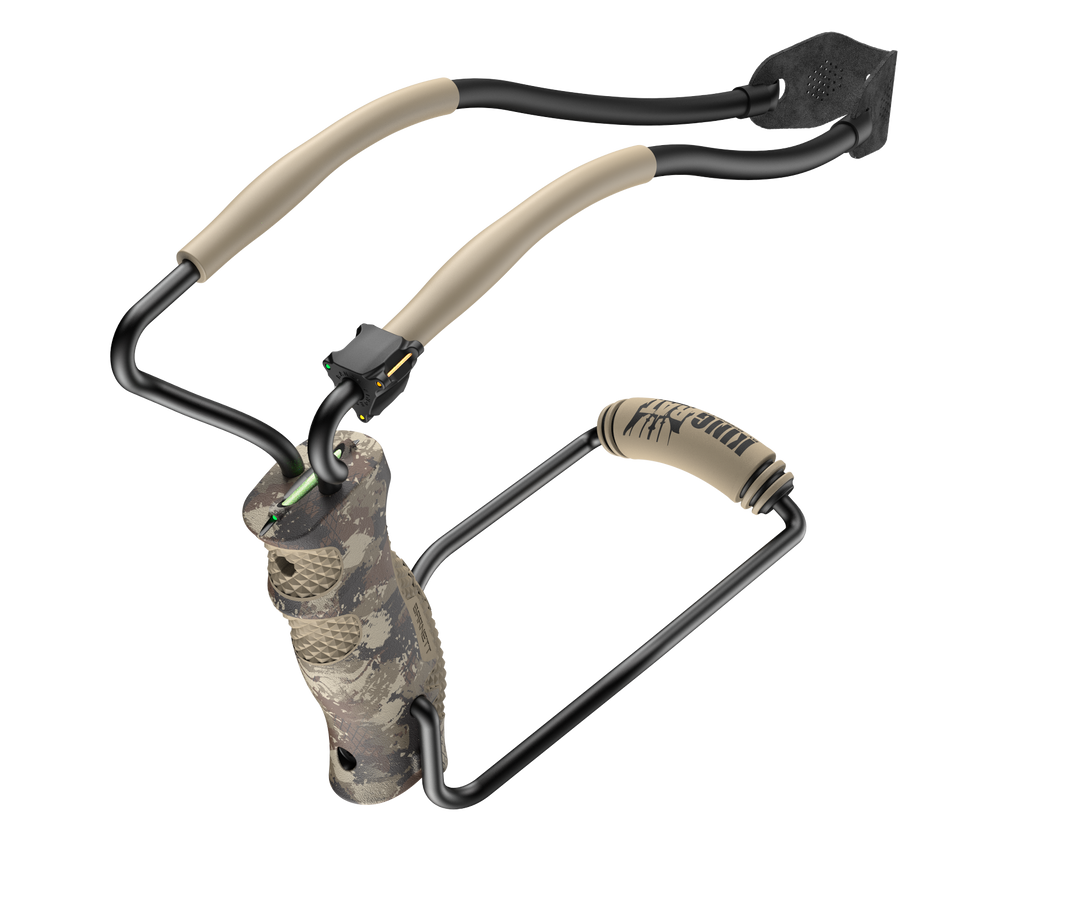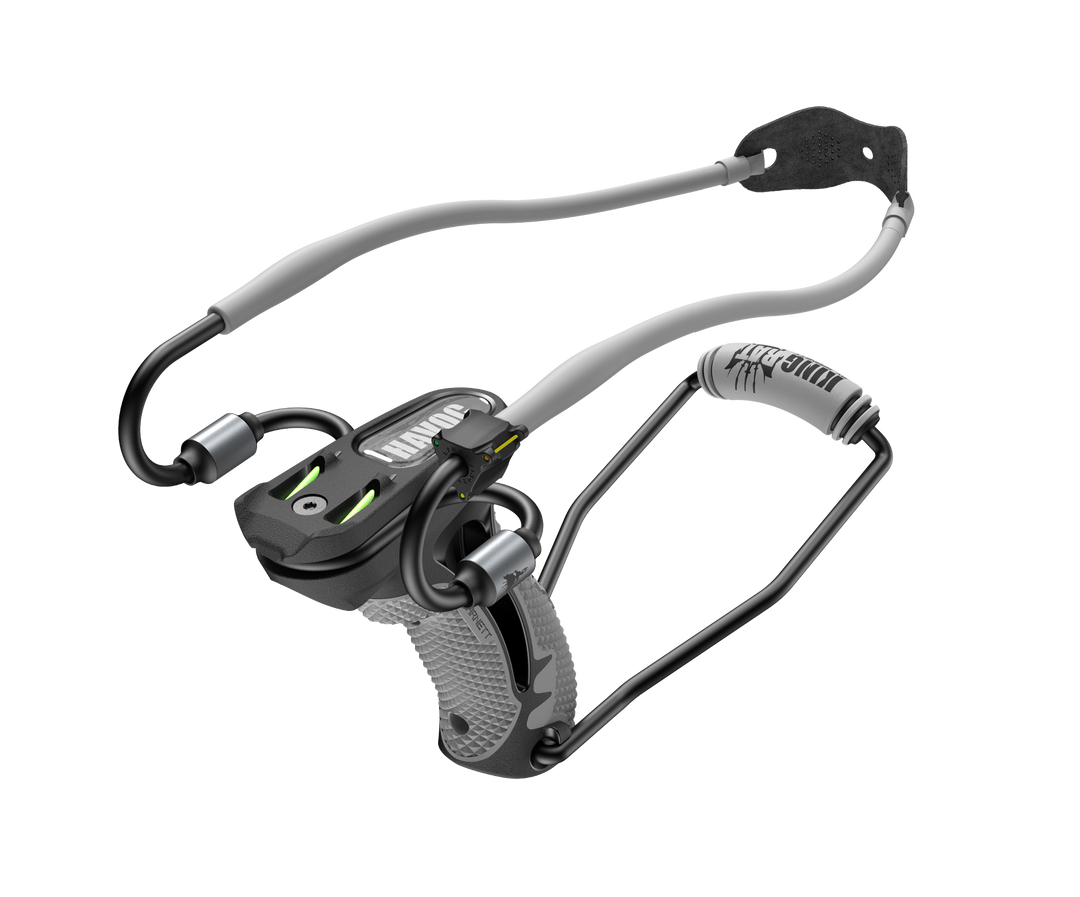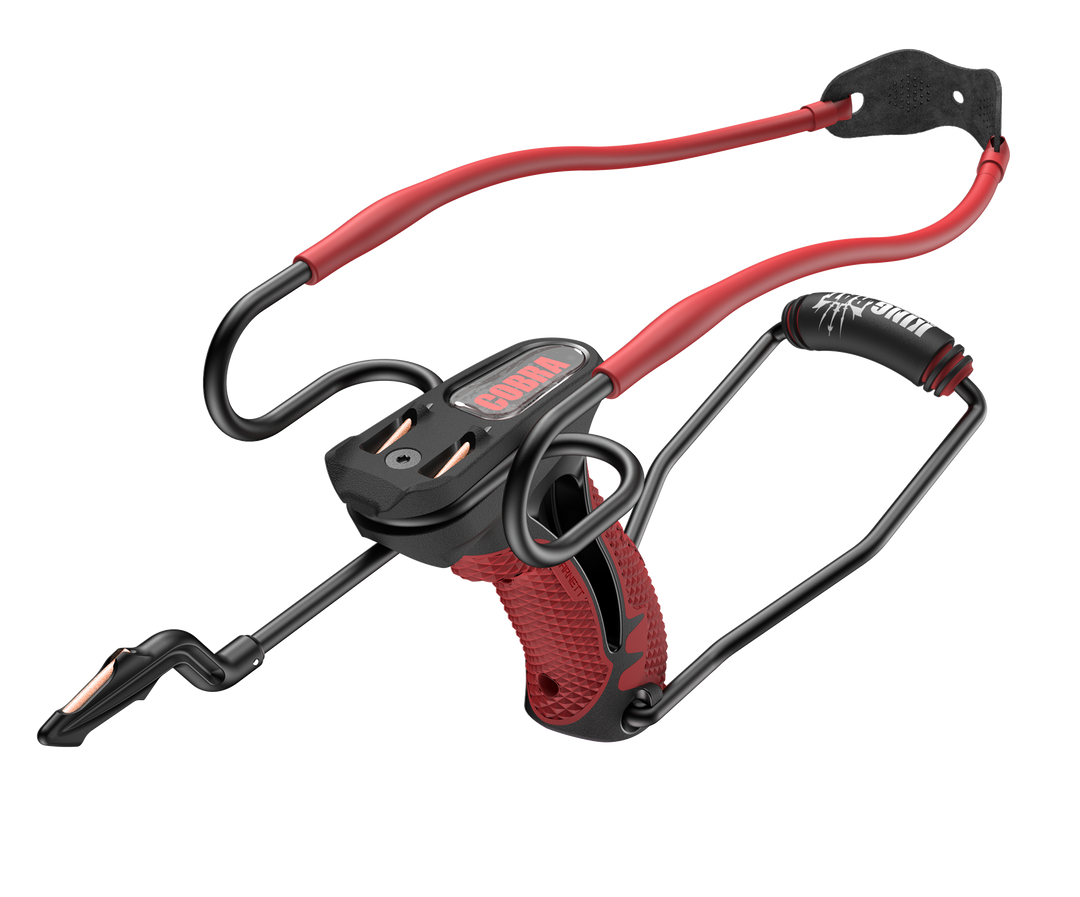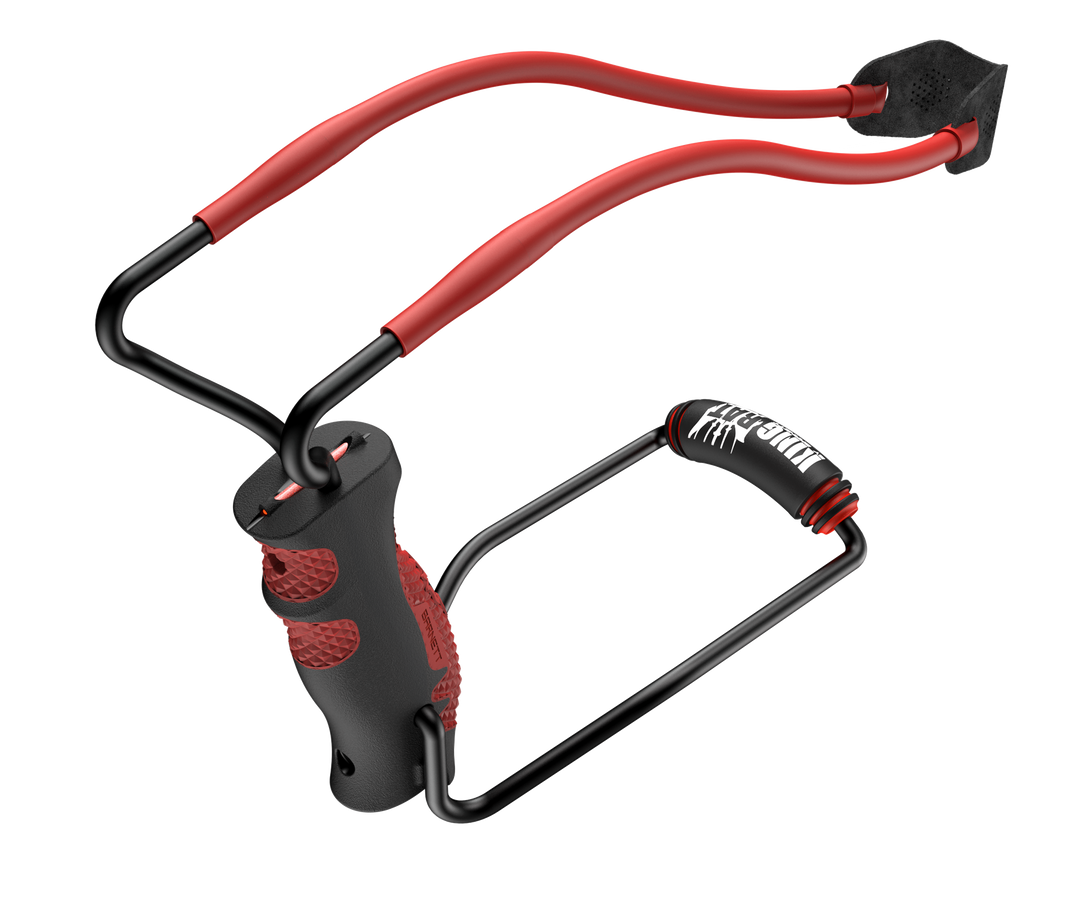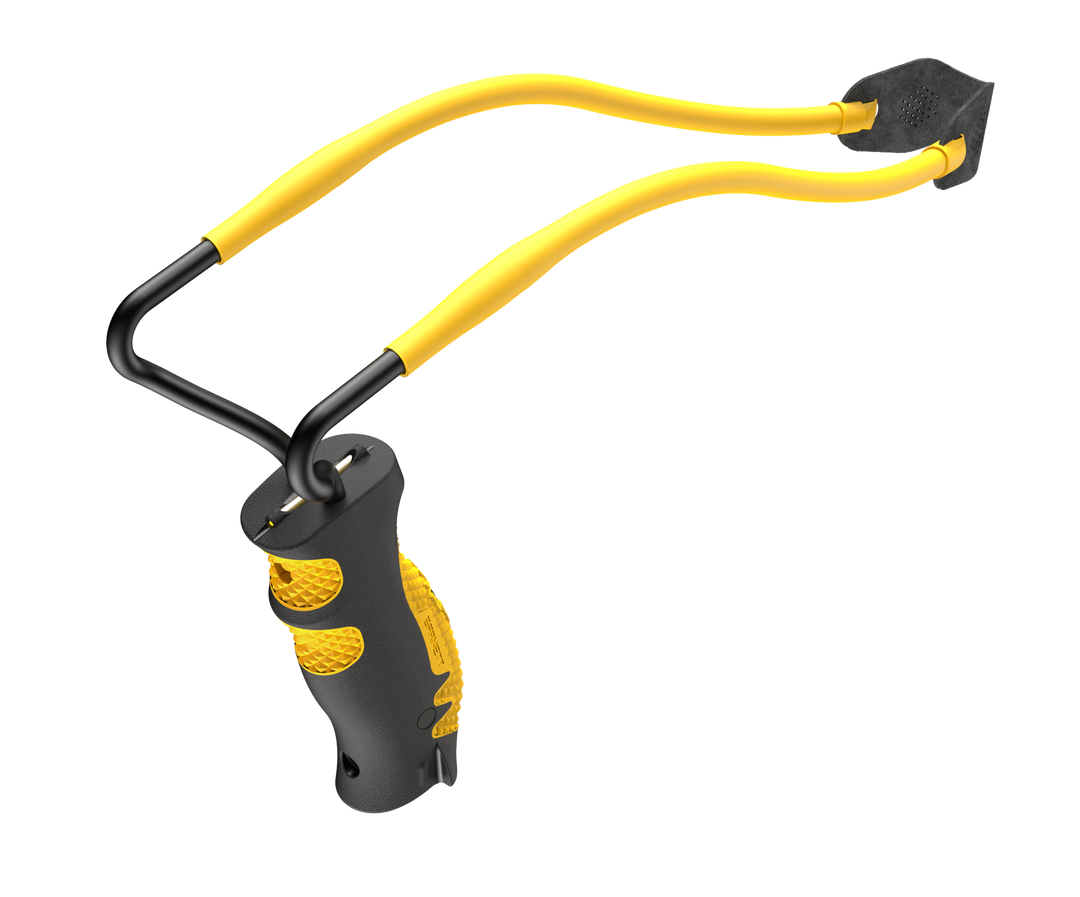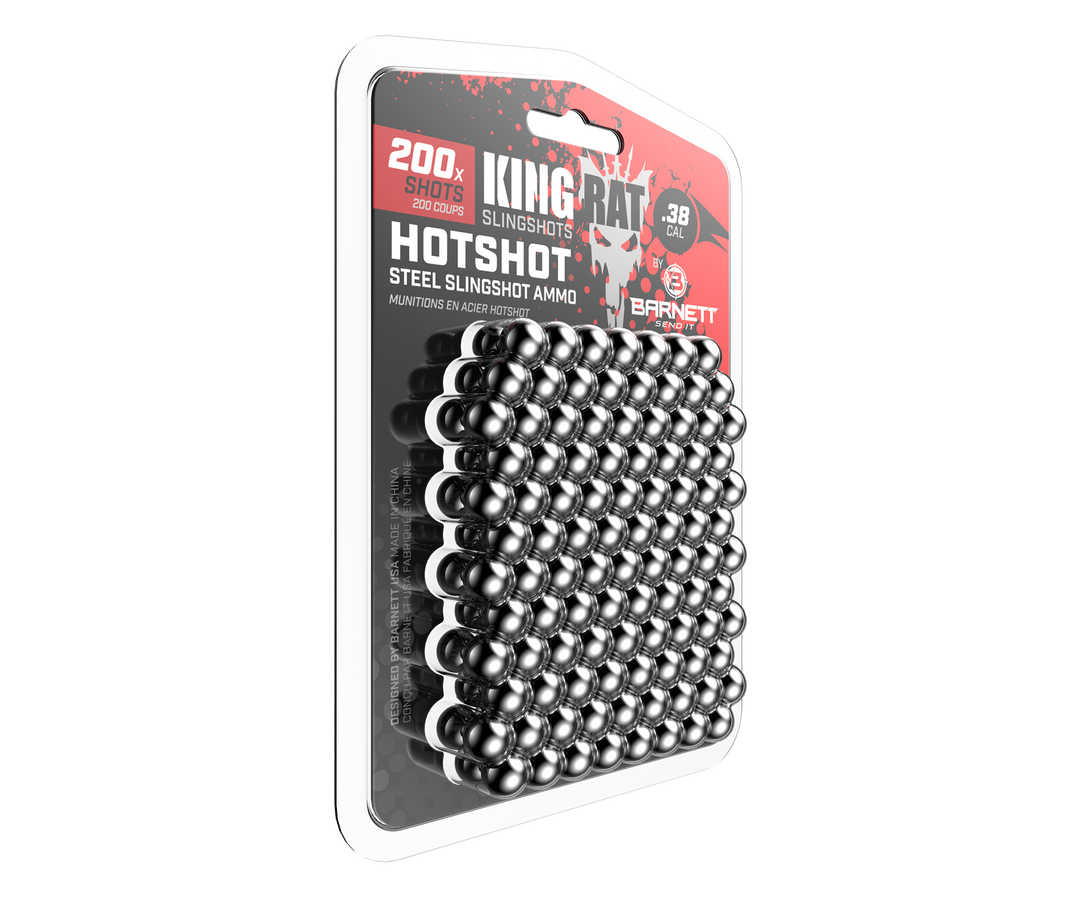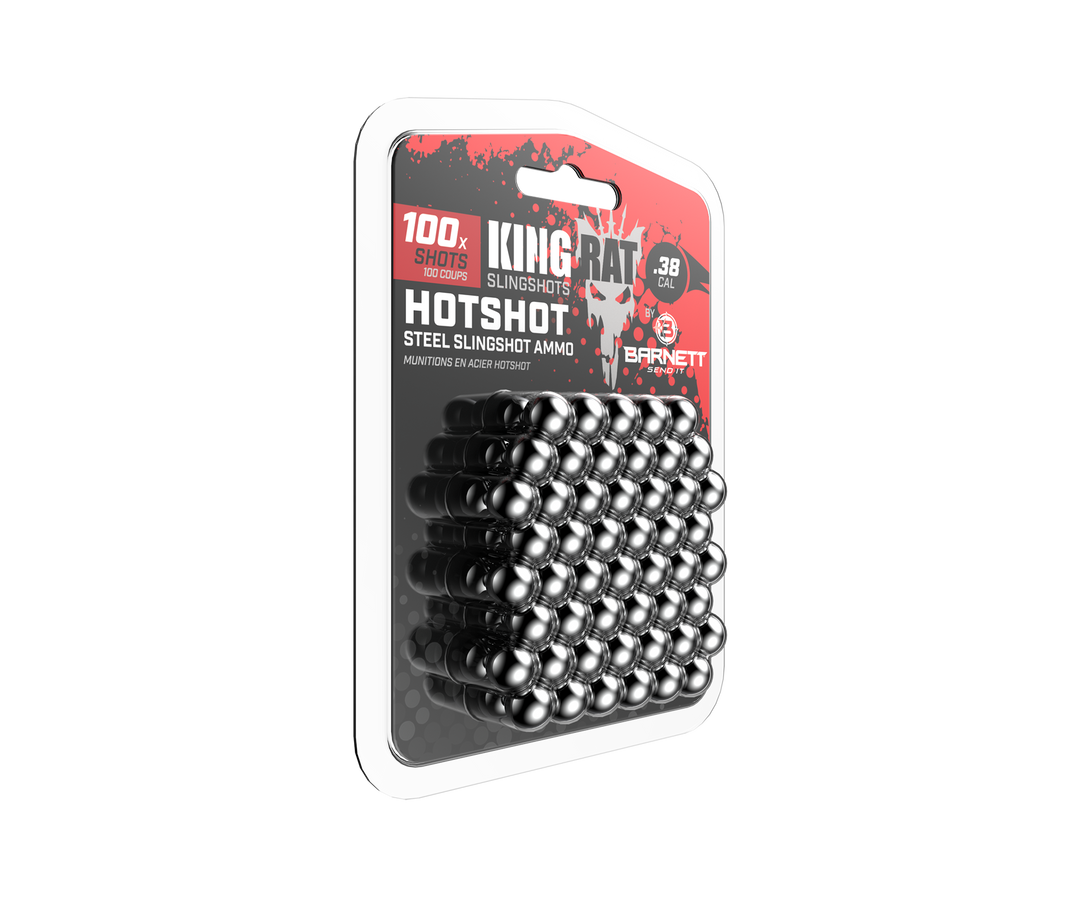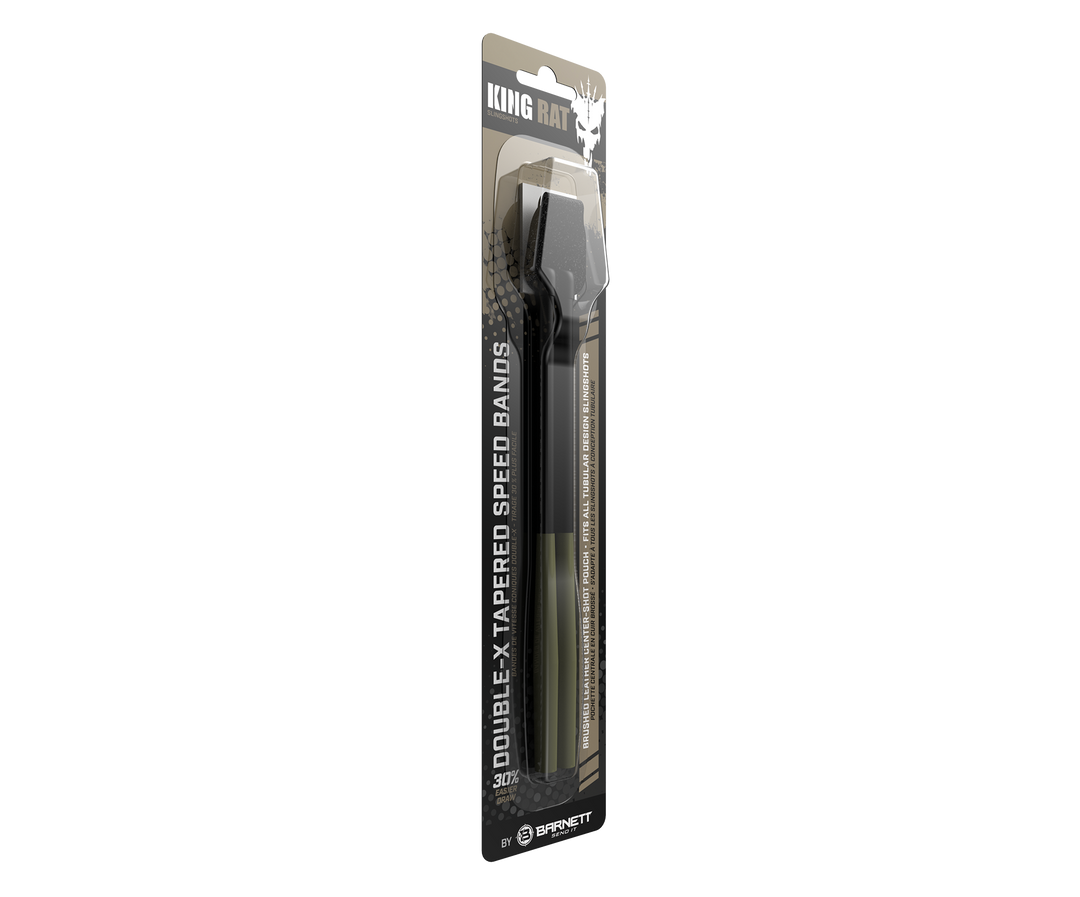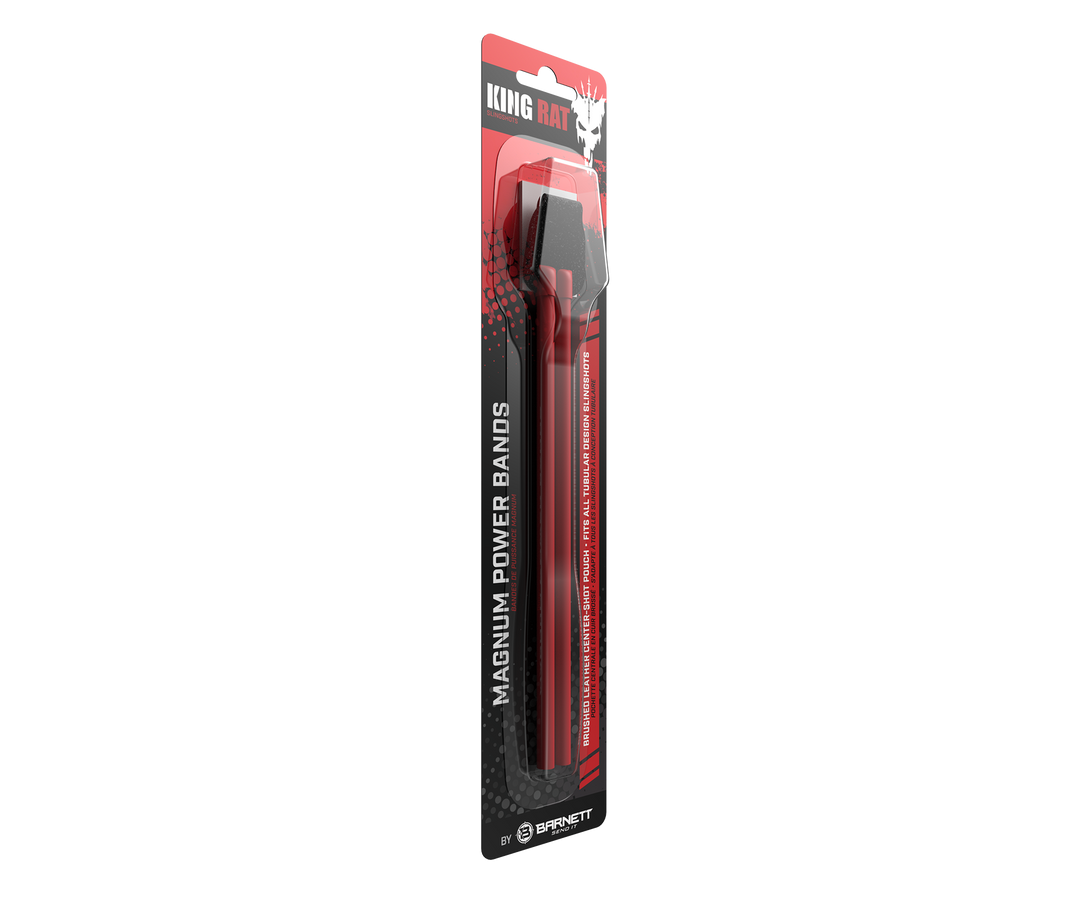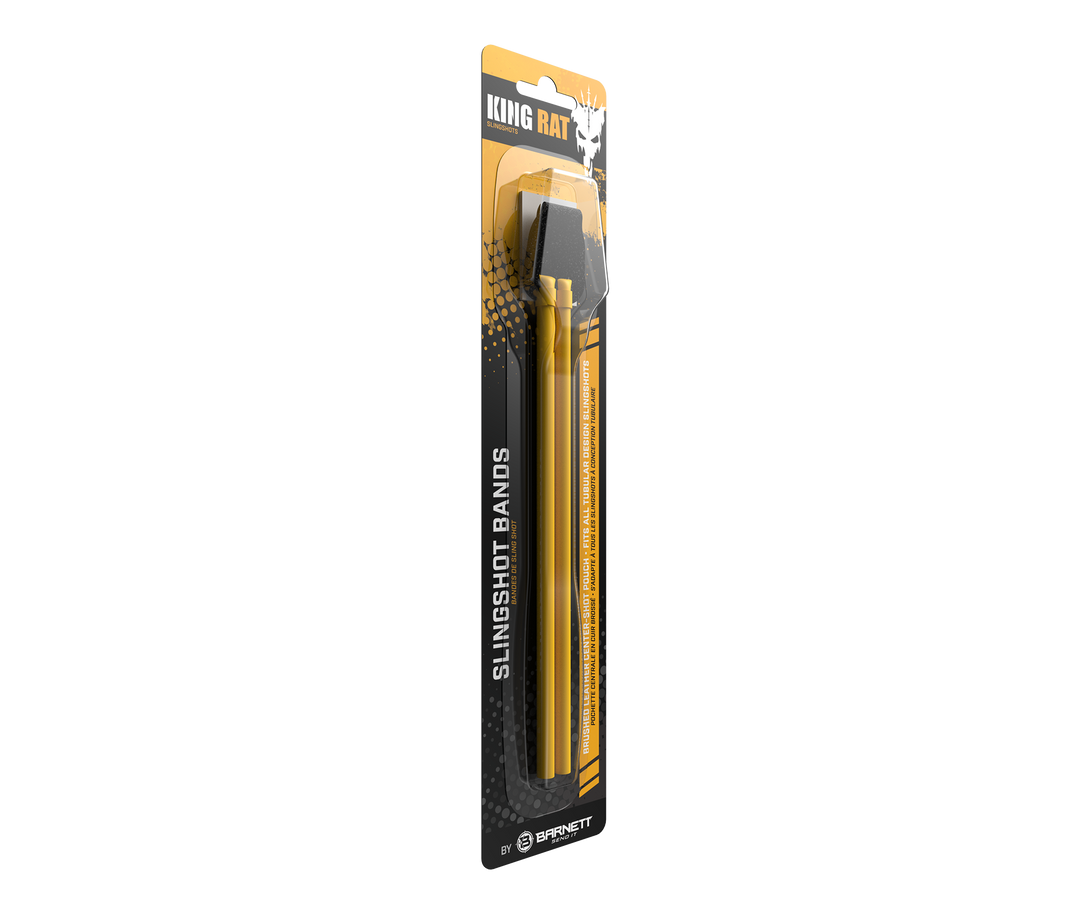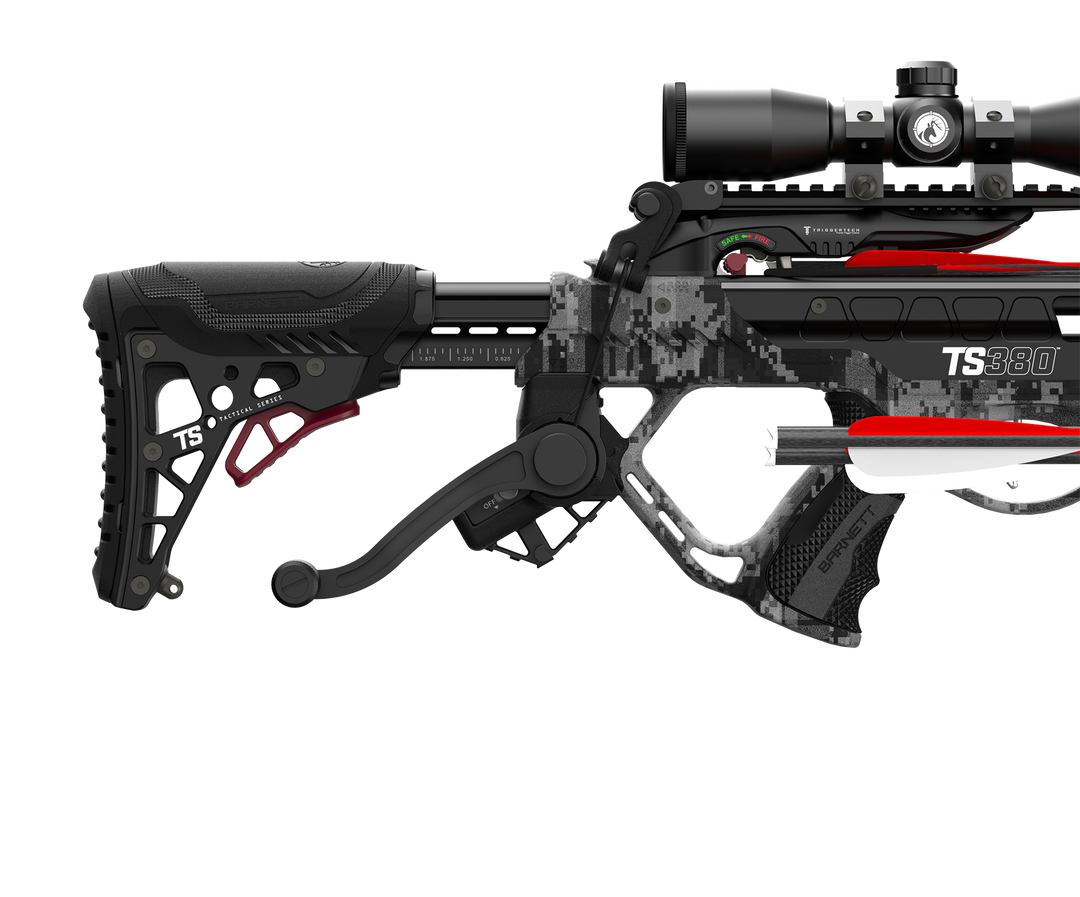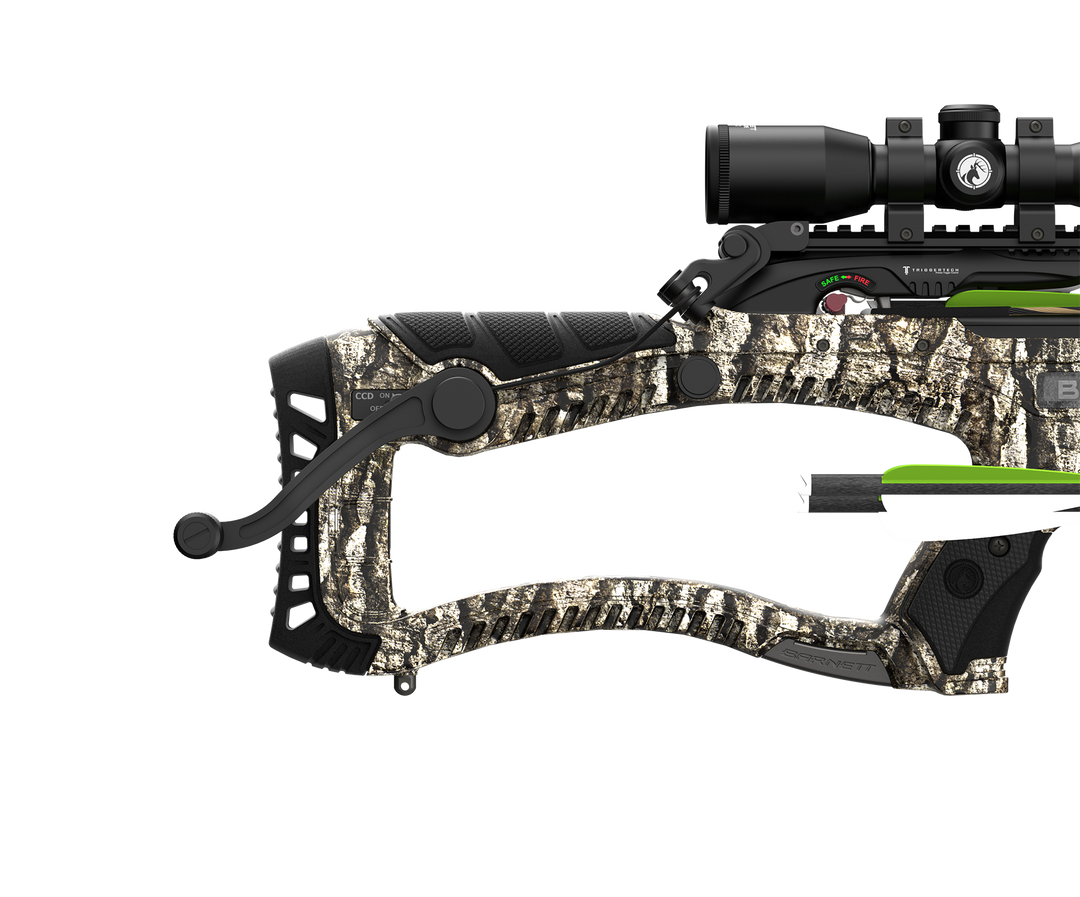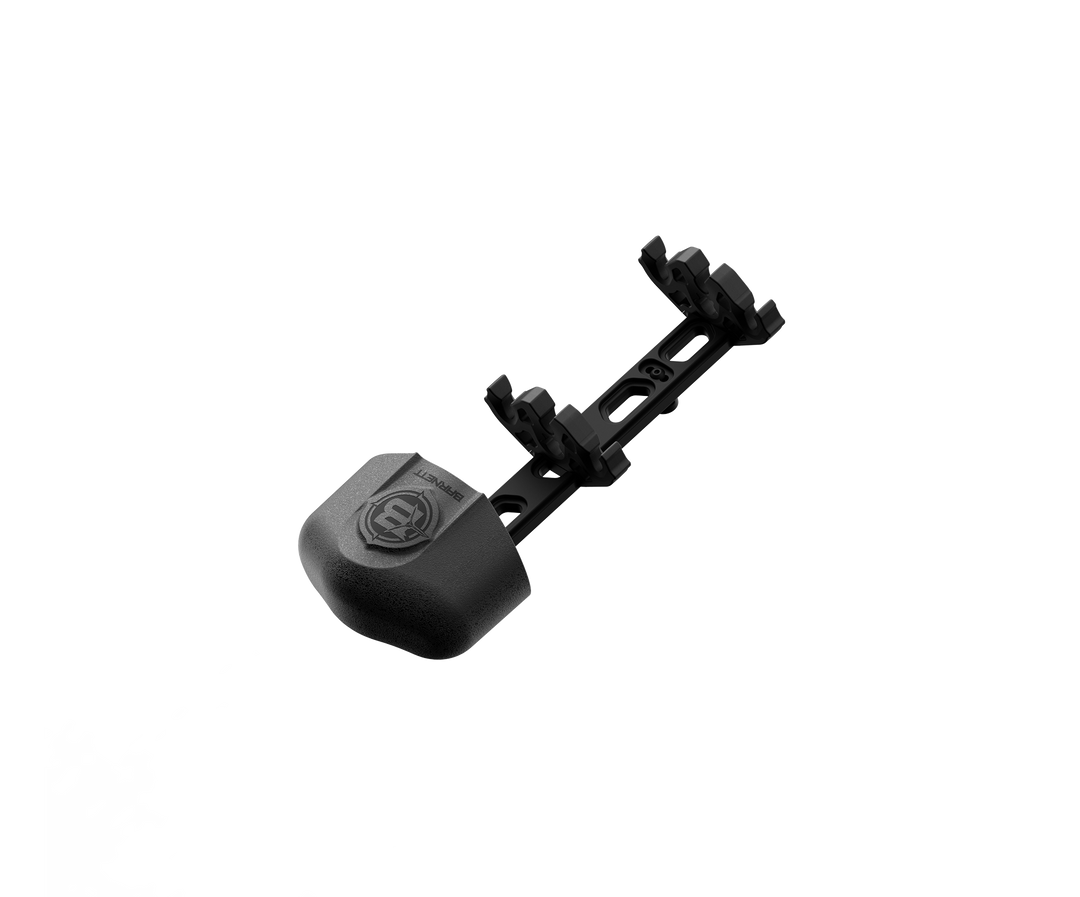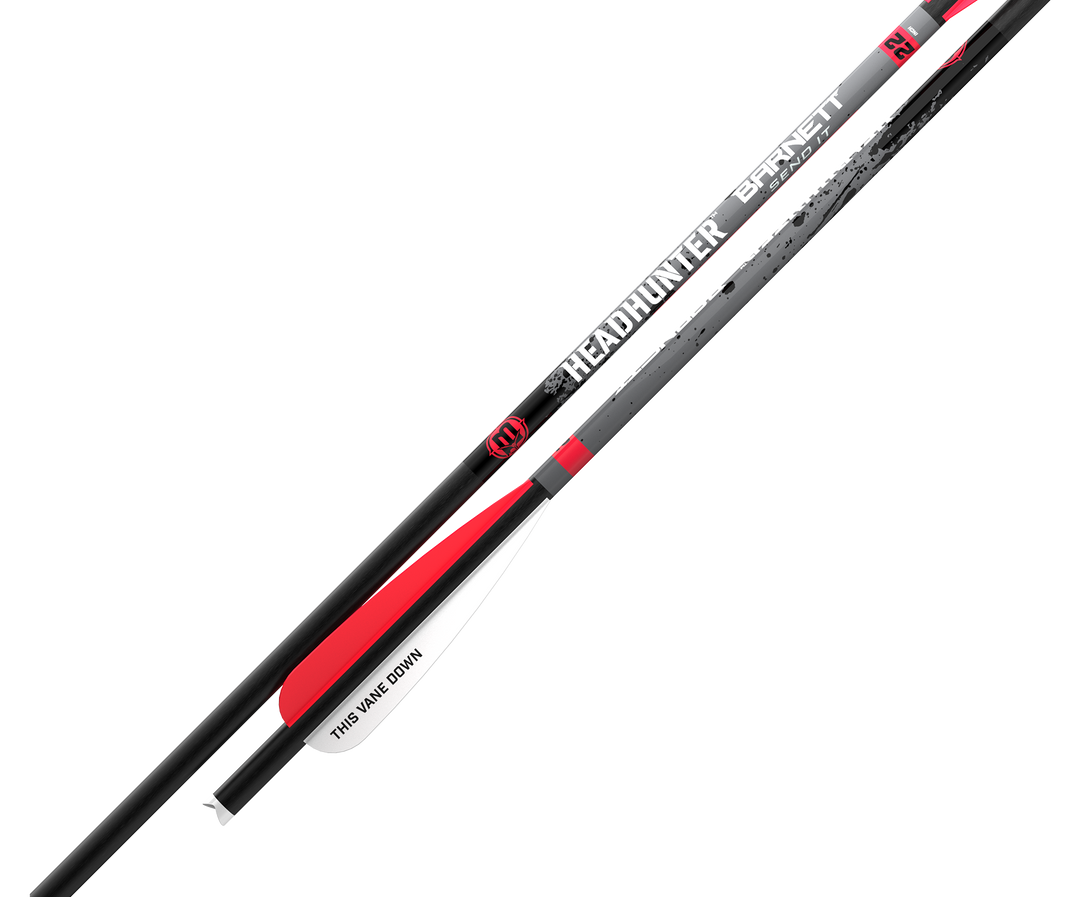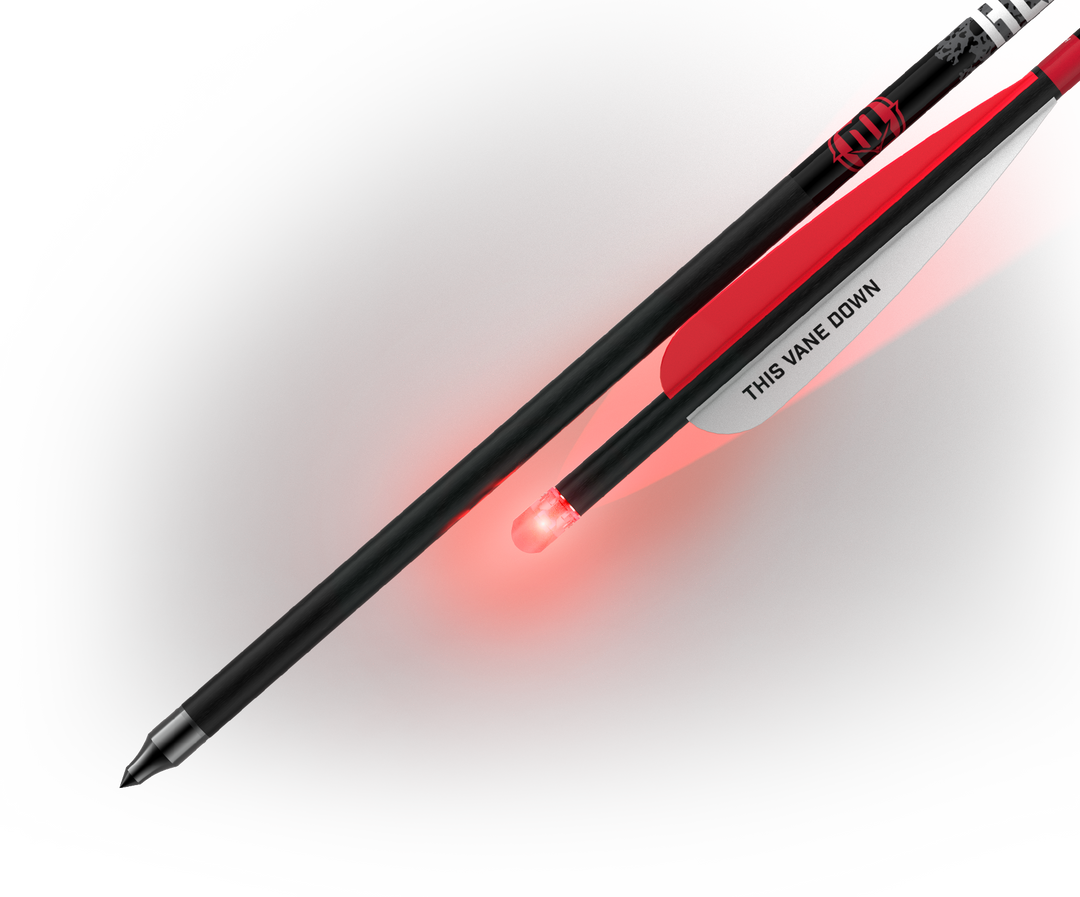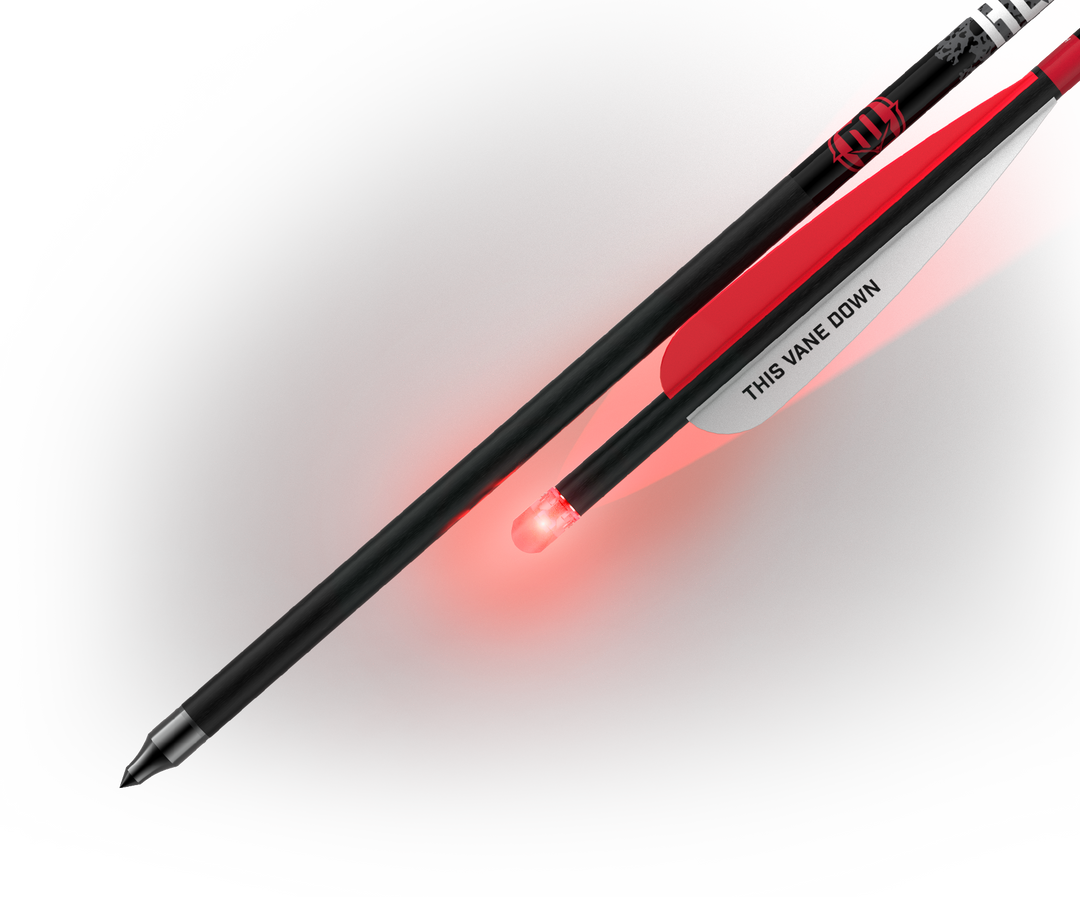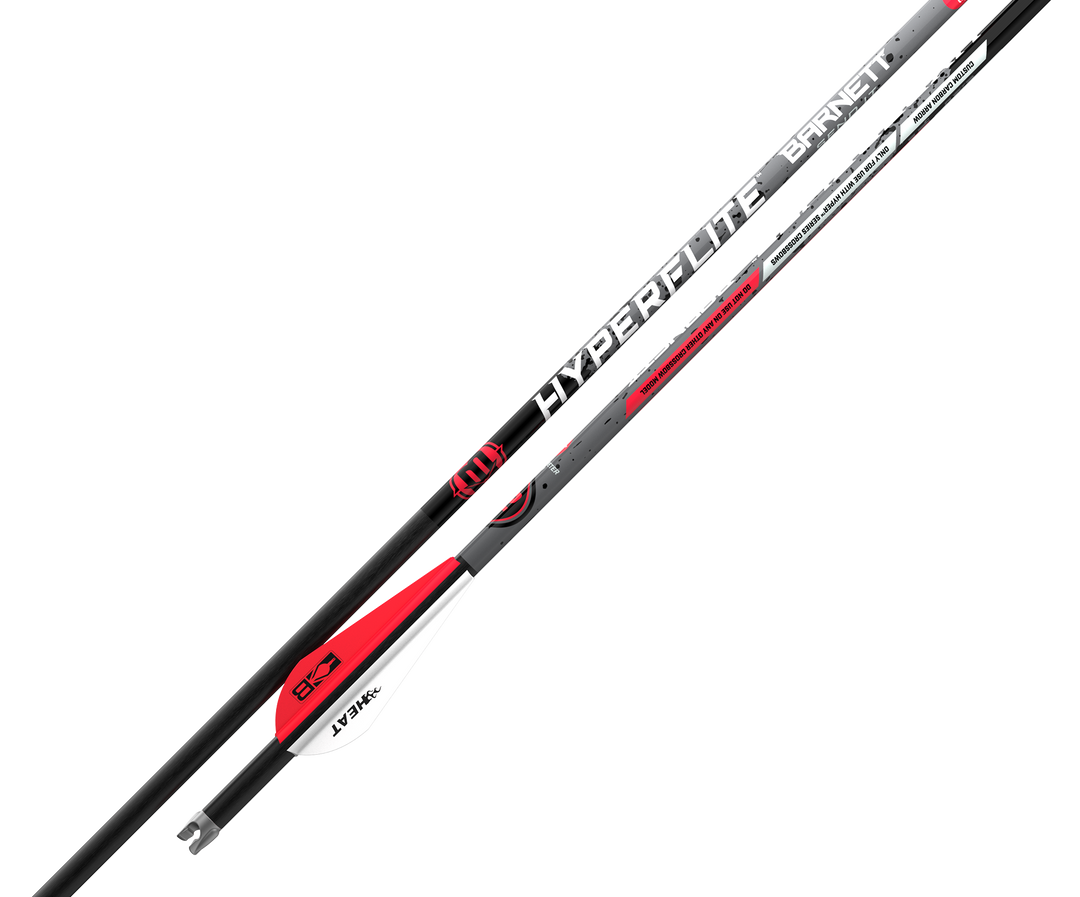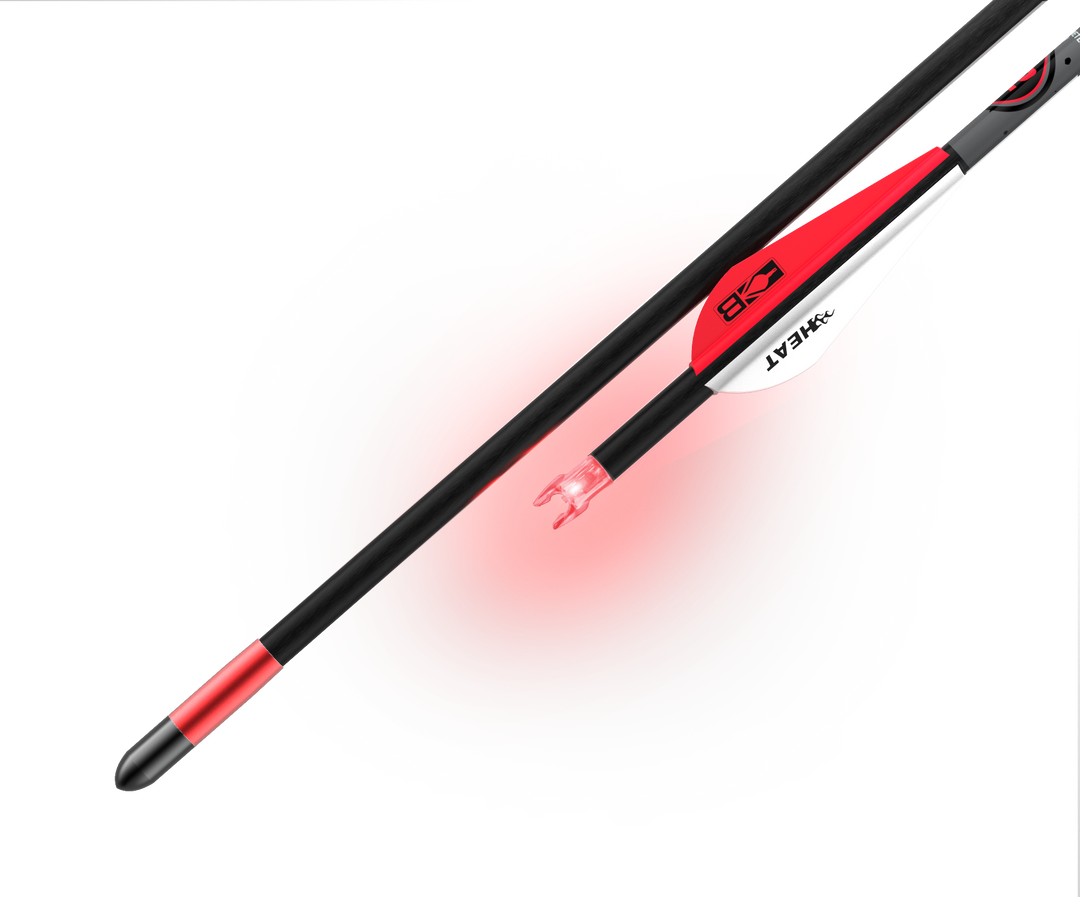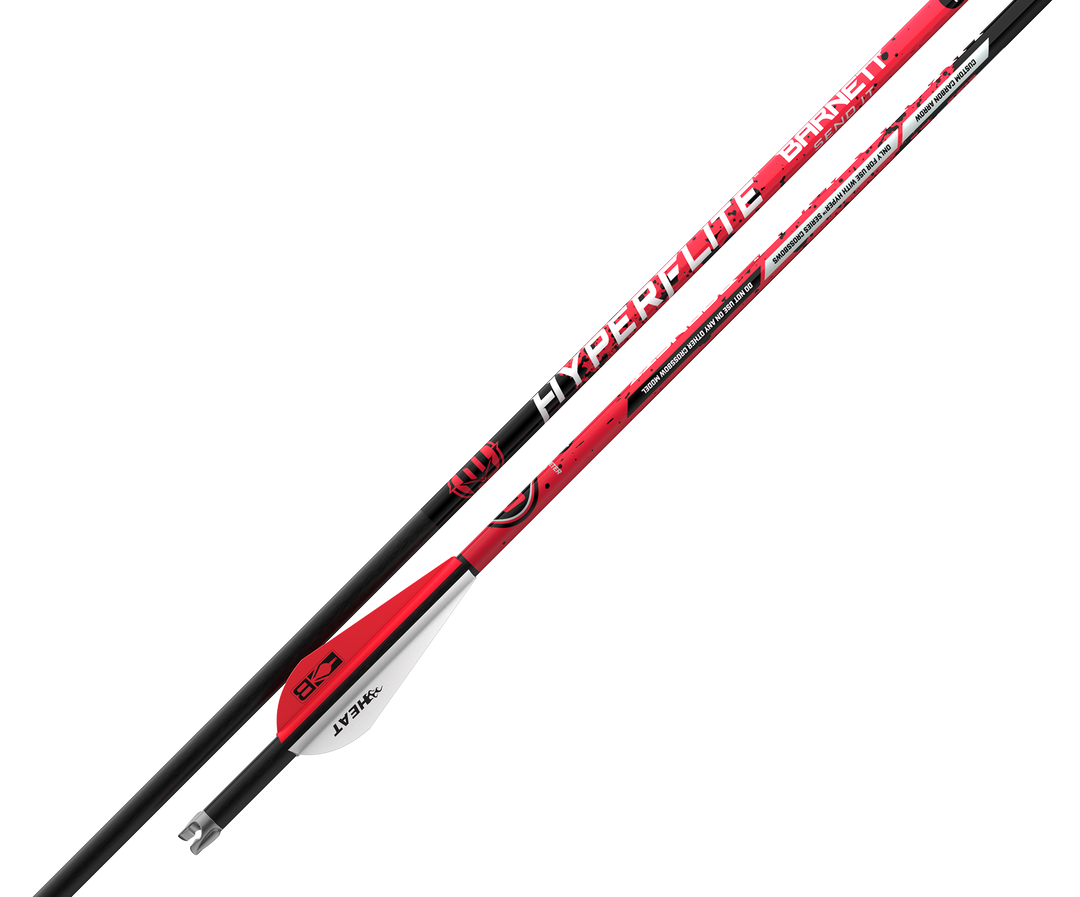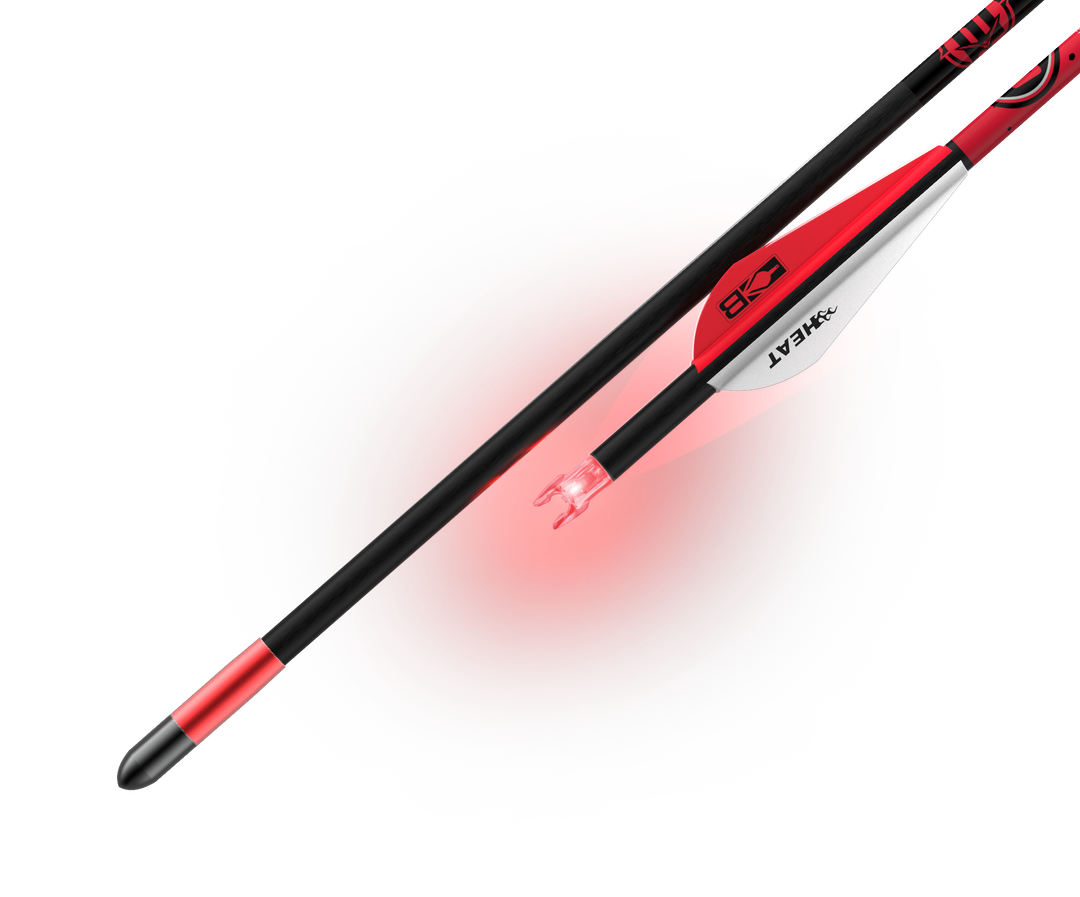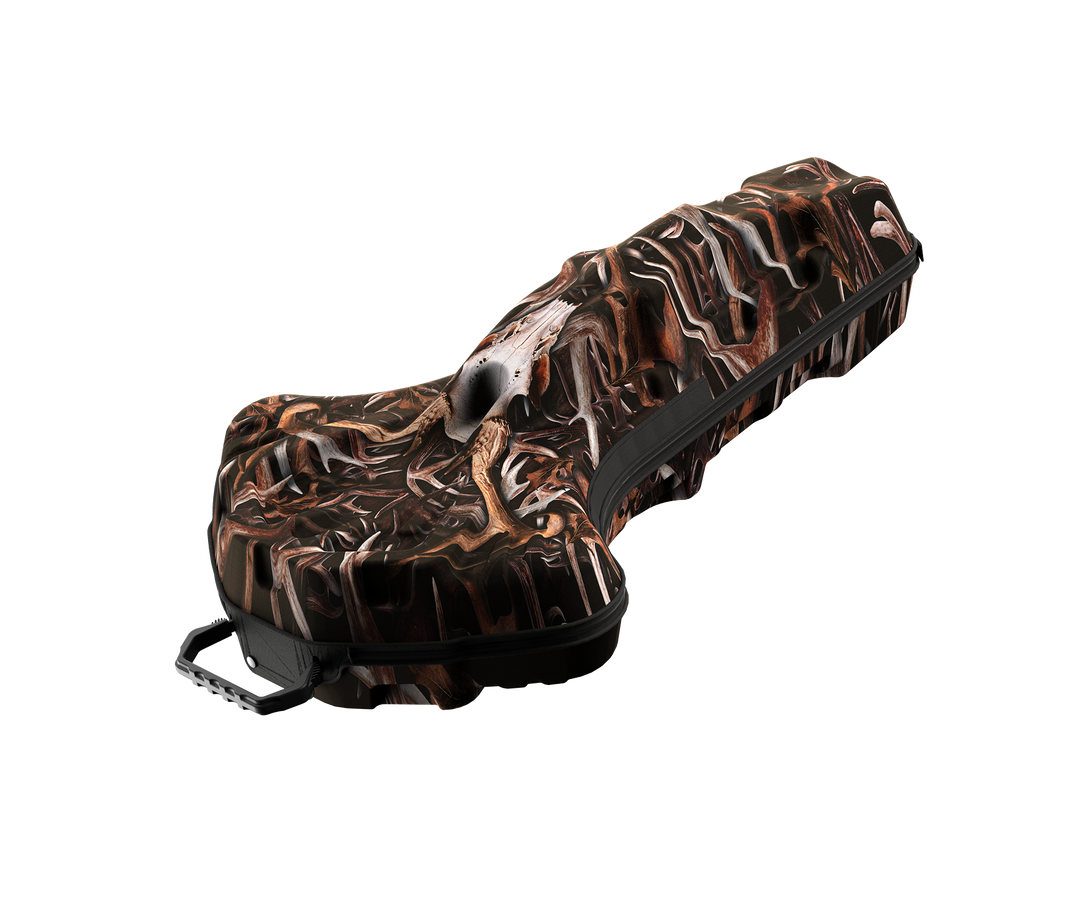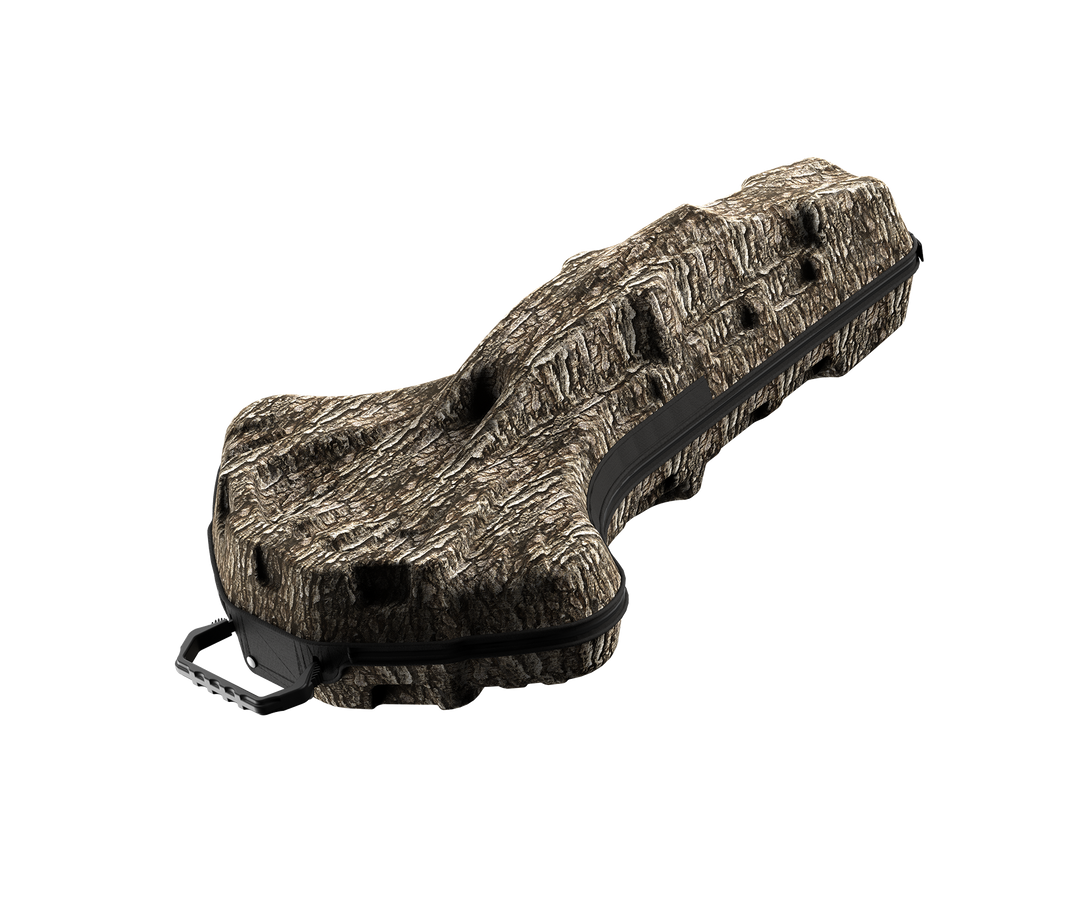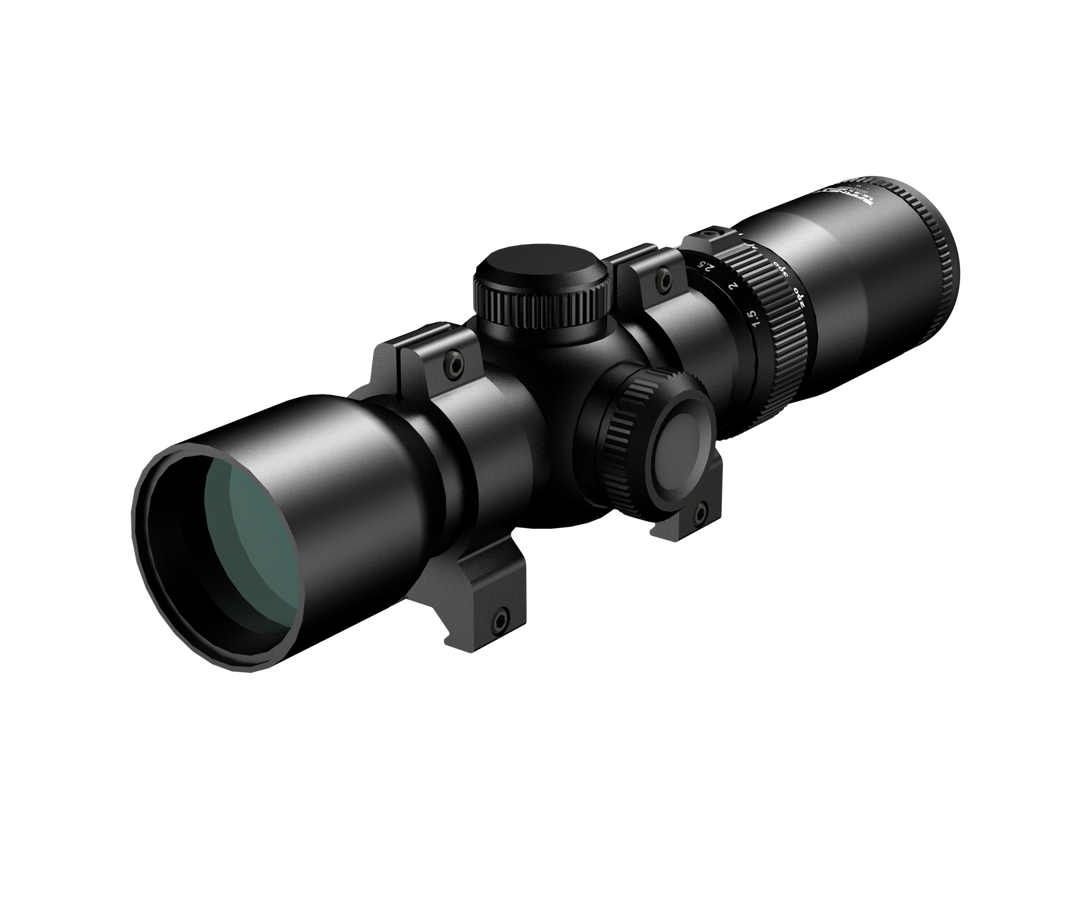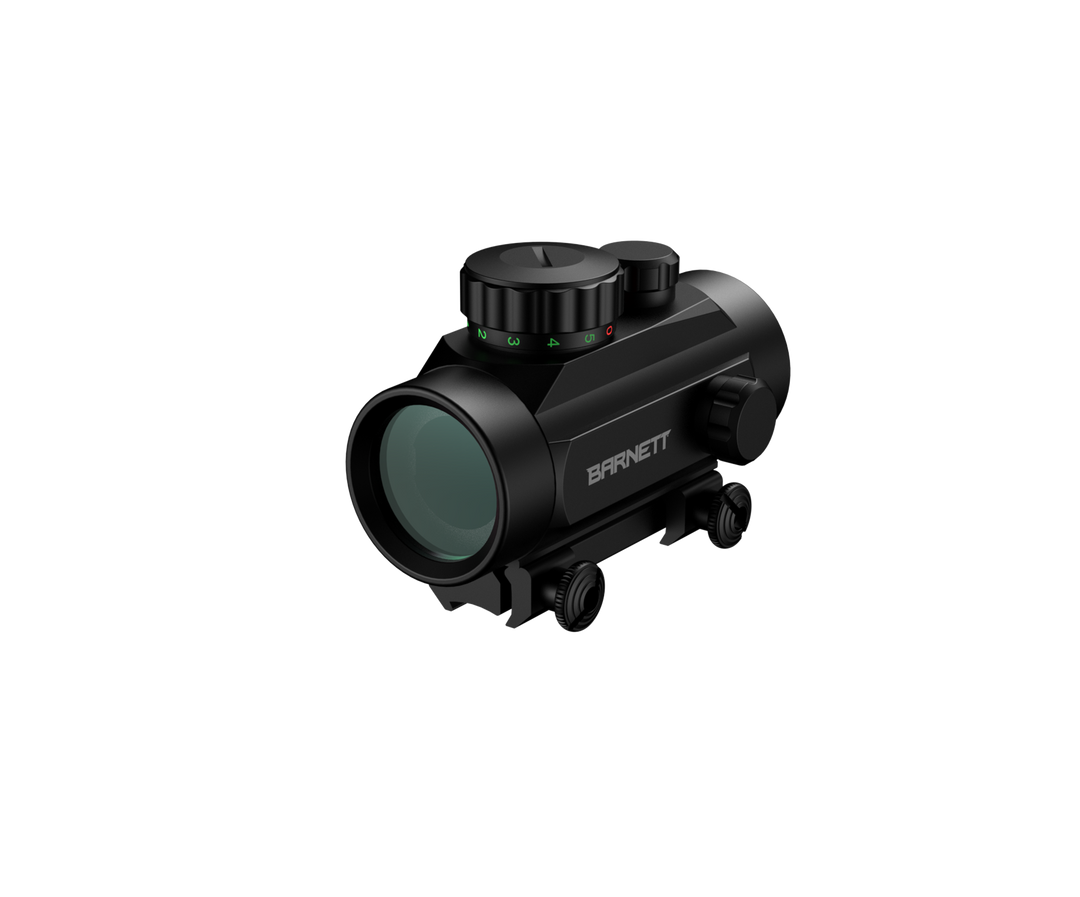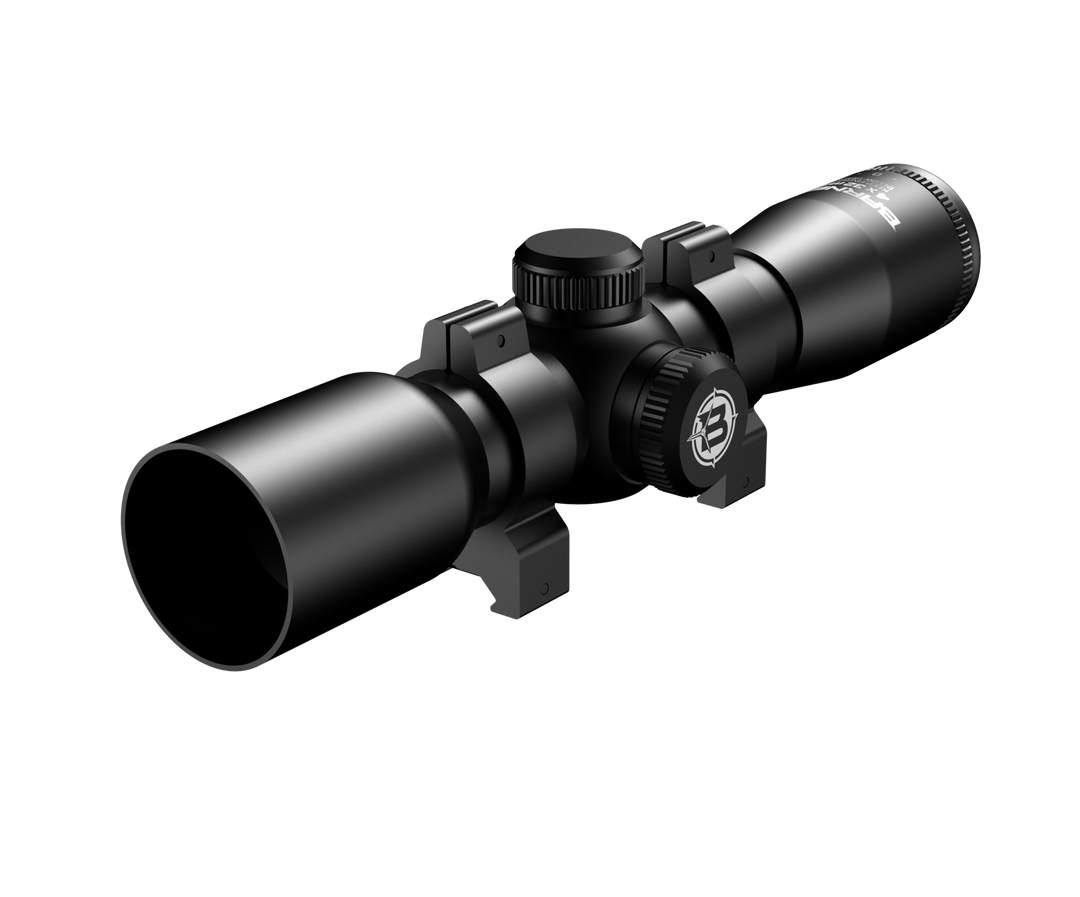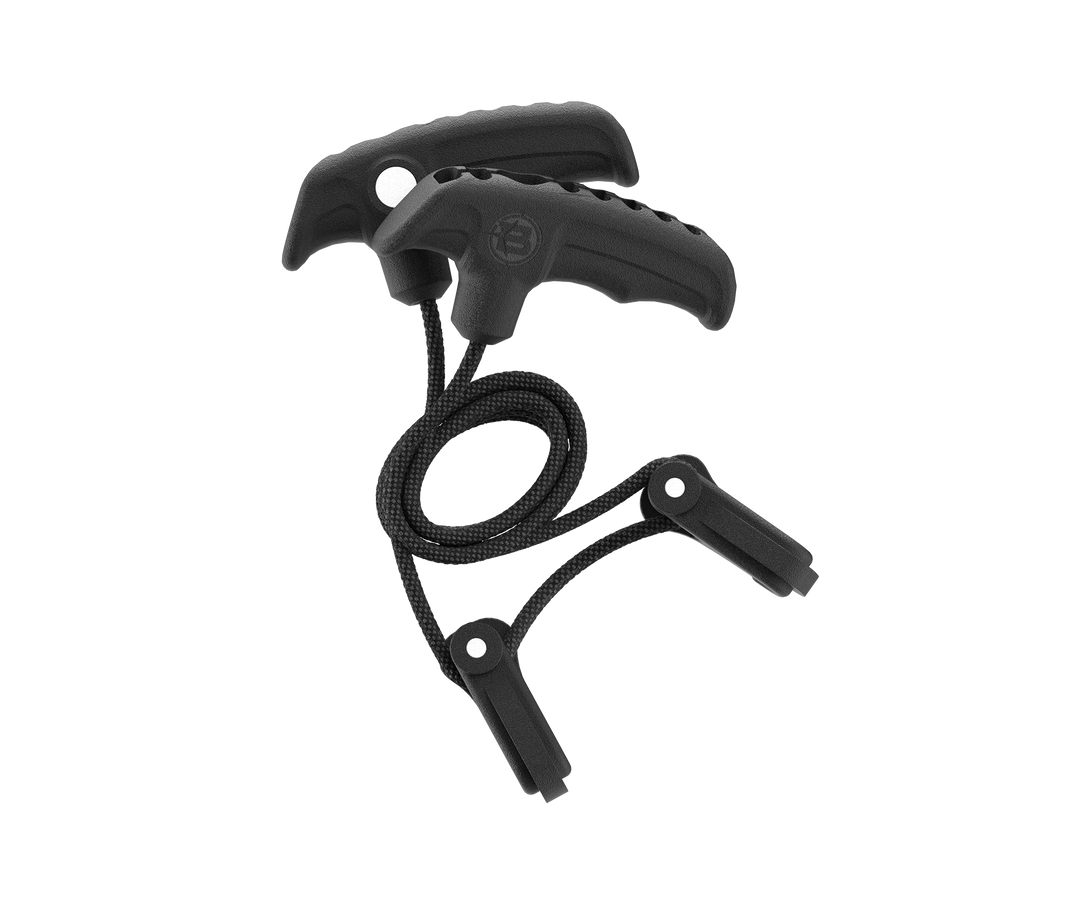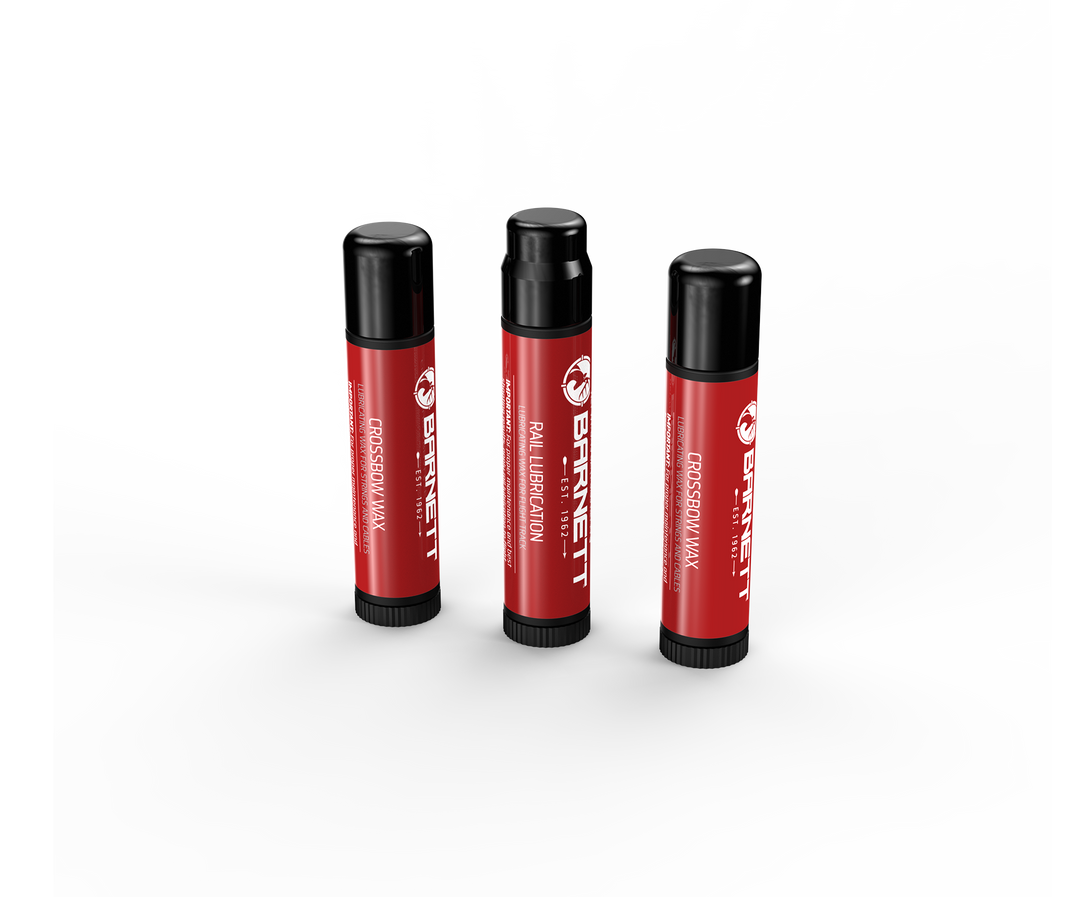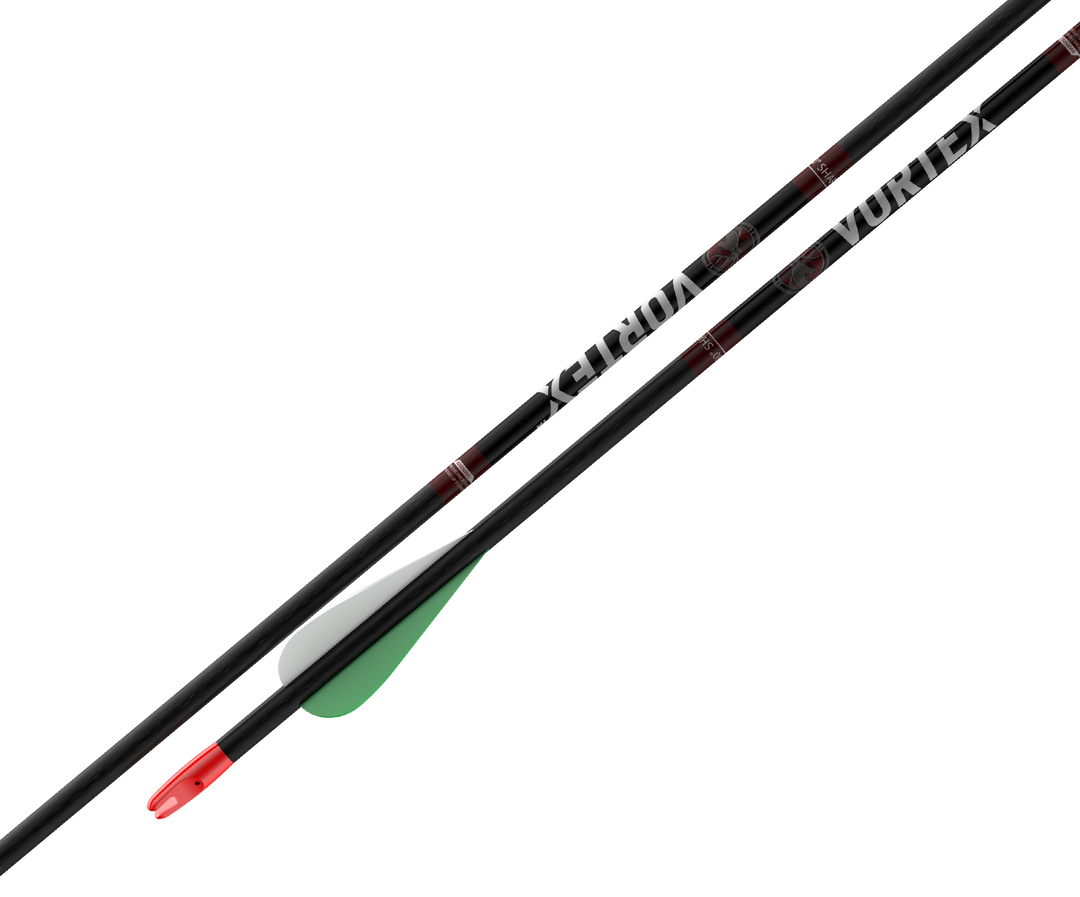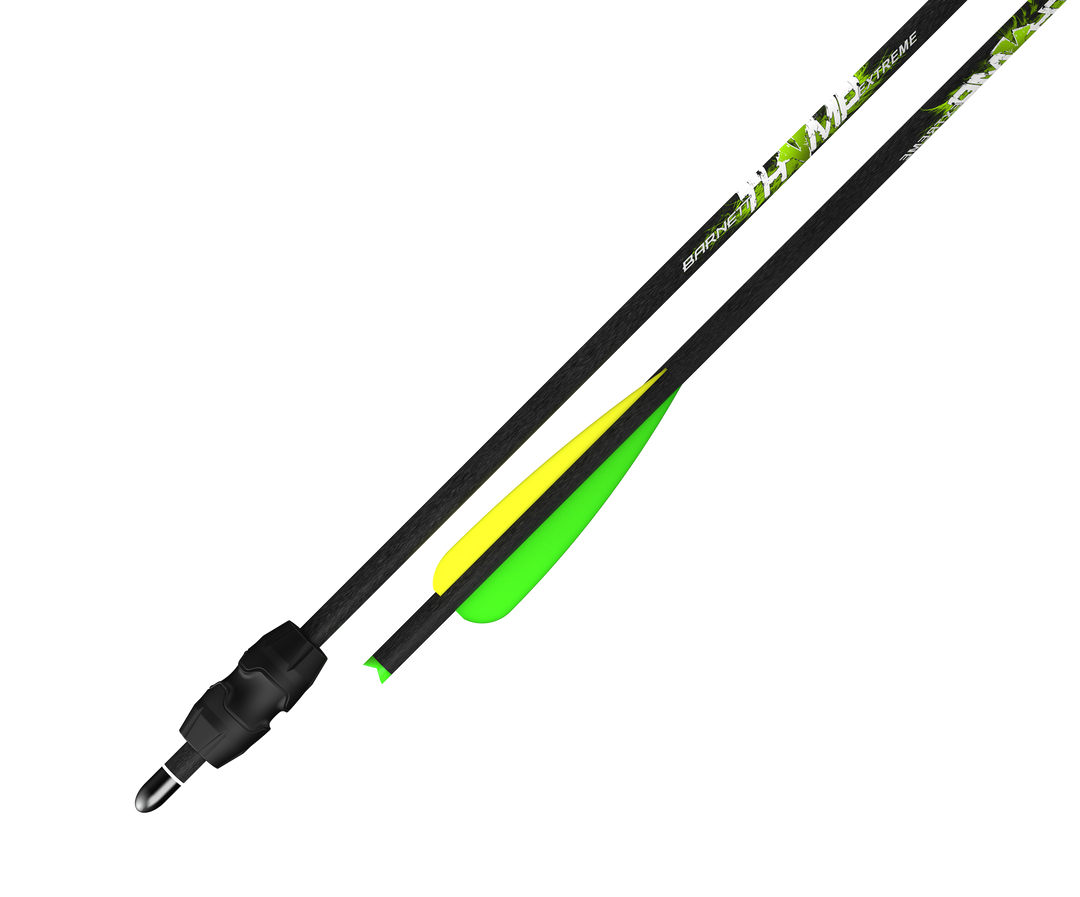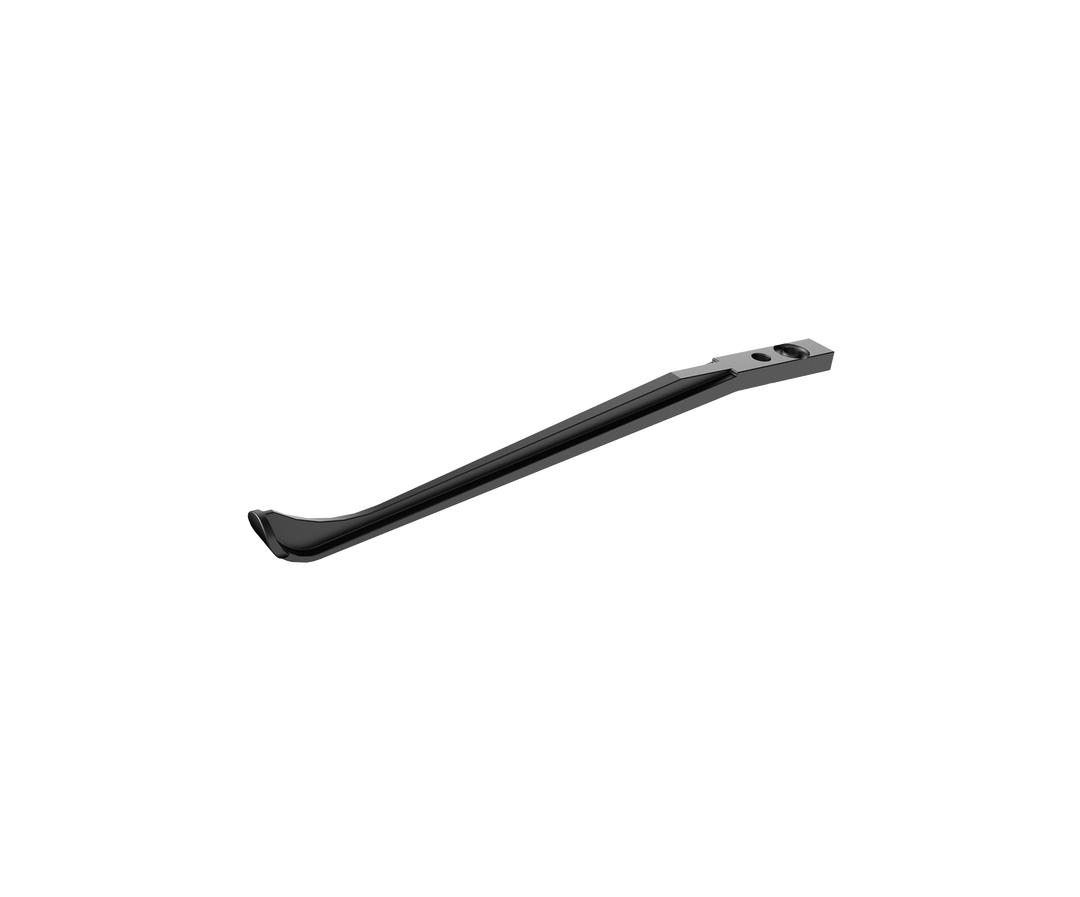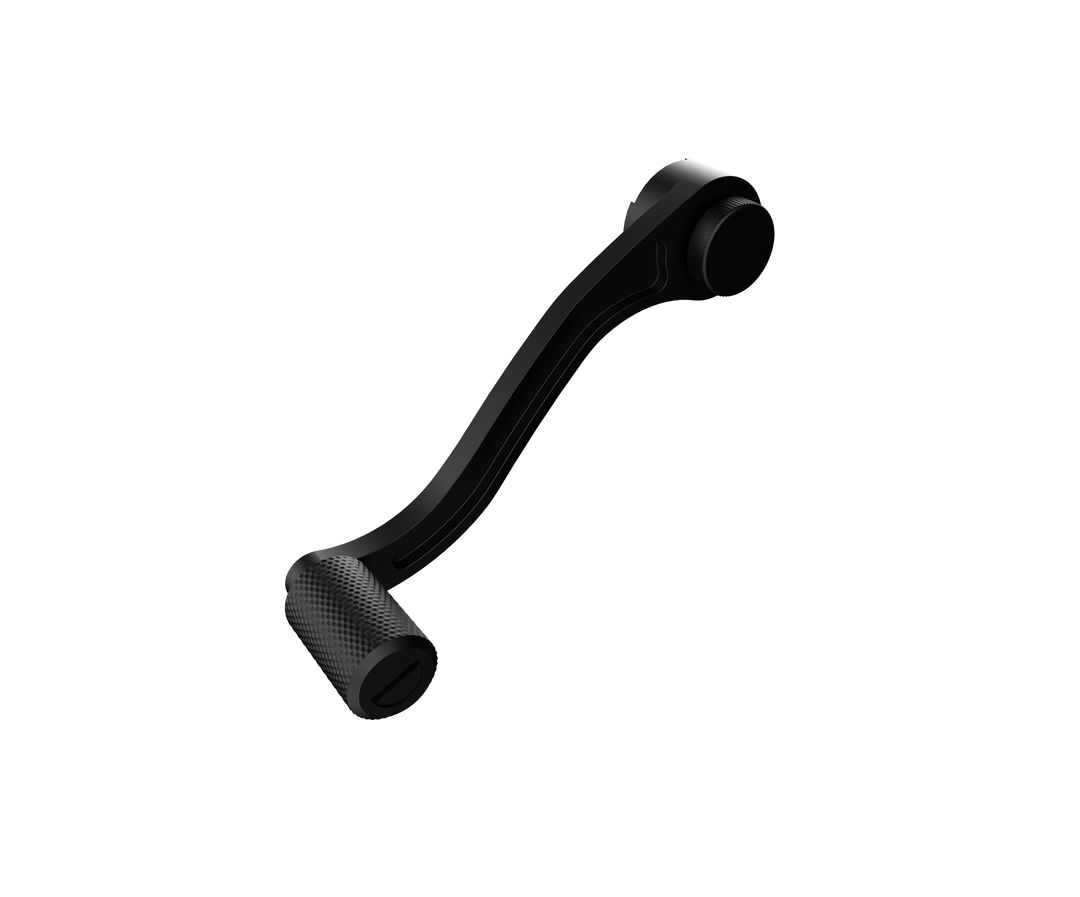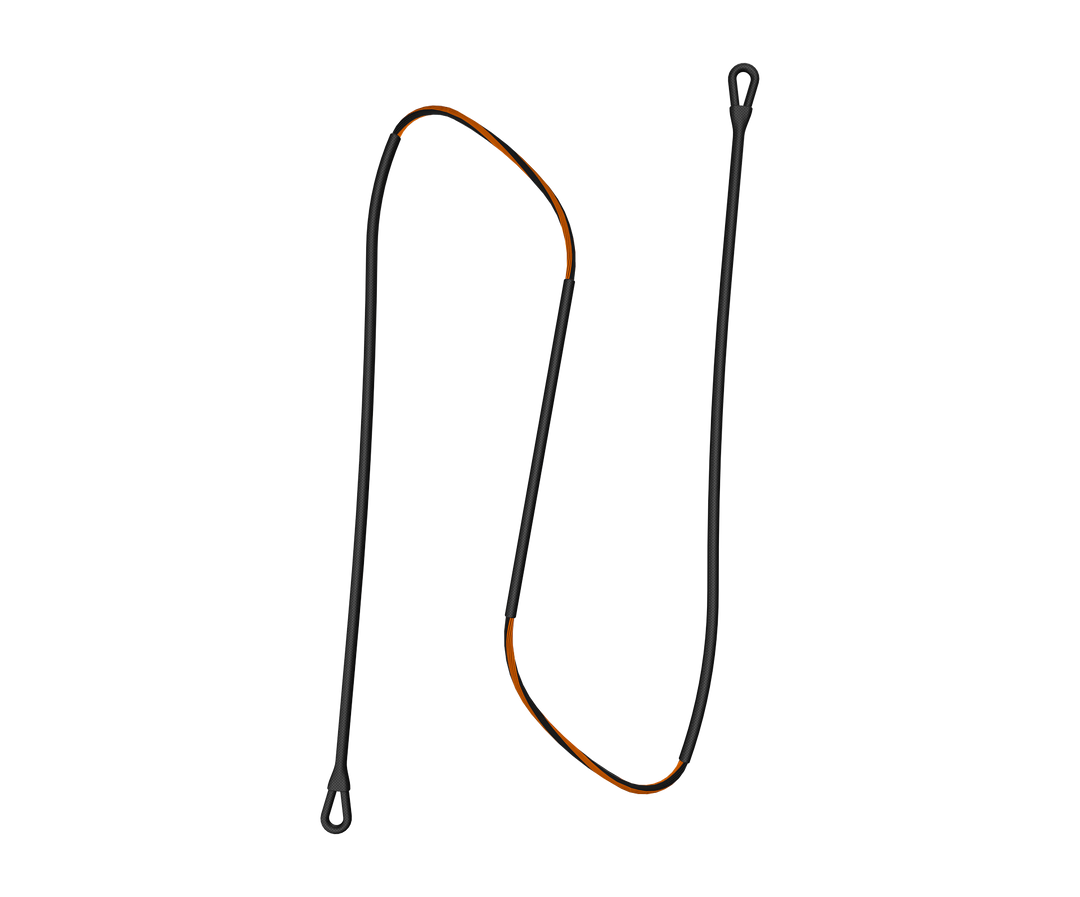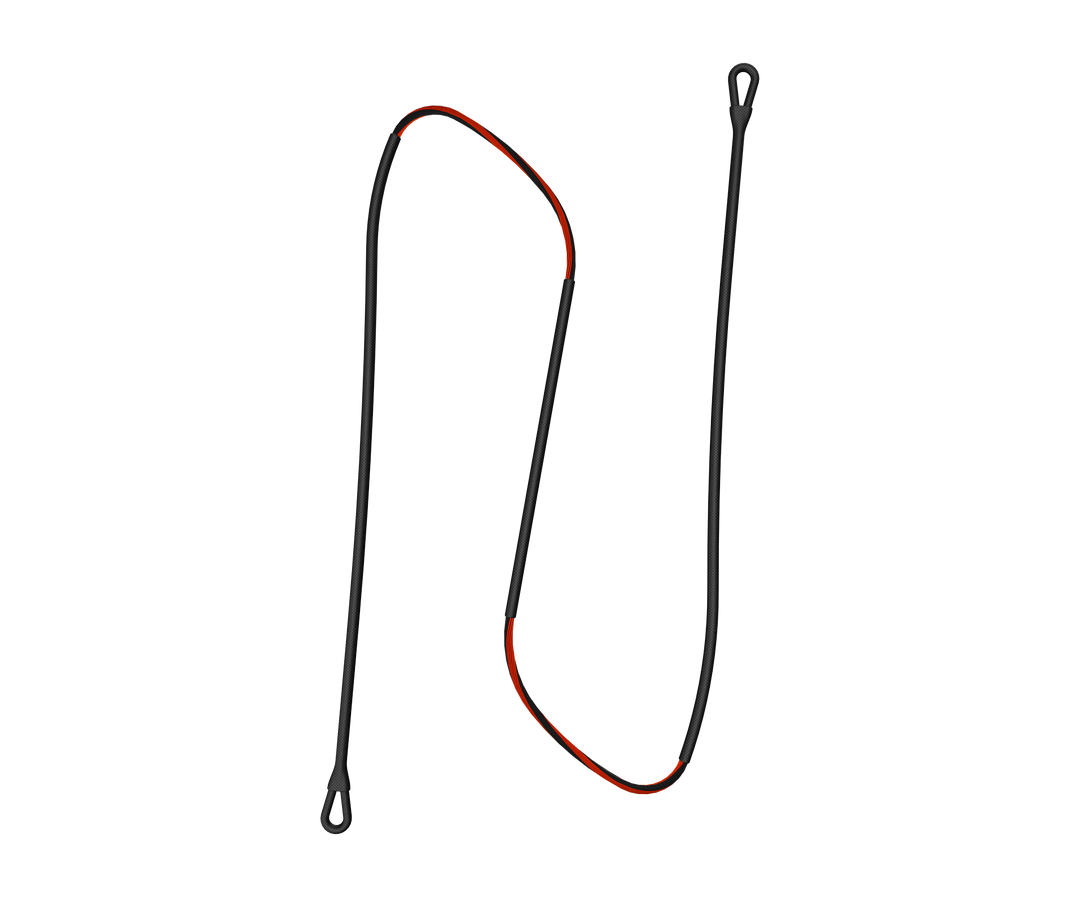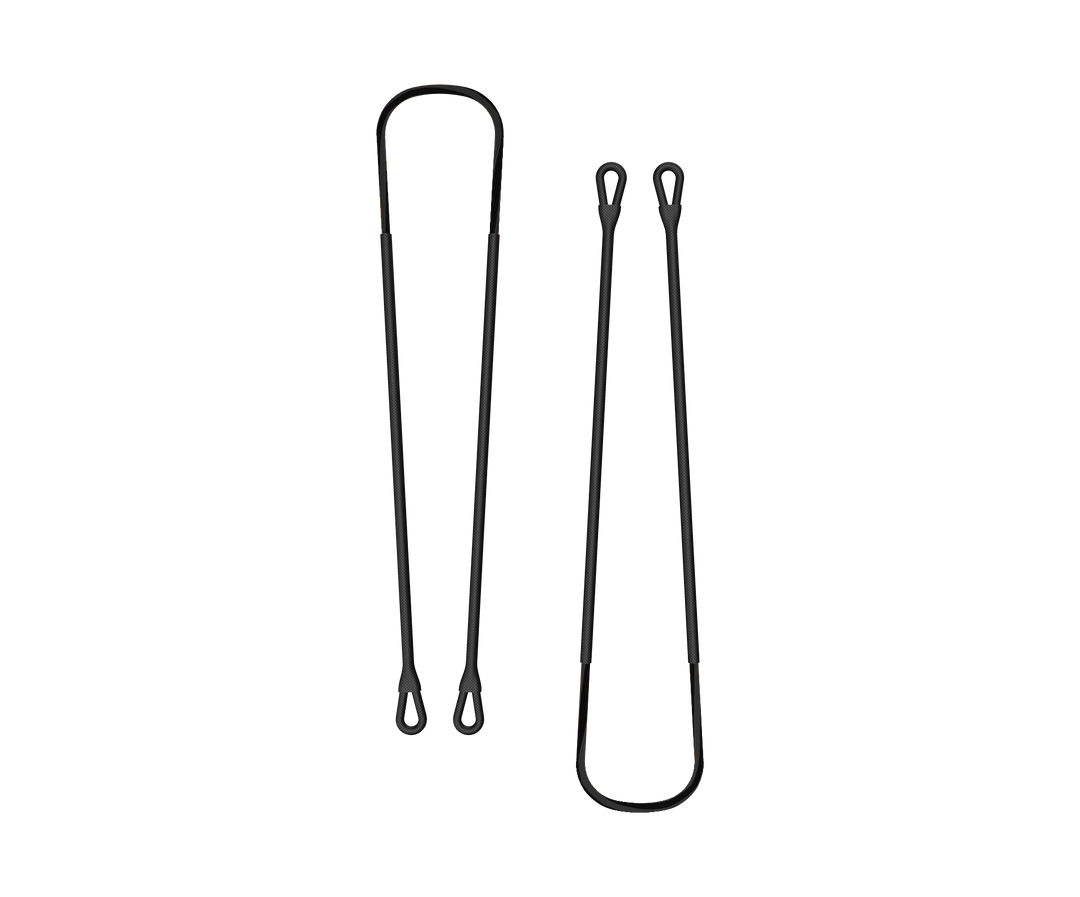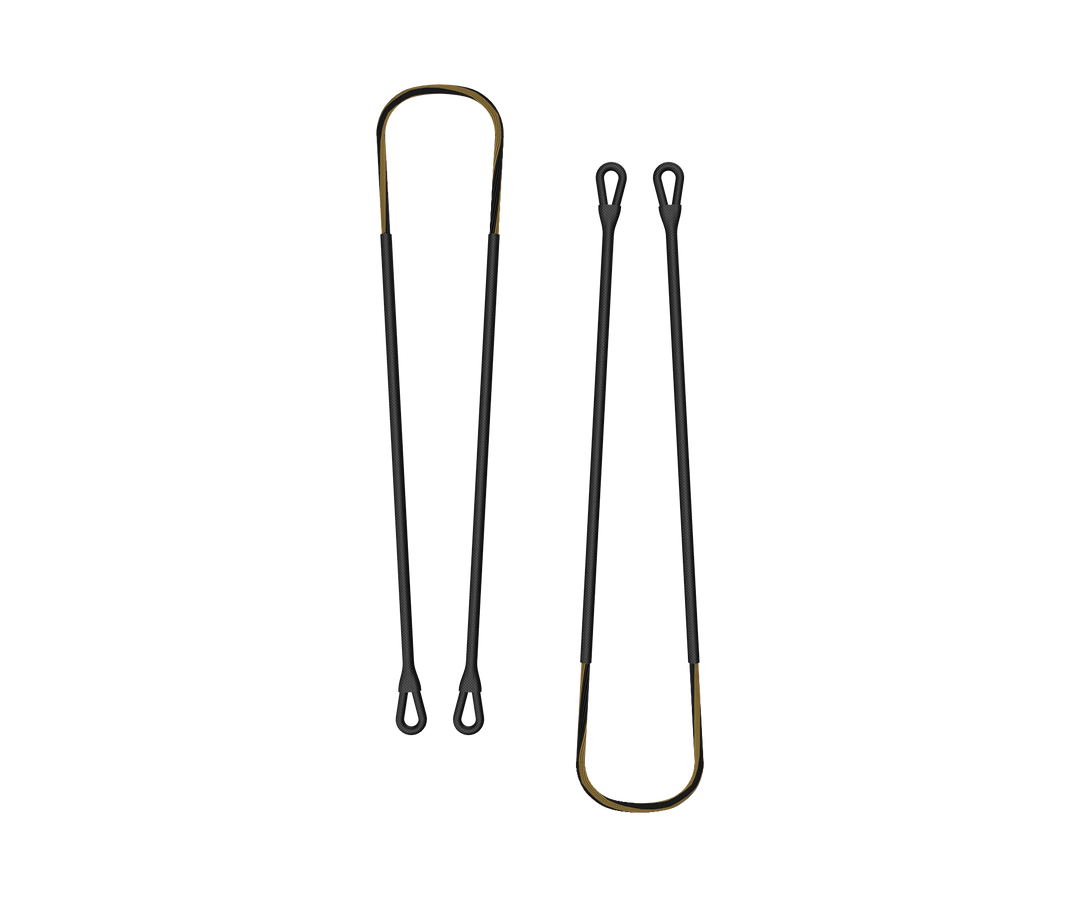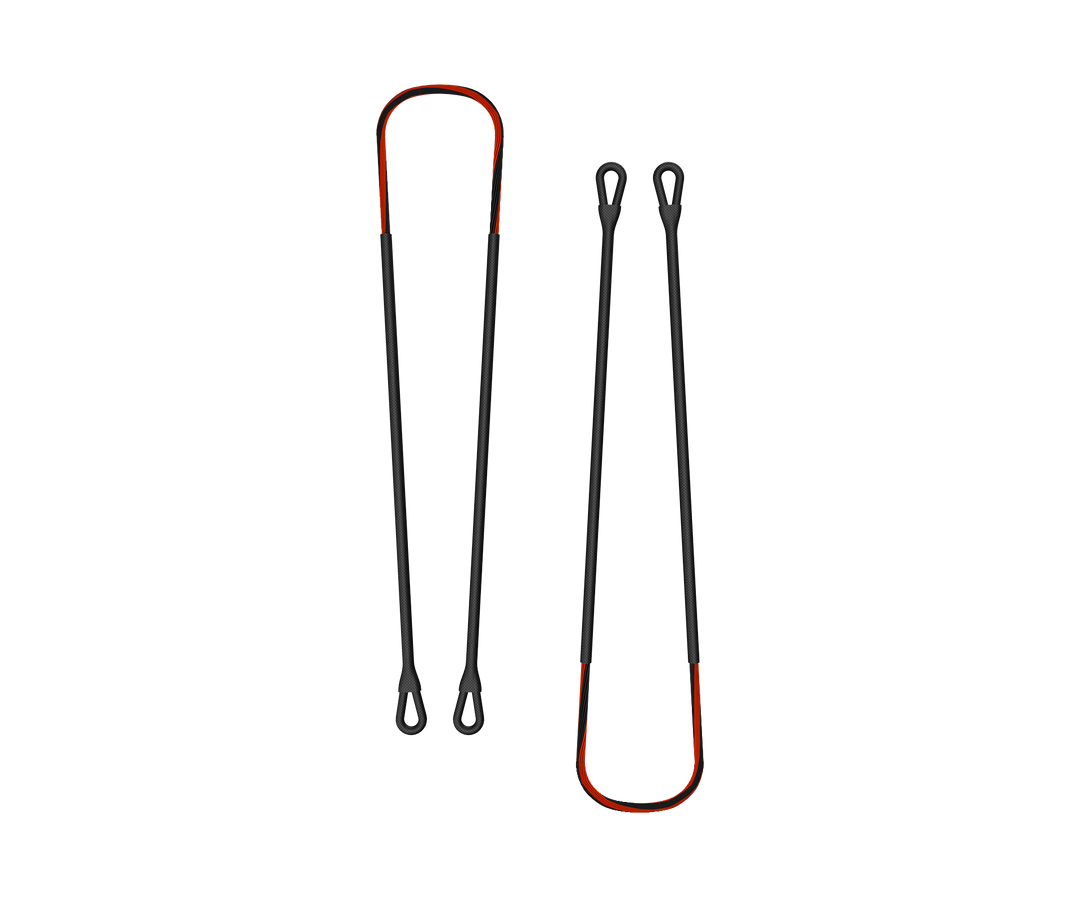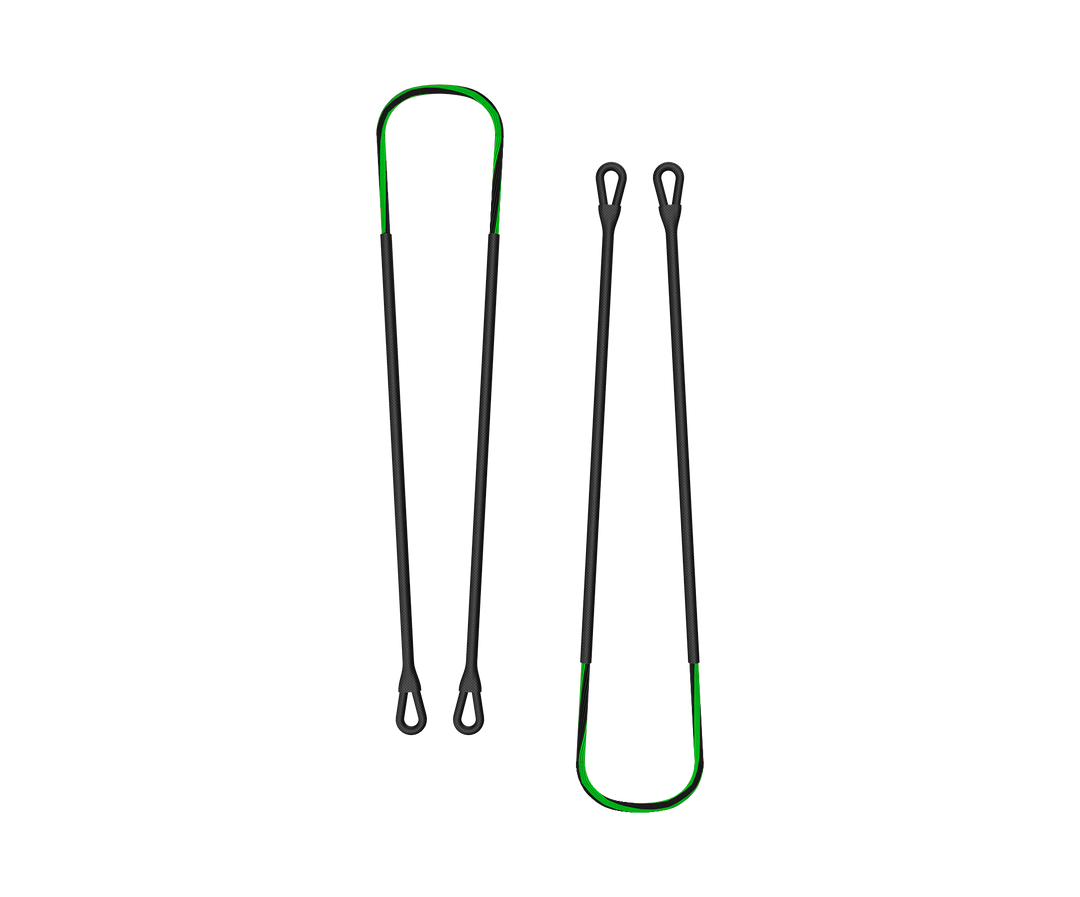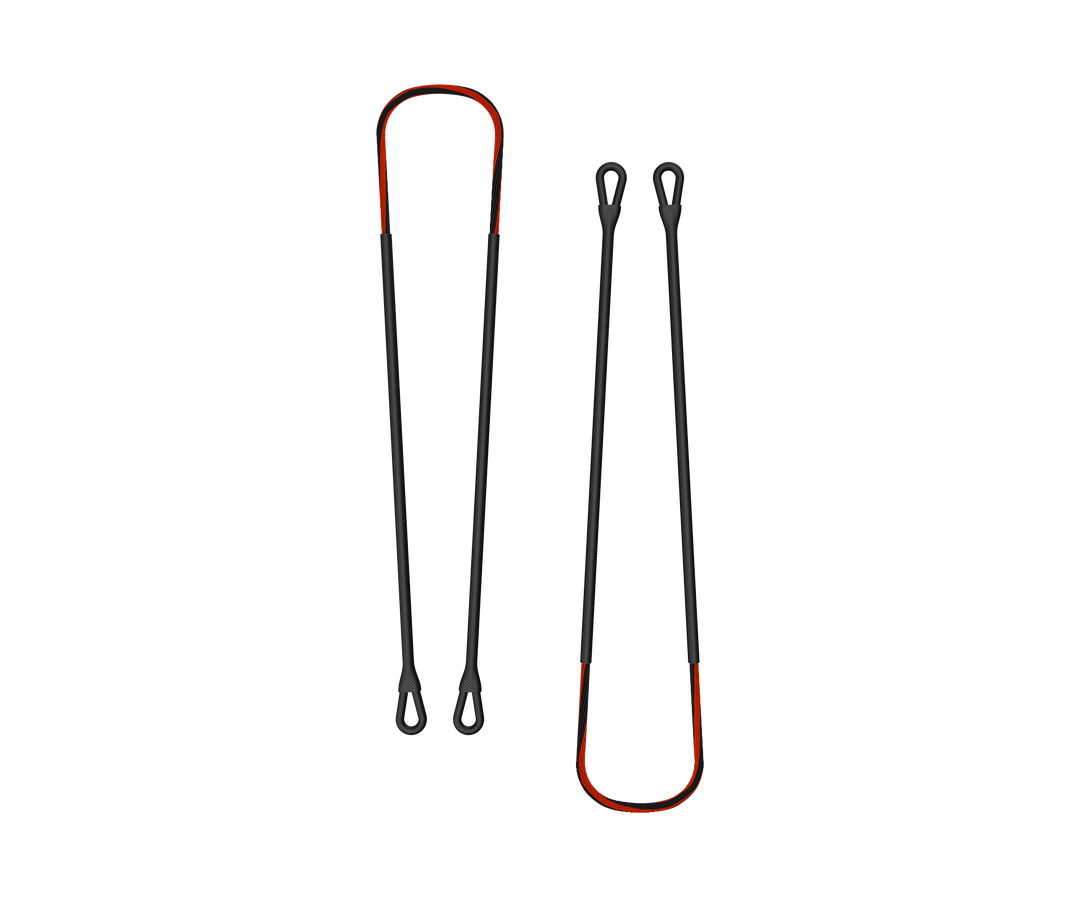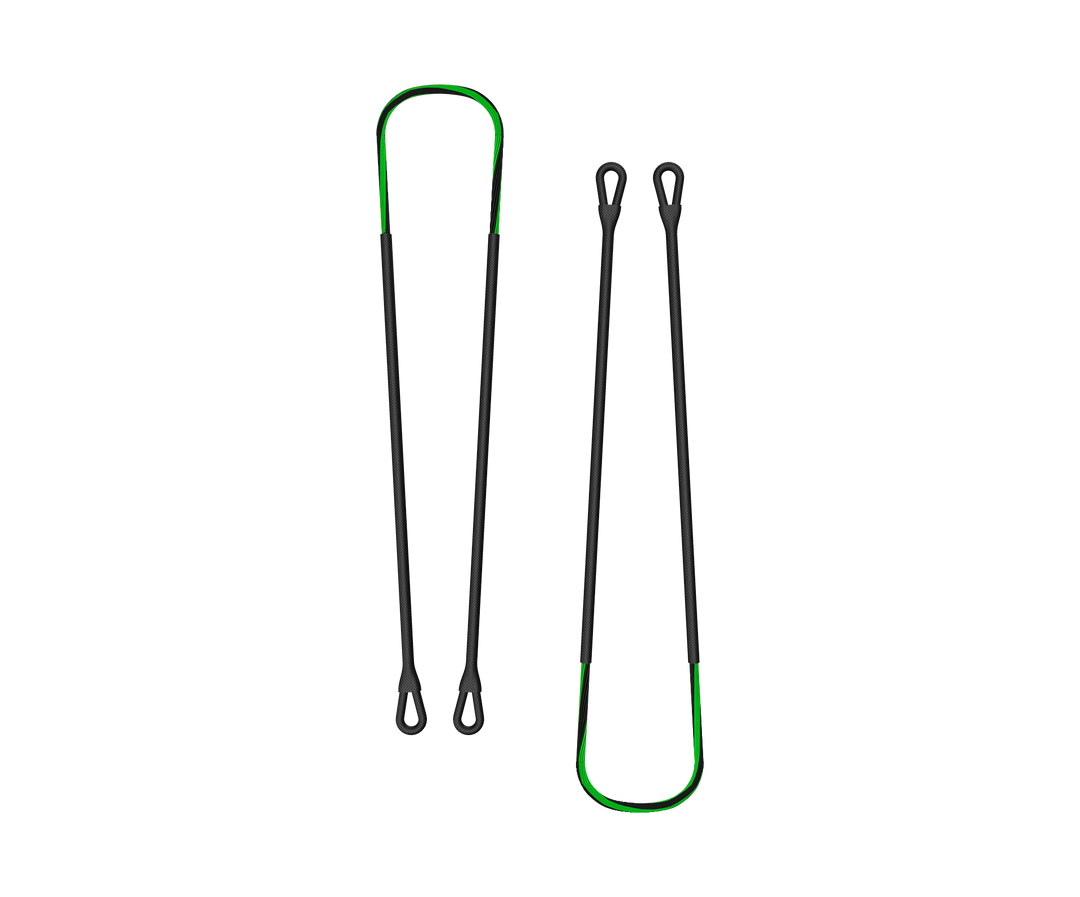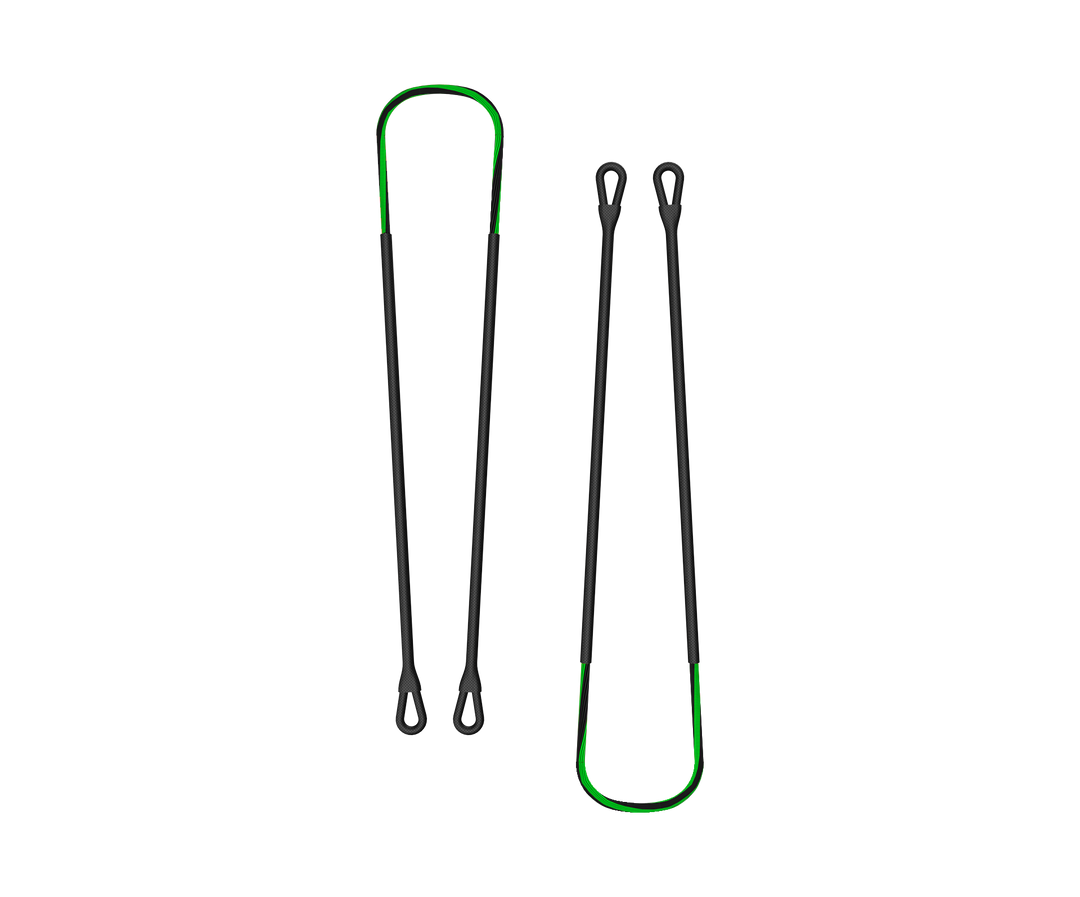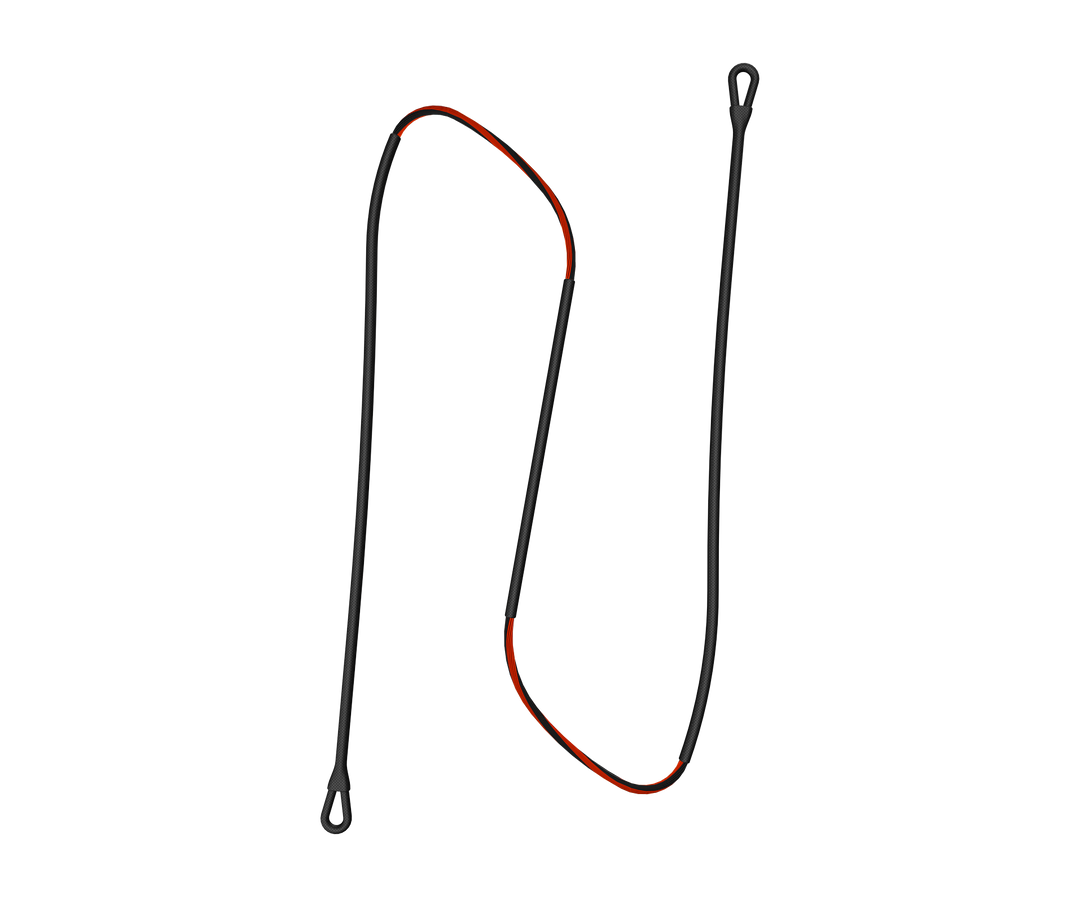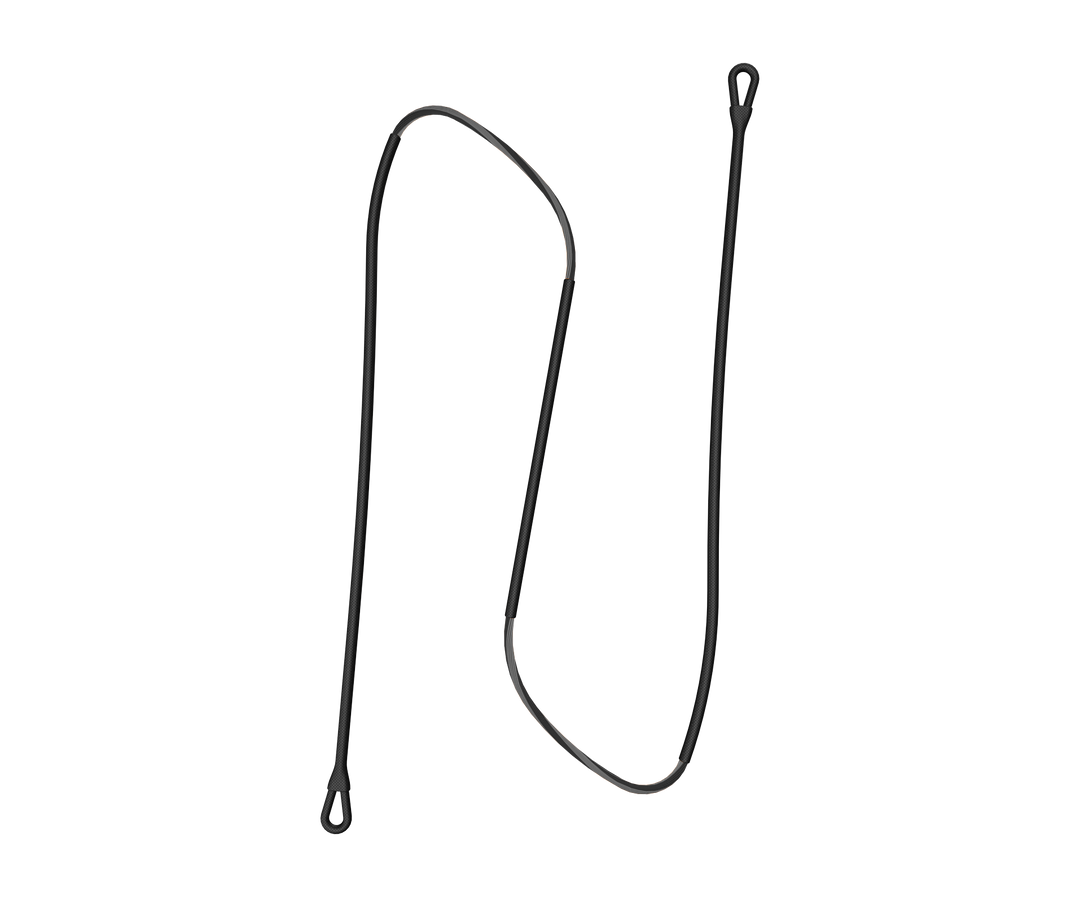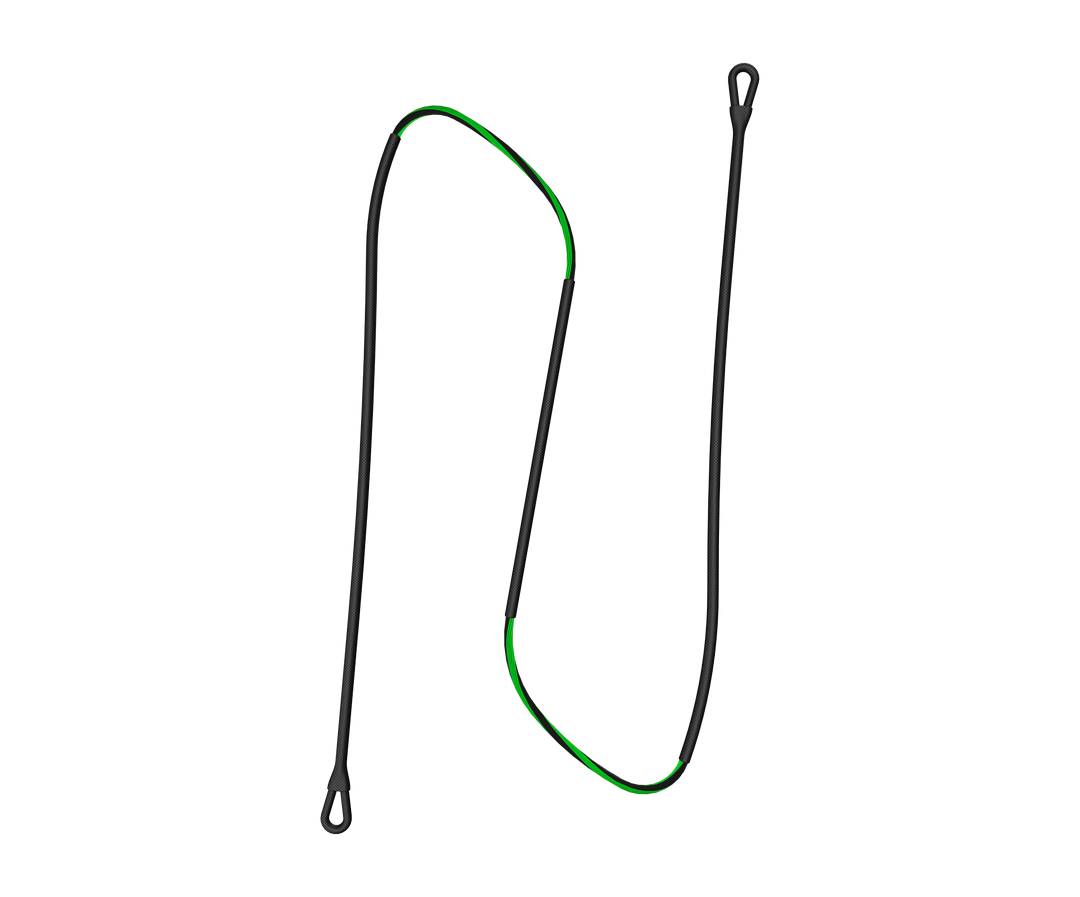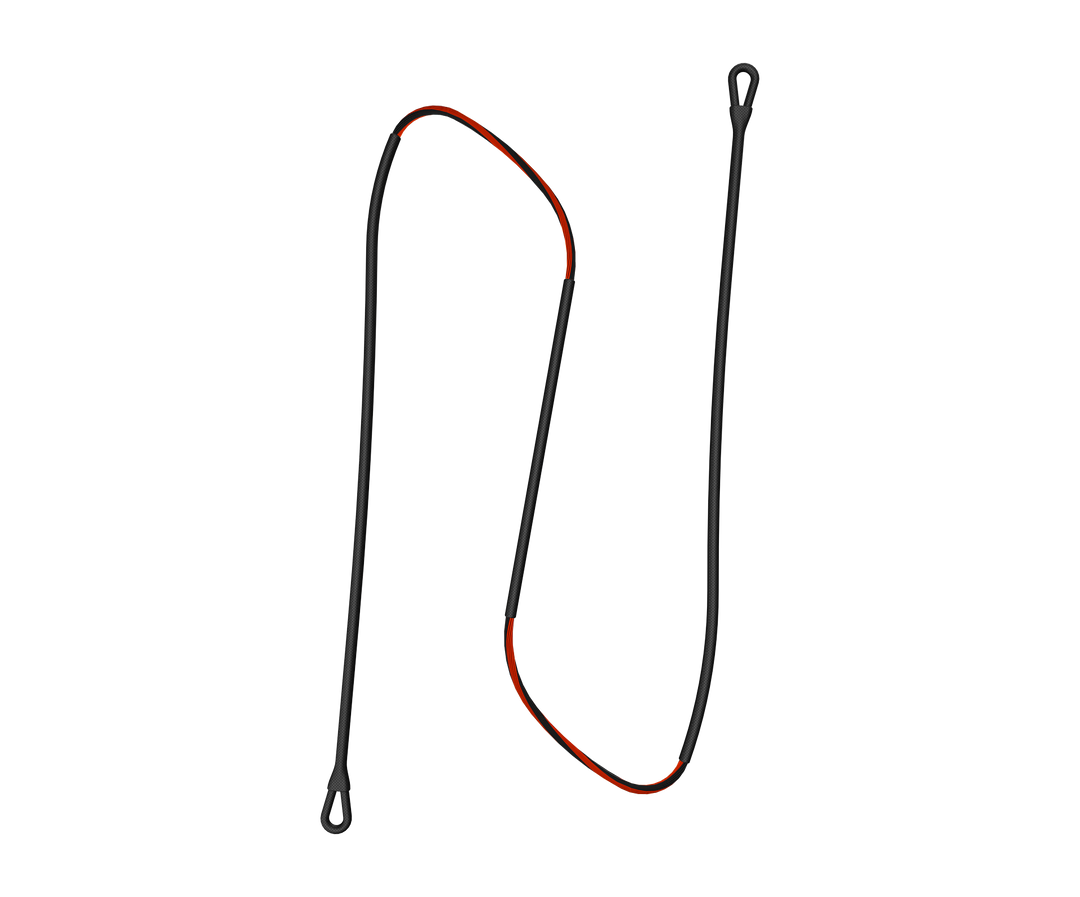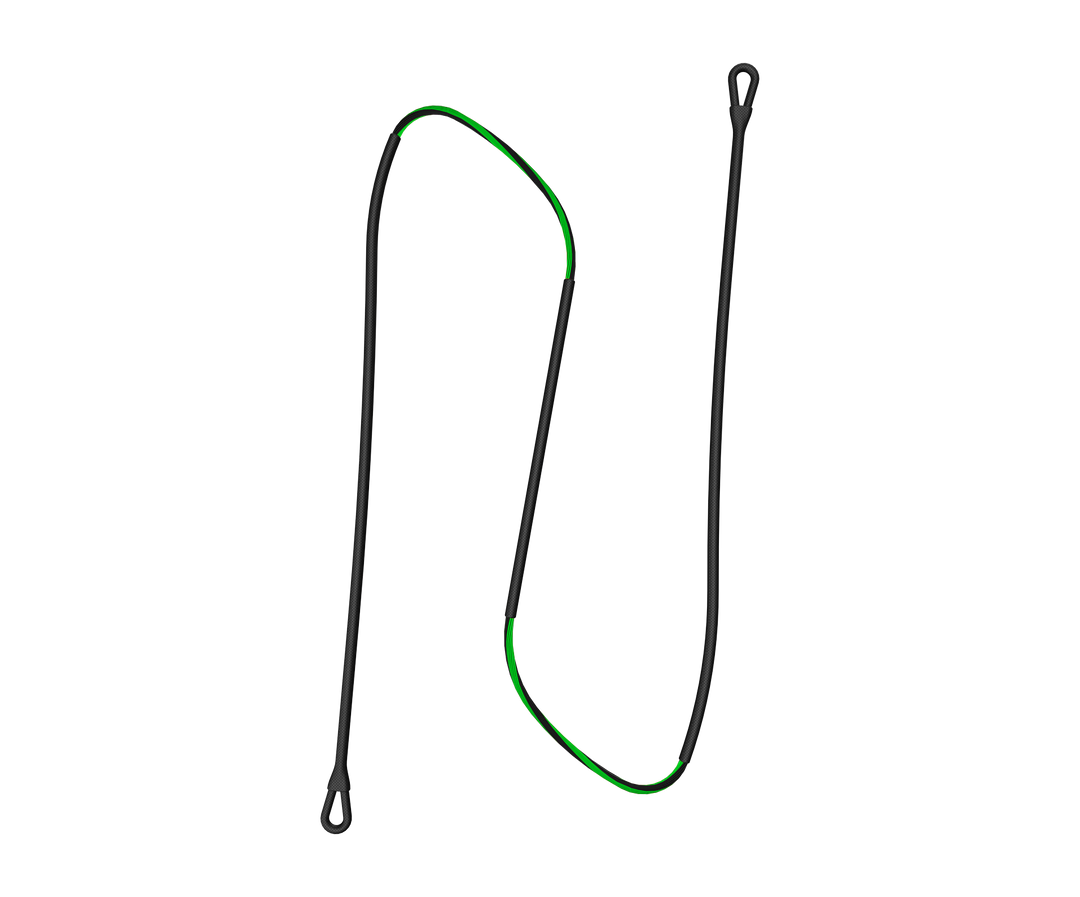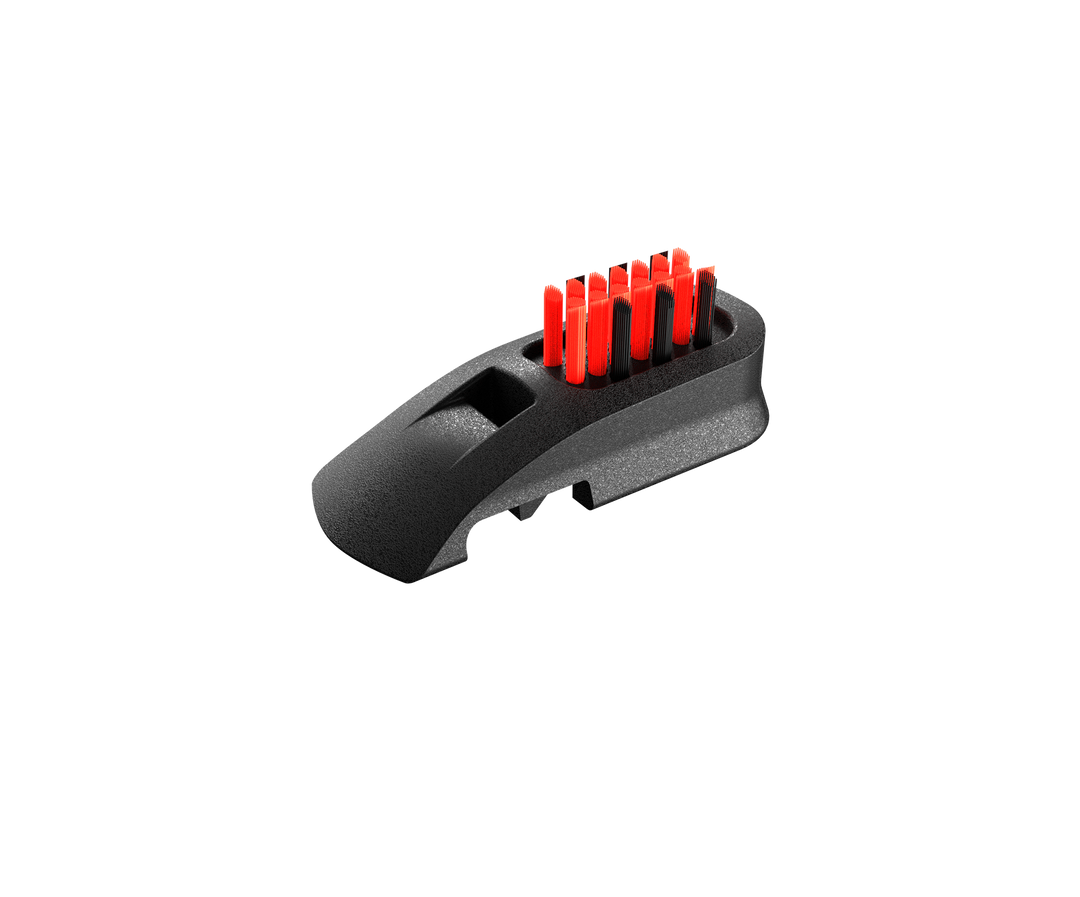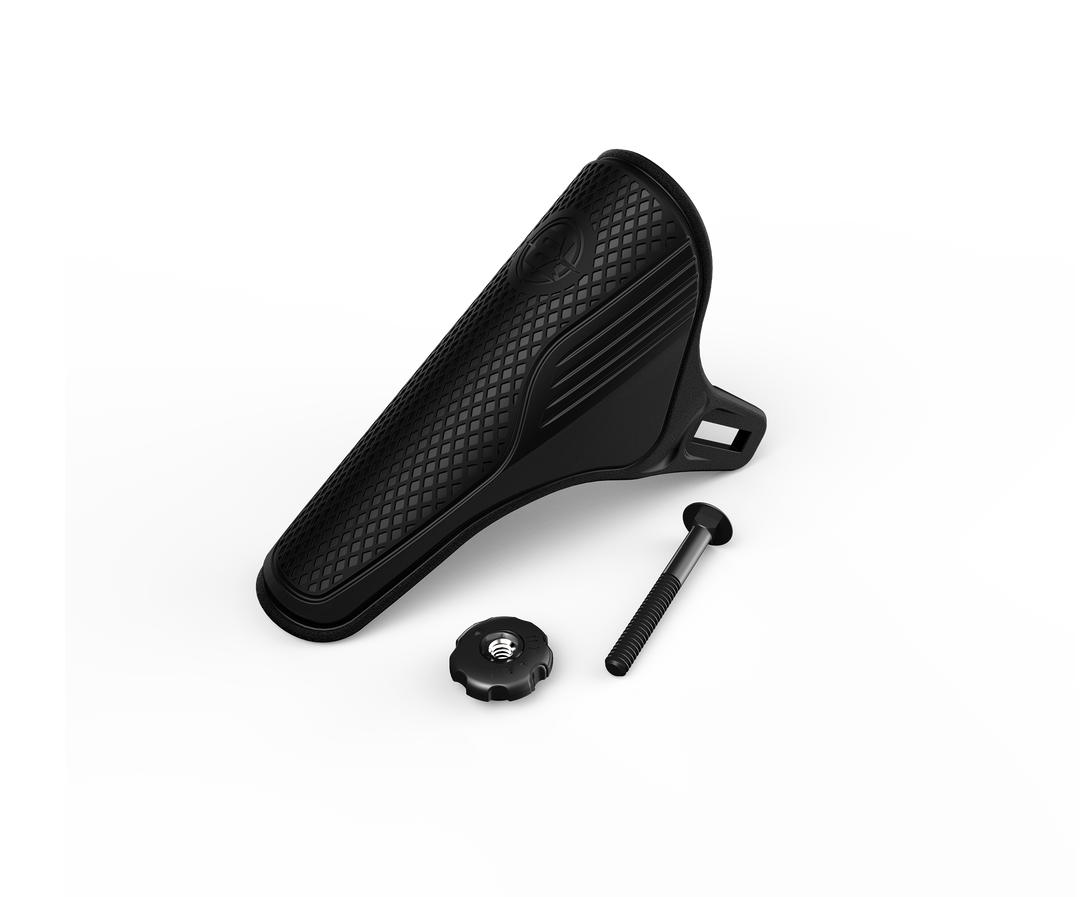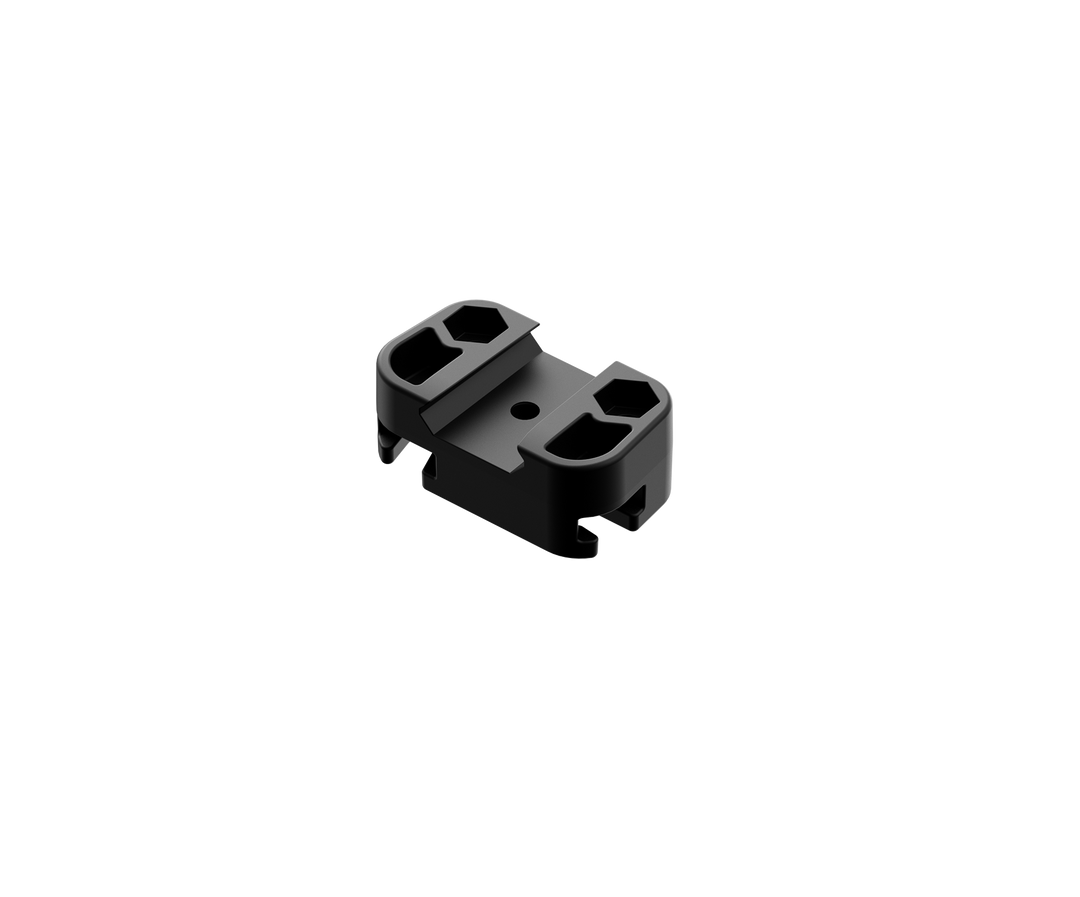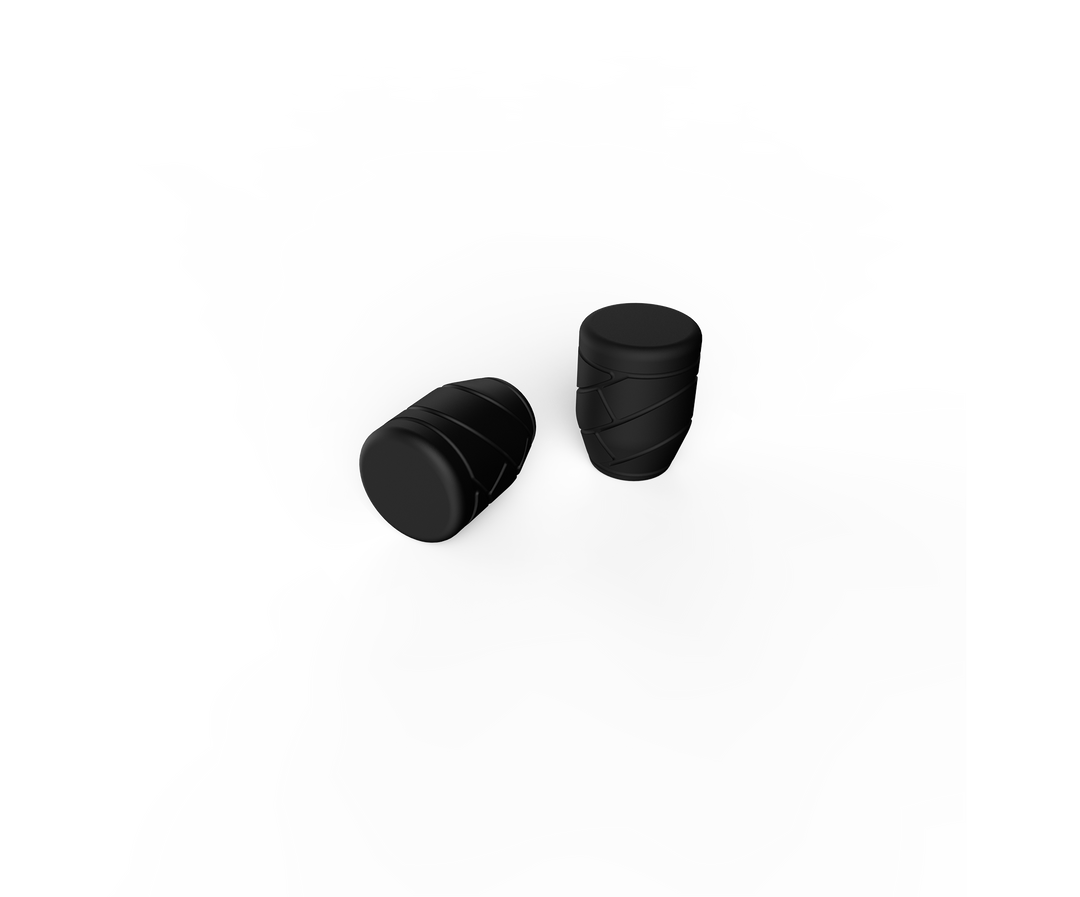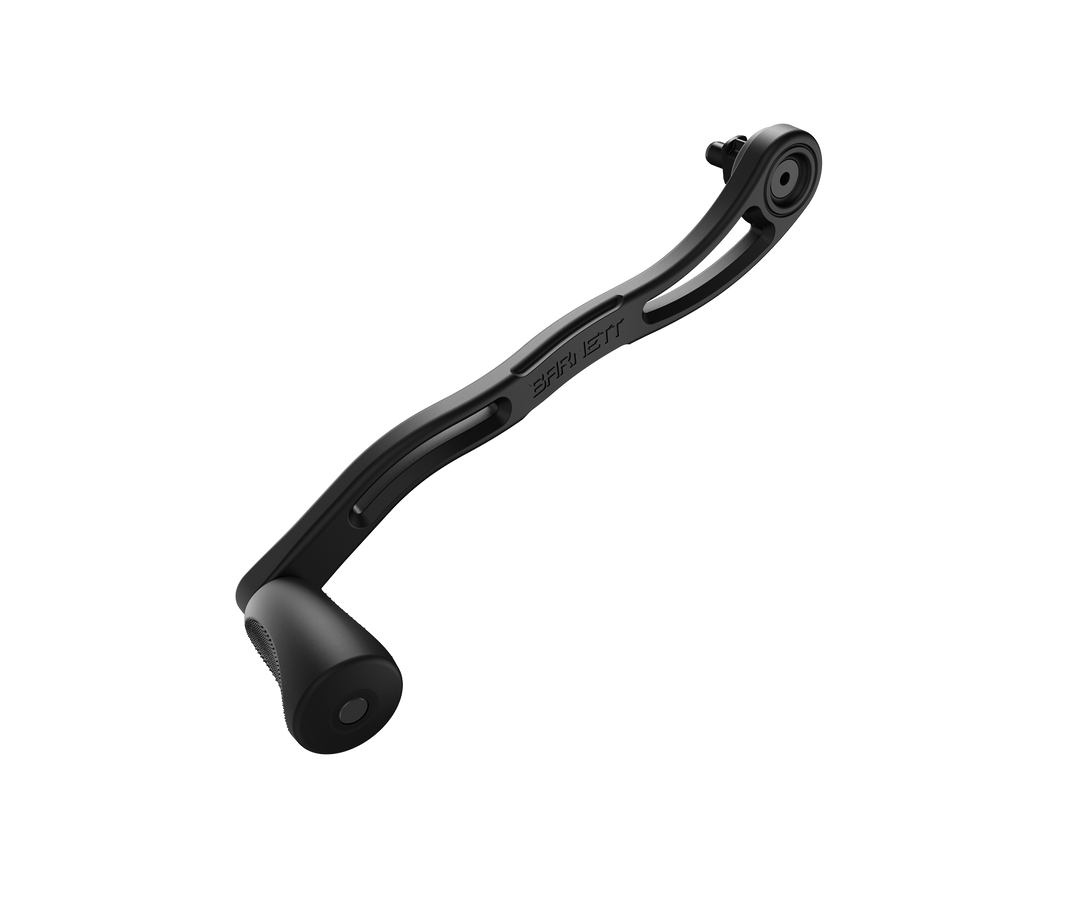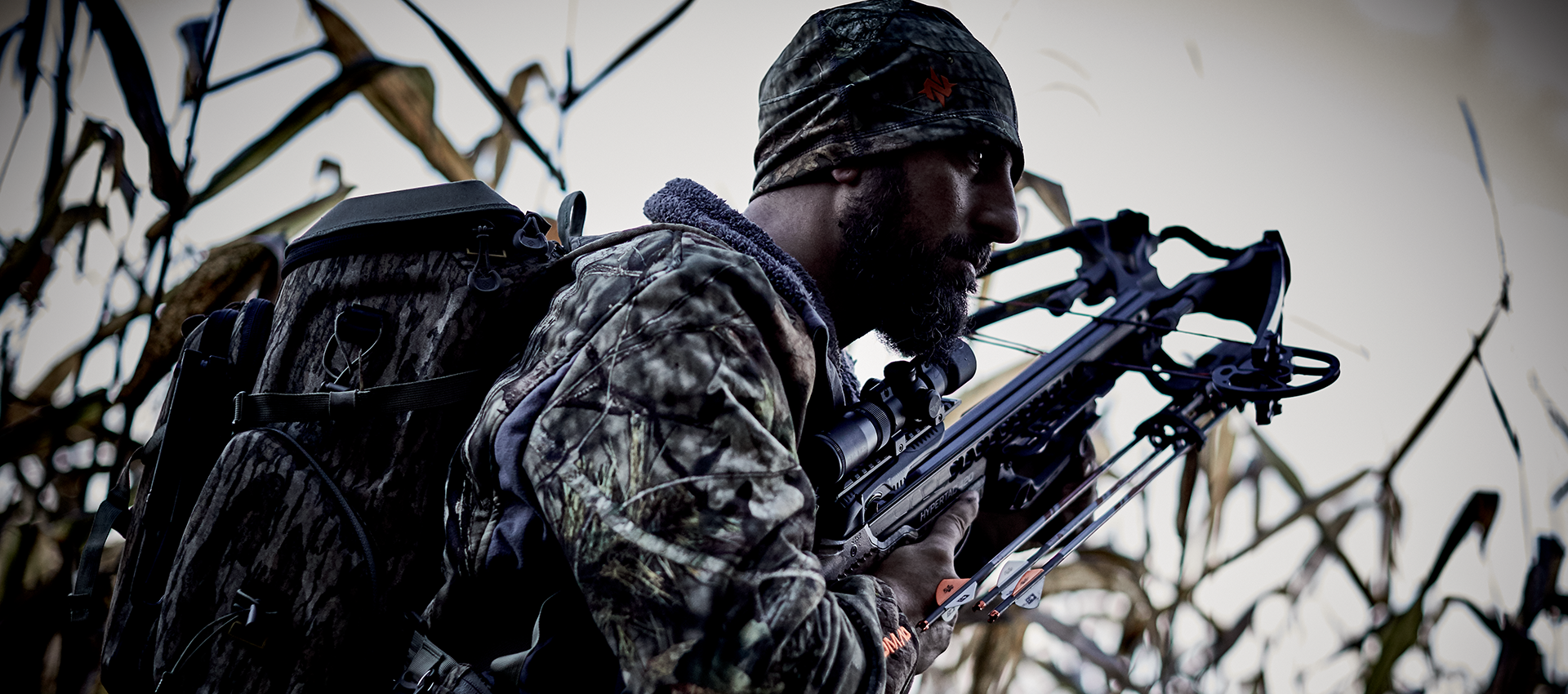
Glossary
Glossary of Terms
A
ARBALIST
Someone who shoots a bow.
ARROW
A projectile used in archery.
ARROW/FLIGHT TRACK
The opening through the center of a crossbow where the arrow passes.
ARROW RETAINER
A bristle brush at the back of the arrow/flight track that keeps tension on a properly loaded arrow.
B
BOLT
Another term to describe a projectile specifically used in crossbow shooting. Typically bolts are shorter than traditional arrows
BROADHEAD
A sharp tip with blades at the end of an arrow shaft that is most effective for hunting. The two most common types of broadheads are fixed and mechanical.
BUTT PAD
The padding at the very back of the stock that nestles into the user's shoulder when shooting a crossbow.
C
CABLES
The system of strings in compound crossbows that run between both cams. The cables help in drawing the bow but are not cocked like the string.
CAM
The round wheel at the end of each limb on a compound crossbow that acts as a pulley to help manage energy during crossbow operation.
COCKED
The state a crossbow is in when the string is pulled back. A cocked crossbow is not necessarily a loaded crossbow, but a crossbow must first be cocked in order for an arrow to be loaded and fired.
COMPOUND CROSSBOW
A type of bow that incorporates cams or wheels into the traditional limb assembly.
CRANK COCKING DEVICE
An optional accessory that can be used to cock a crossbow. (Barnett recommends using the supplied rope cocking device that comes with your crossbow for cocking.)
D
DRAW WEIGHT
The amount of force, measured in pounds, it takes to cock a crossbow.
DRY FIRE
When a cocked crossbow string is released without a properly weighted arrow installed. This is extremely dangerous and can seriously damage your crossbow.
E
EYE RELIEF
The distance between an optic (e.g., red dot sight or scope) and the eye at which a viewer can obtain a full, clear field of view.
F
FIELD POINT
A pointed arrow tip used most often in practice. Field points don't have the cutting power of broadheads and usually aren't as effective for hunting.
FINGER SAFETY REMINDERS
Long, thin plates added to either side of the rail meant to discourage users from placing their fingers above the arrow/flight track. This helps avoid possible injury from the string striking the user's fingers when a crossbow is shot.
FIXED BROADHEAD
A broadhead with 2-4 blades that stay fixed in place once the arrow strikes its intended target.
FLETCHING
The "wings" at the back of an arrow that help stabilize it in flight. This term is often used interchangeably with "vanes," but fletching is typically made of feathers.
FPS
The forward part of a crossbow the support hand grips to provide additional balance/stabilization.
FOREGRIP
The abbreviation for "Feet Per Second" used to define speed when shooting a crossbow.
L
LIMB
The bent arm to the left or right of the center rail that holds the majority of kinetic energy when the bow is cocked.
LUBE WAX
A substance that should be regularly applied to the string and cables of a crossbow to keep it functioning at an optimum level.
M
MECHANICAL BROADHEAD
A type of broadhead with blades concealed in the shaft of the arrow that "open" once the arrow strikes its intended target.
N
NOCK
The groove at the very back of an arrow that touches the string. Barnett recommends only using arrows with half-moon or moon (flat) nocks.
O
OPTIC
An object mounted to the crossbow that helps a shooter aim appropriately. Red dot sights and scopes are both optics.
P
PICATINNY RAIL
A mounting rail where accessories (such as a scope) are attached.
POWER STROKE
The distance covered when drawing the string from a resting position to a fully cocked position.
Q
QUIVER
A device used to hold arrows or bolts.
R
RAIL
The long, flat section of a crossbow where the arrow is loaded.
RECURVE CROSSBOW
The simplest type of crossbow that depends on a set of limbs or a single limb (rather than cams or wheels) to draw the bow.
RED DOT SIGHT
This optic does not have magnification power, but uses an illuminated red dot to show the shooter where his/her arrow will land on the intended target. Some sights also use a green dot.
RETICLE
The crosshairs on a scope that help a shooter line up on target.
REVERSE DRAW CROSSBOW
A crossbow with the riser assembly built in the middle of the stock rather than the front. This creates a more linear crossbow that takes up less space.
ROPE COCKING DEVICE
A tool composed of strings and small plastic handles/hooks used to cock a crossbow. All Barnett crossbows come supplied with a rope cocking device.
RISER
The center support on a crossbow that brings the limbs together.
S
SAFETY
The component located near the trigger mechanism that engages when an arrow is loaded. The safety must be fully in the "ON" position for a crossbow to fire.
SCOPE
A type of optic with magnification power that when mounted to a crossbow can help with longer range shots.
SPINED
Refers to the stiffness of an arrow.
STIRRUP
The element at the front of a crossbow where the user places his/her foot for stability during the cocking process. (May also be referred to as a foot stirrup.)
STOCK
The large rearward portion of a crossbow between the trigger mechanism and the butt pad that is shouldered during crossbow operation.
STRING
The single string that is pulled back and shoots an arrow when released.
STRING DAMPENER
An instrument on either side of the string that helps reduce the sound of the crossbow string and overall vibration when shooting a crossbow.
T
TRIGGER
The mechanism that the user pulls back to fire a crossbow.
V
VANES
The "wings" at the back of an arrow that help stabilize it in flight. This term is often used interchangeably with "fletching," but vanes are typically made of plastic.
